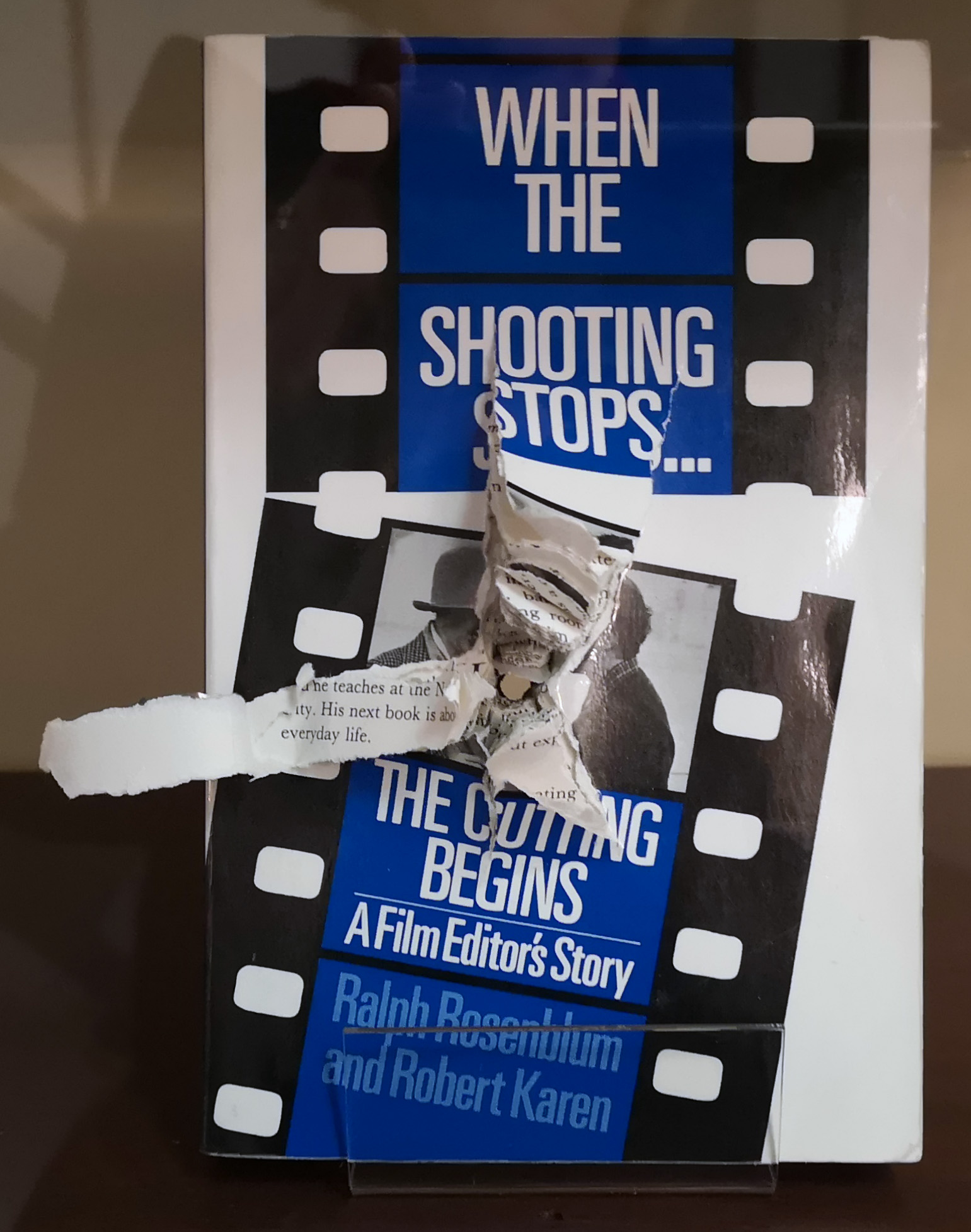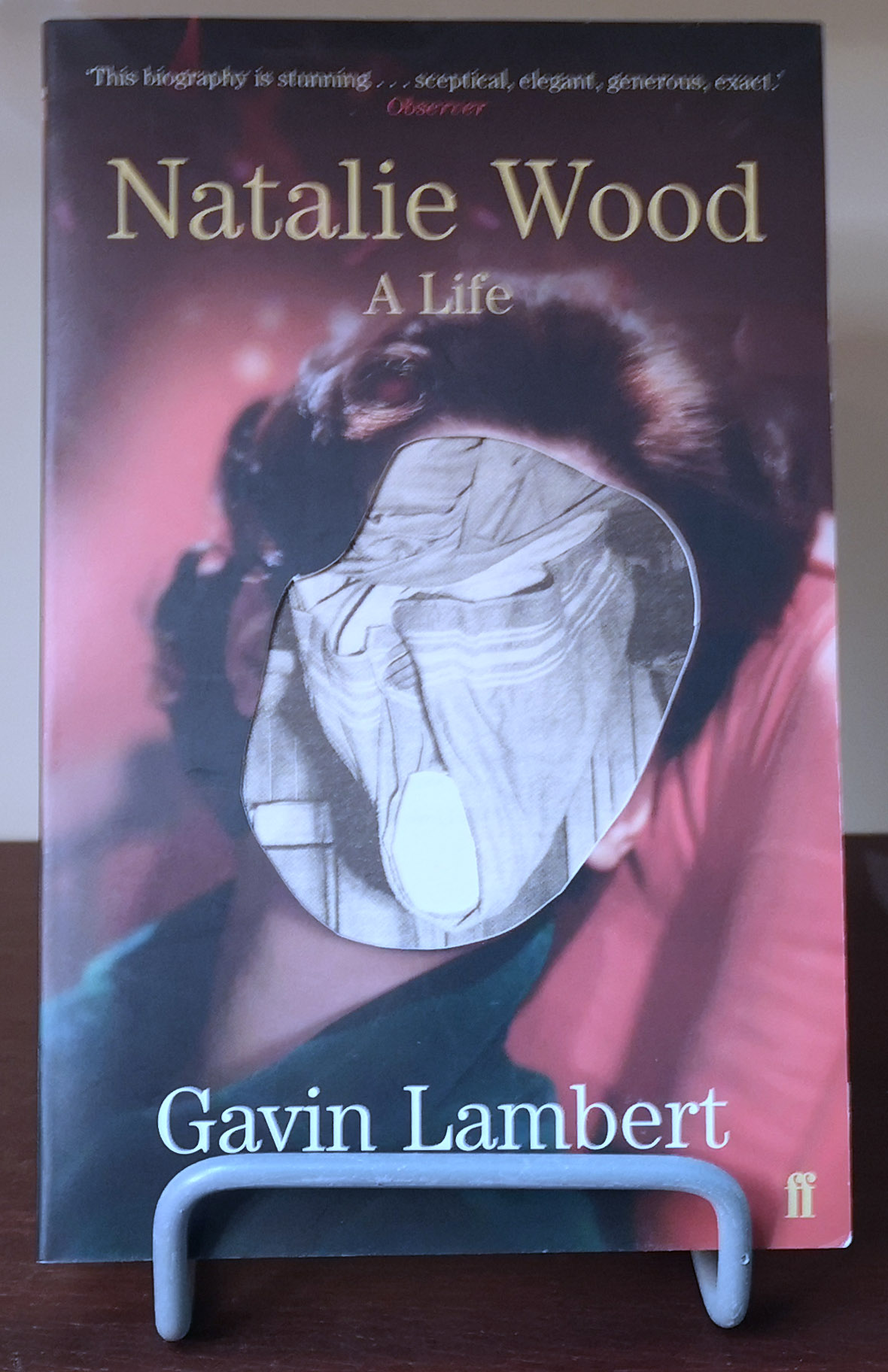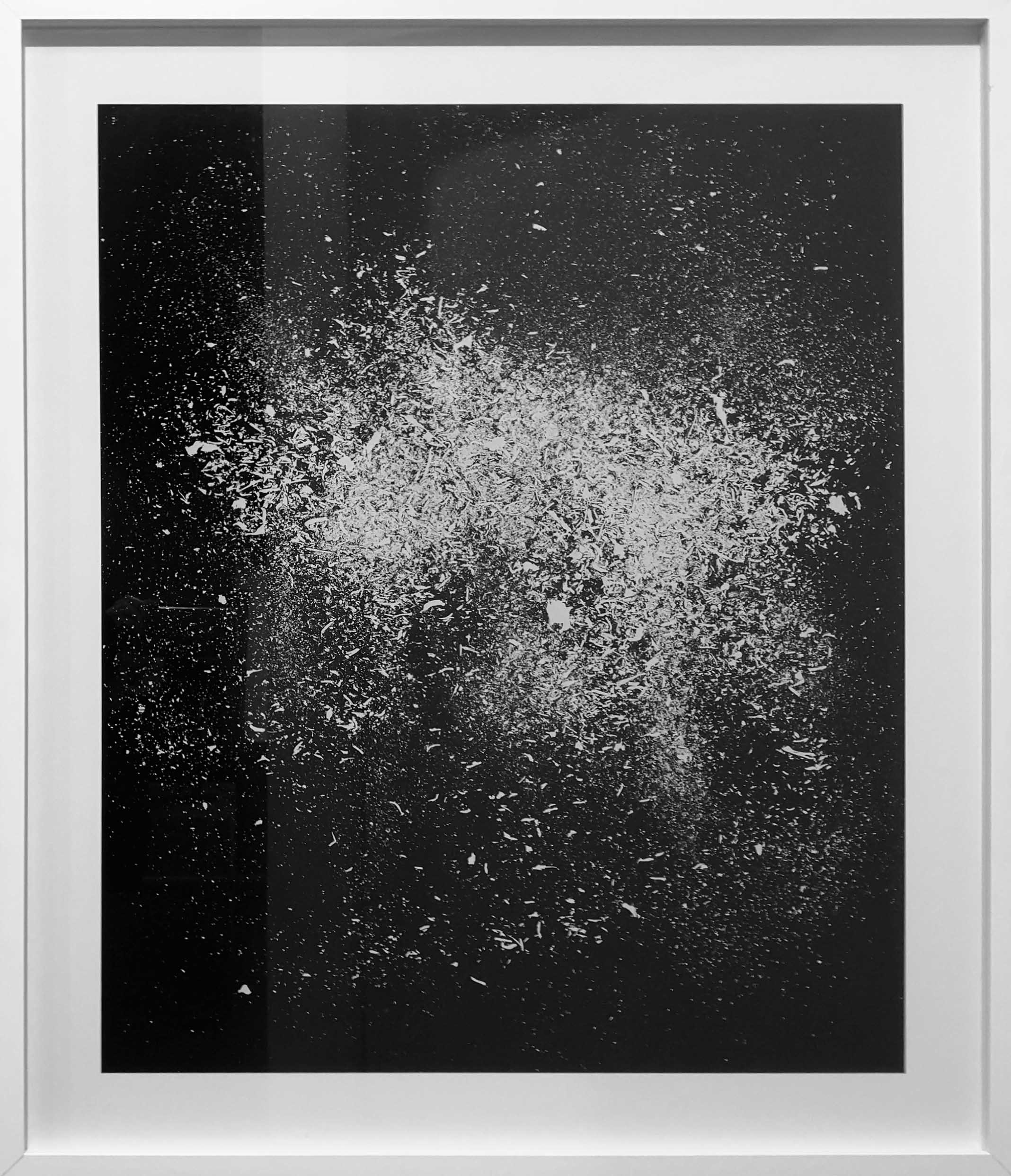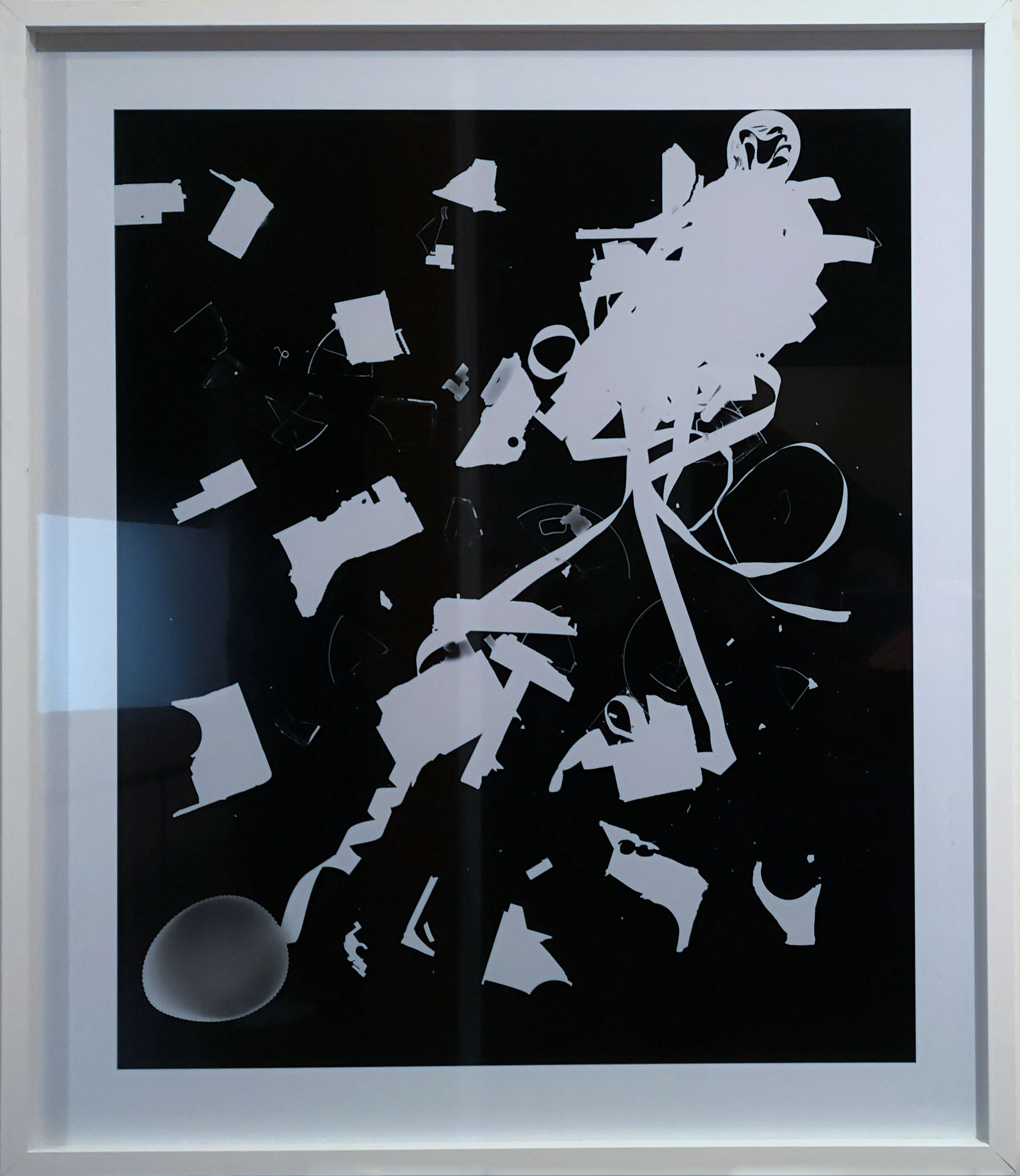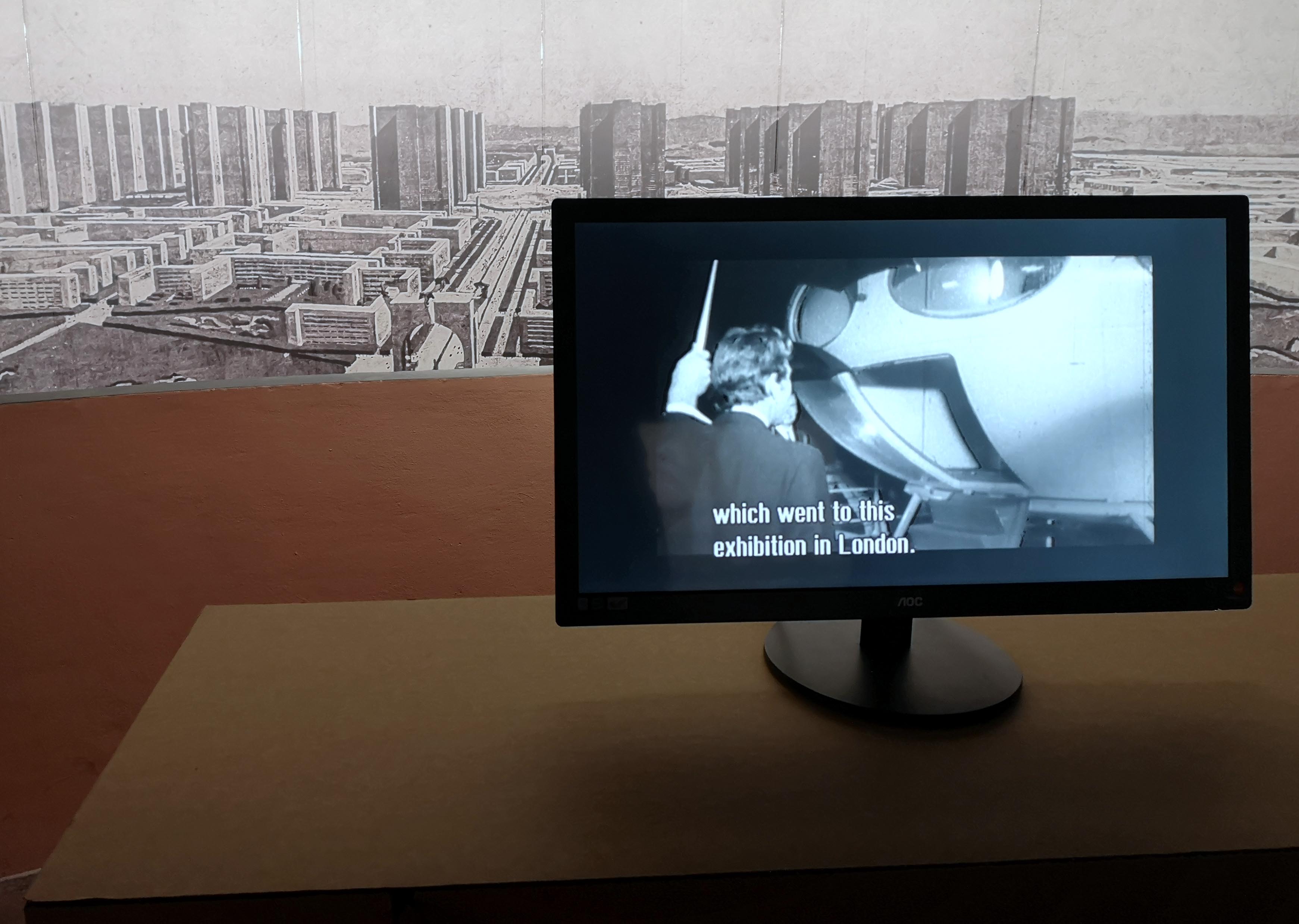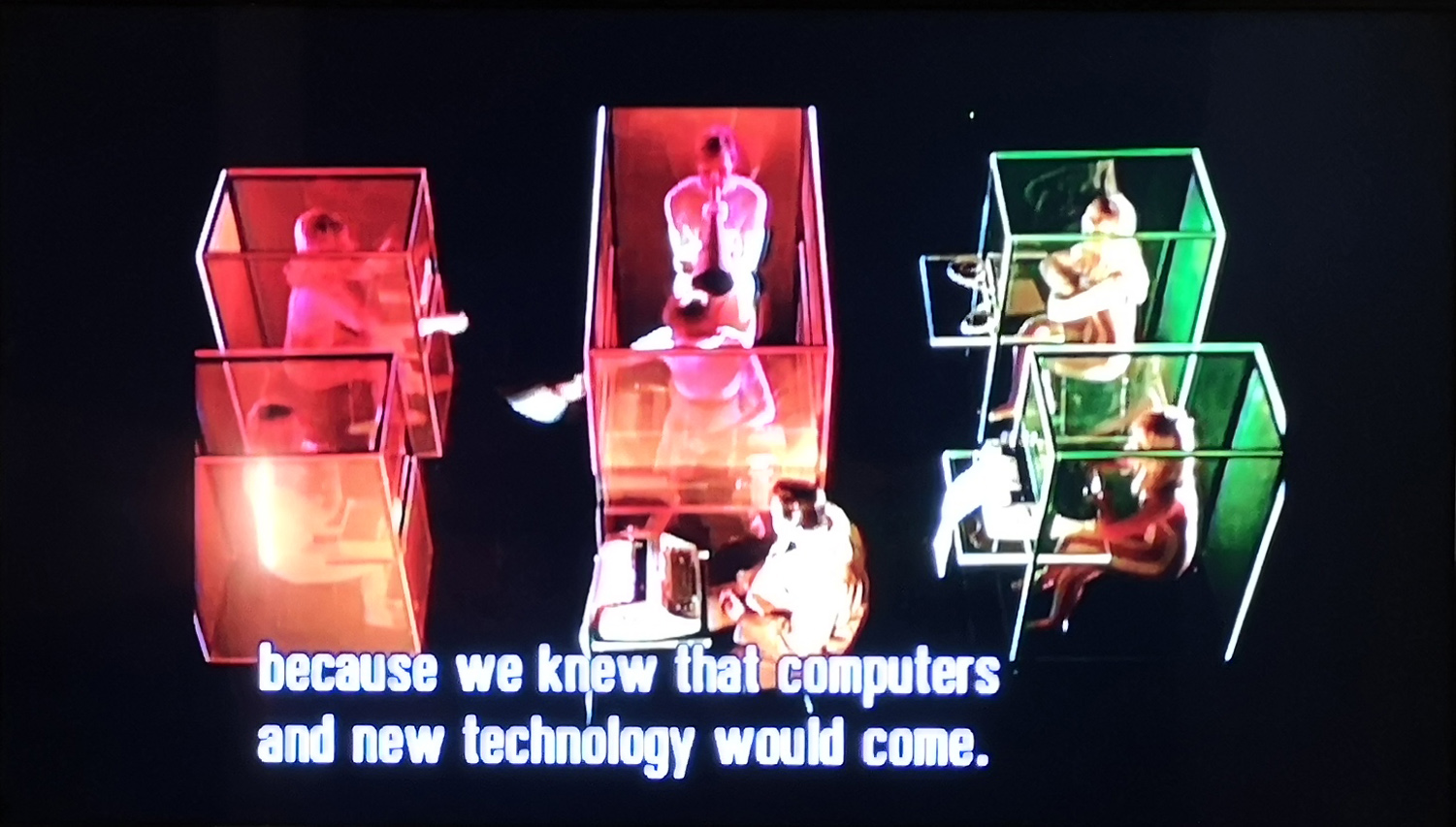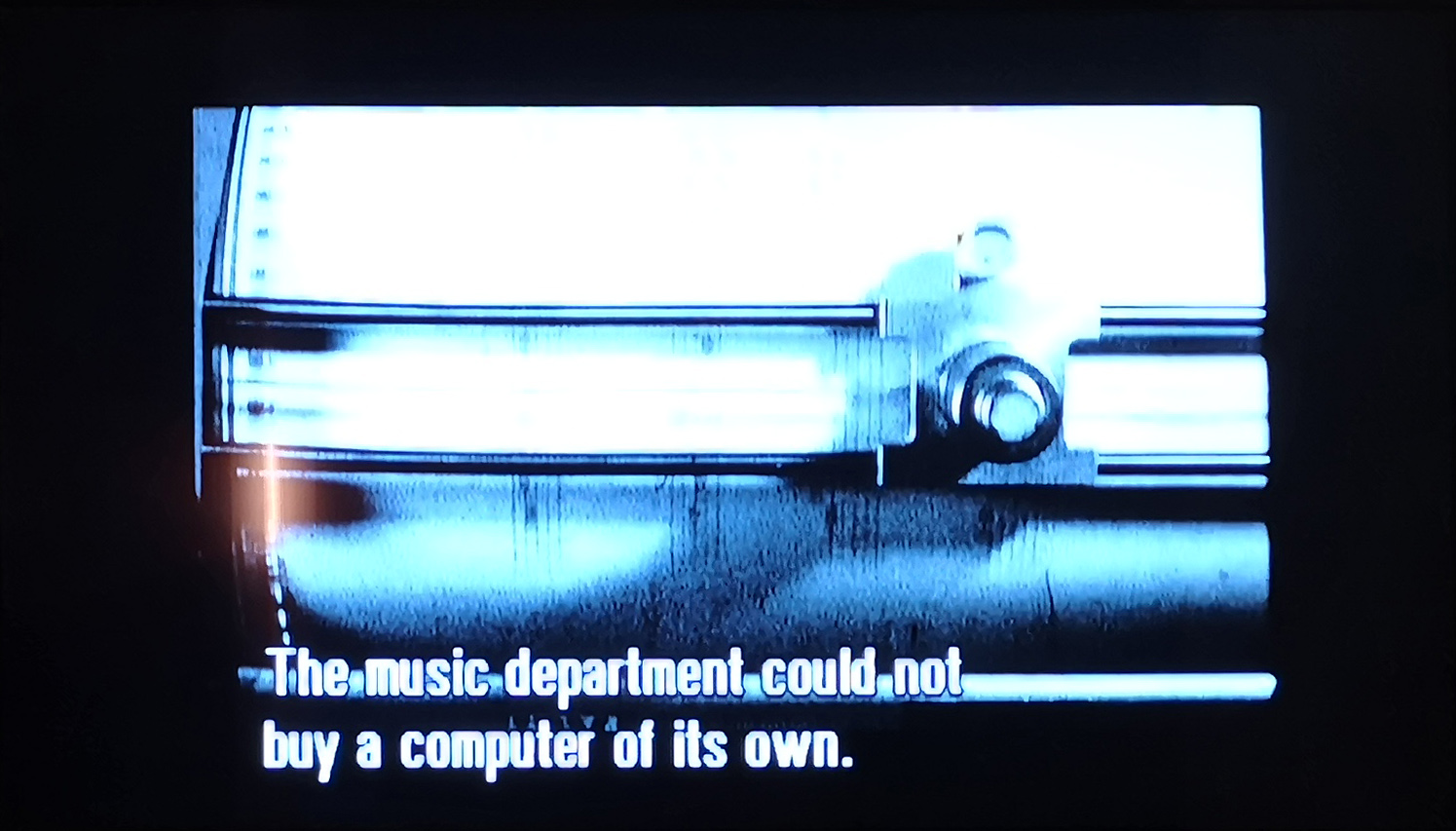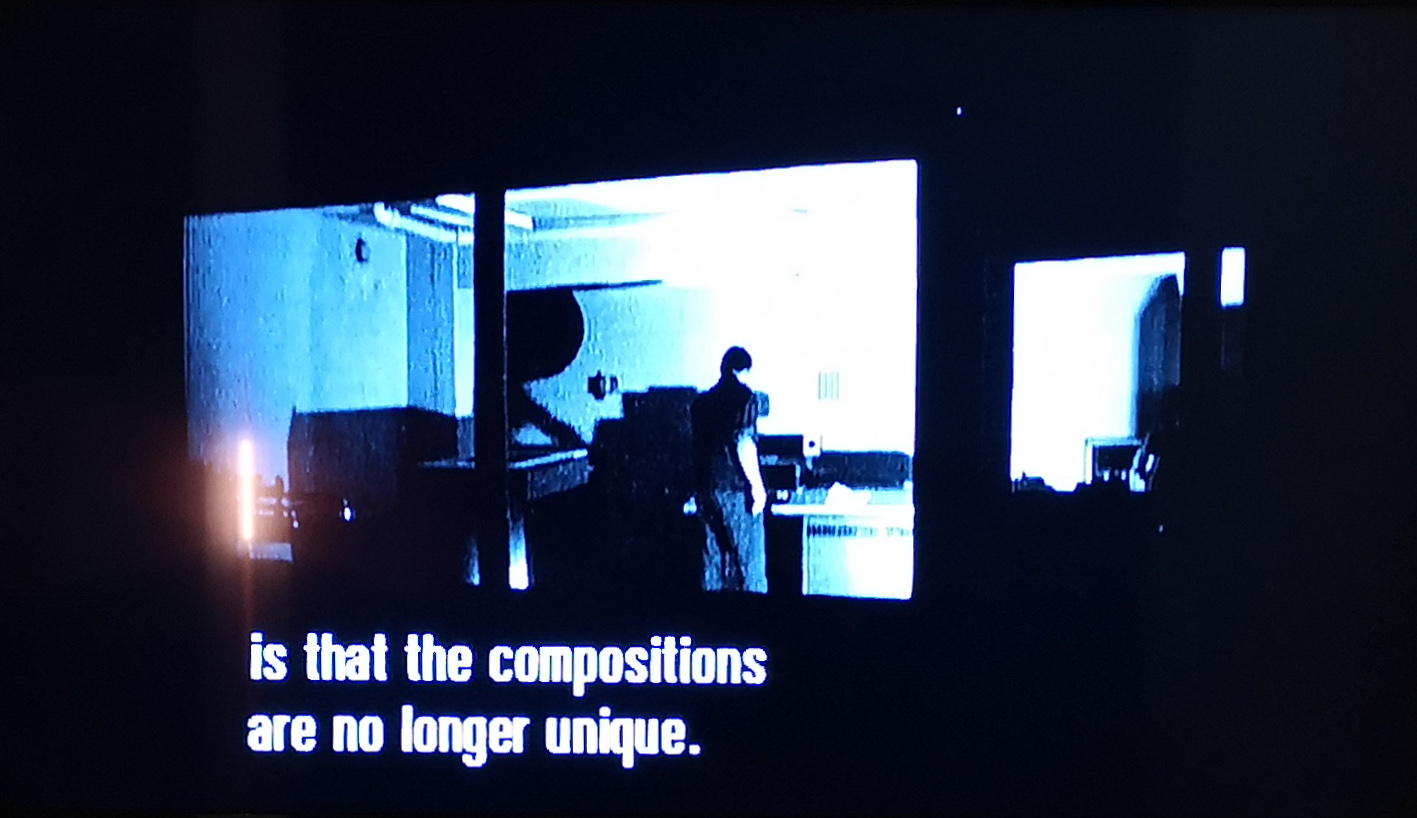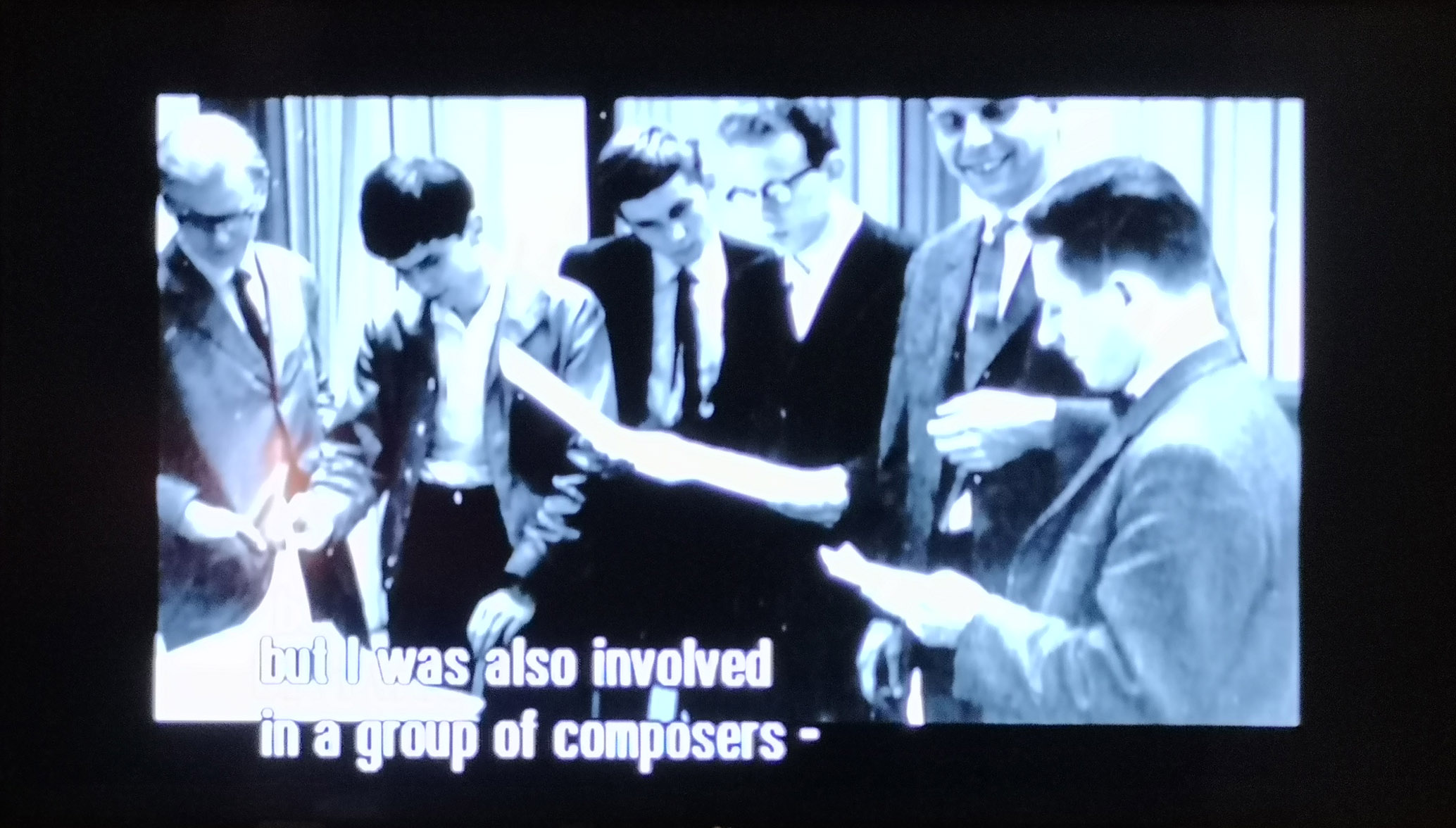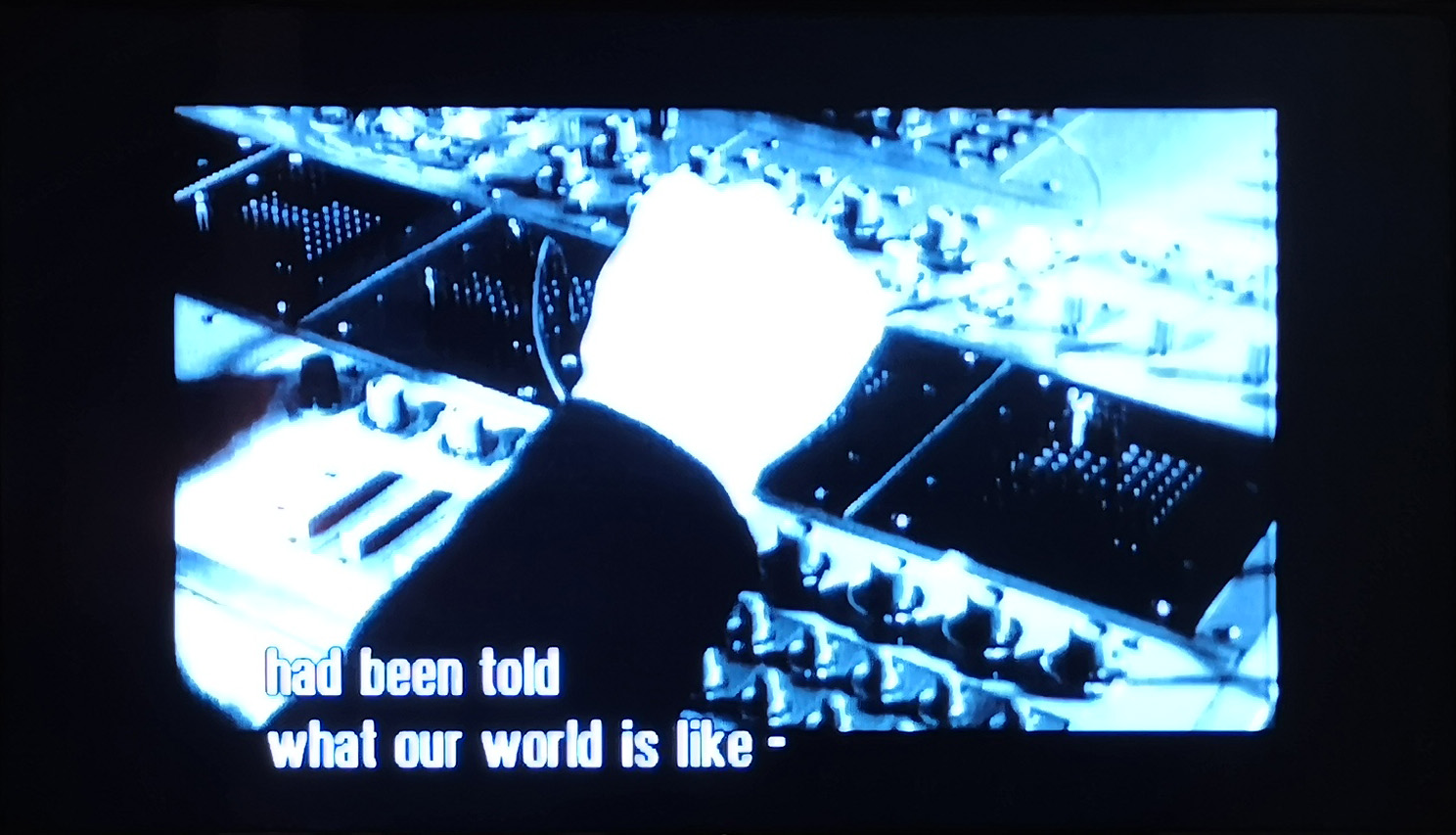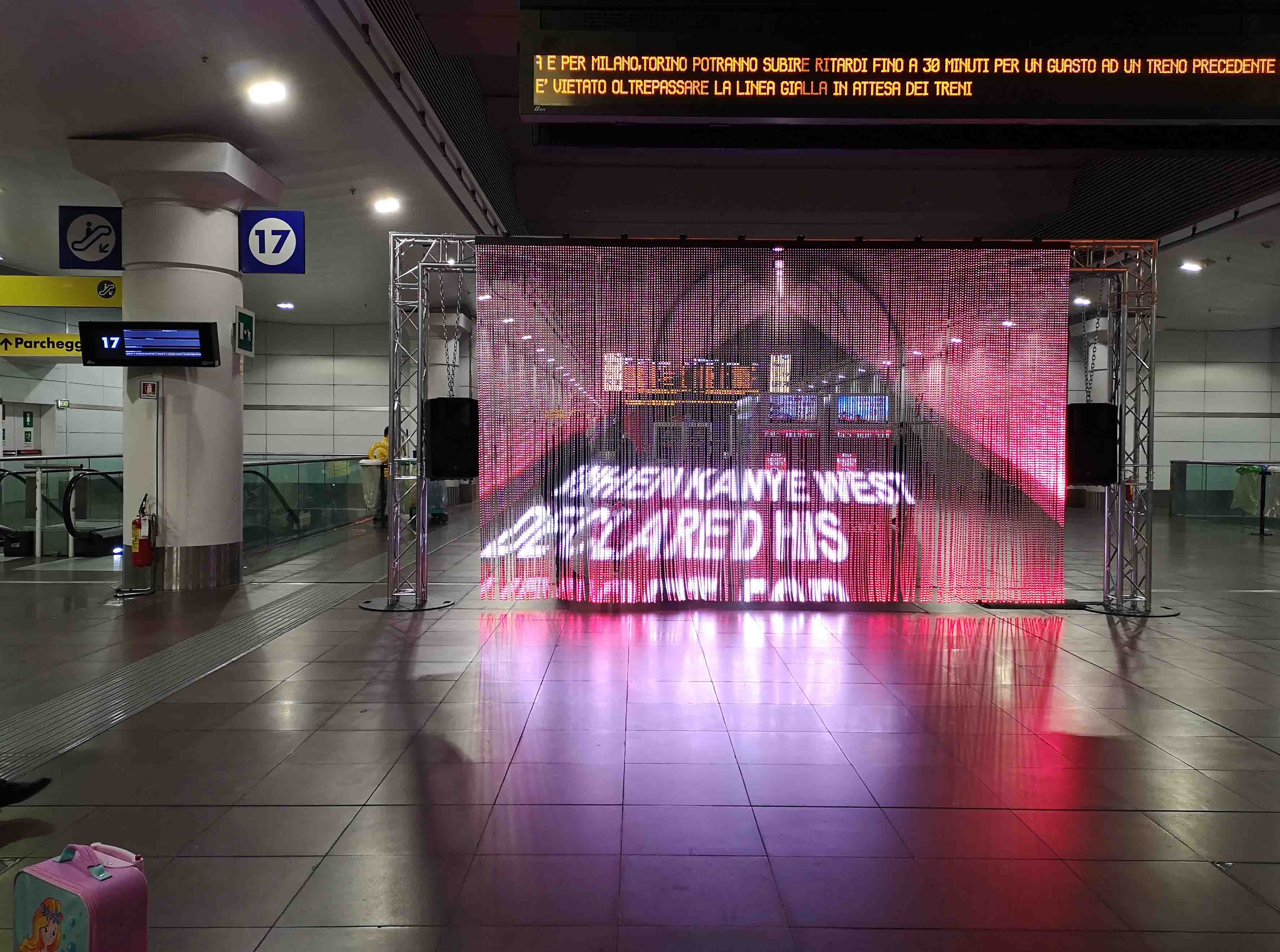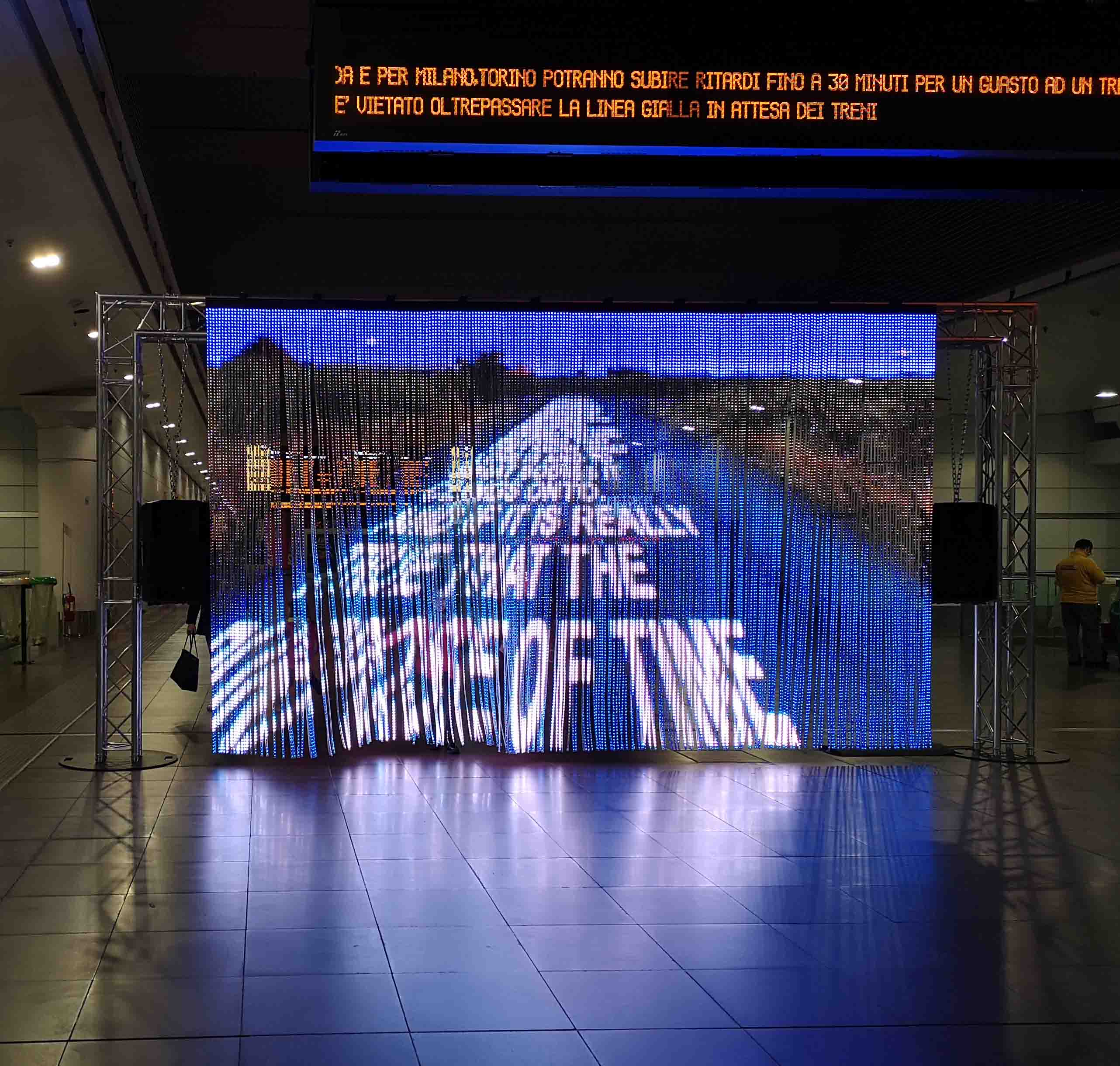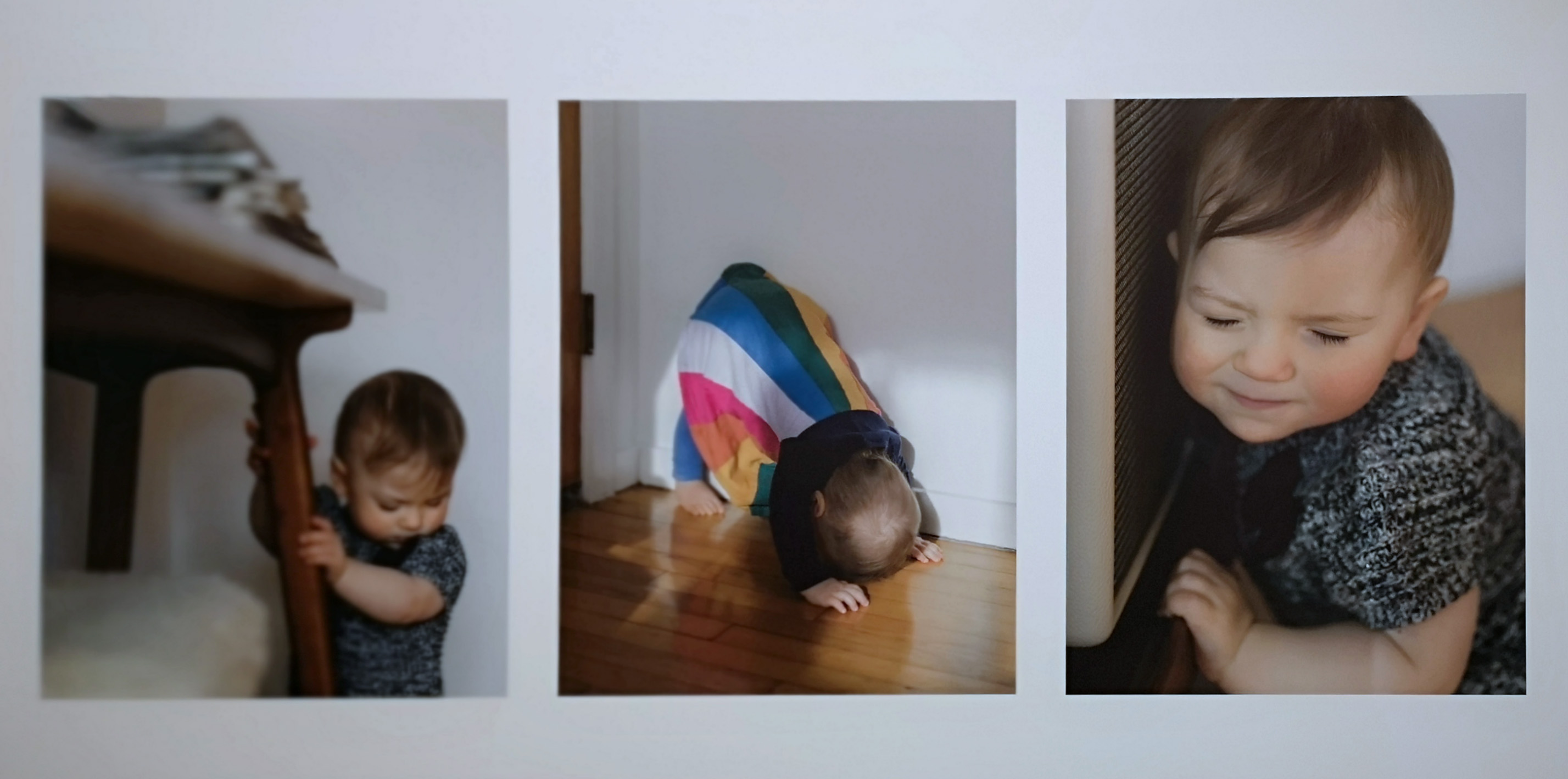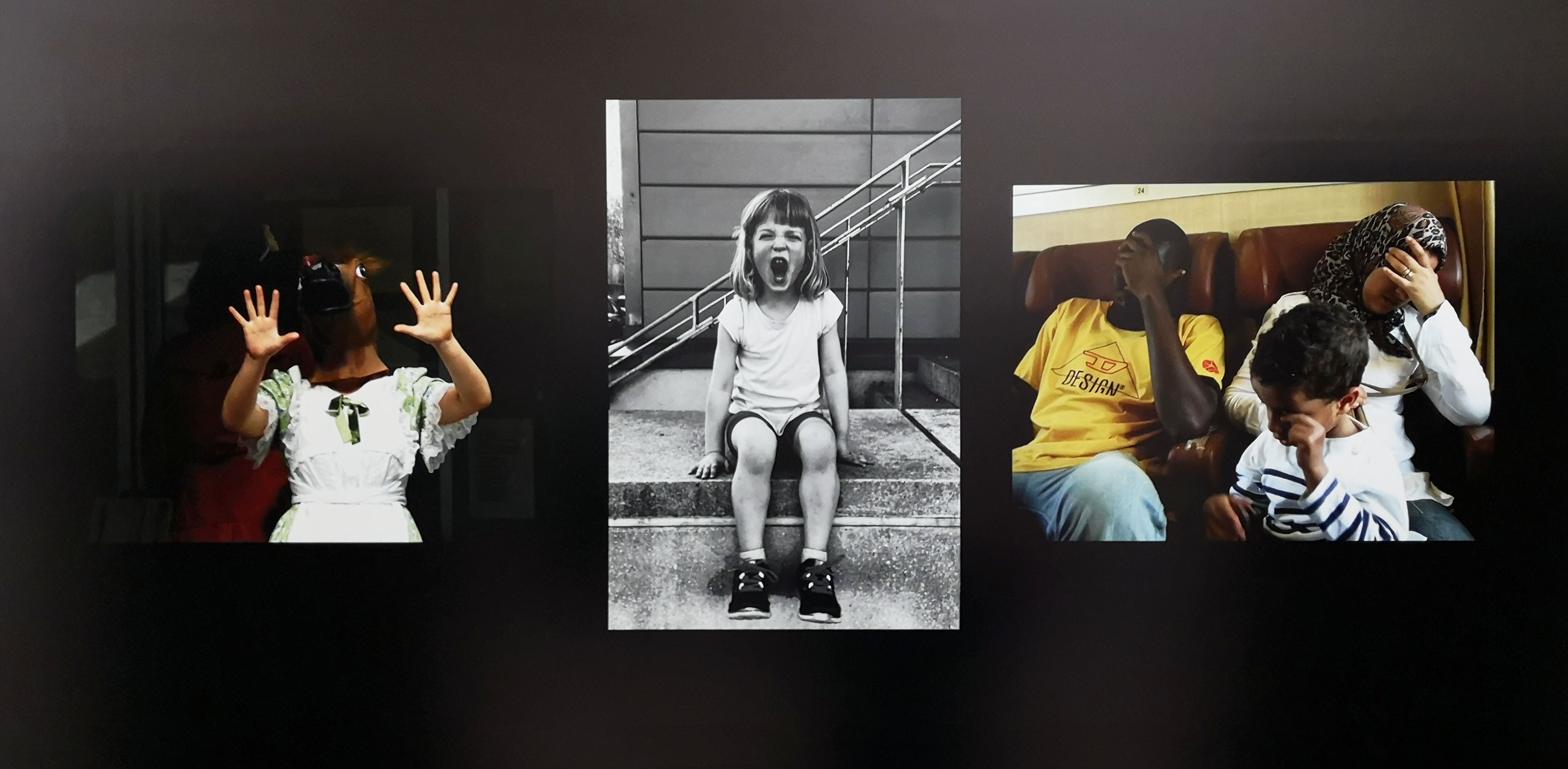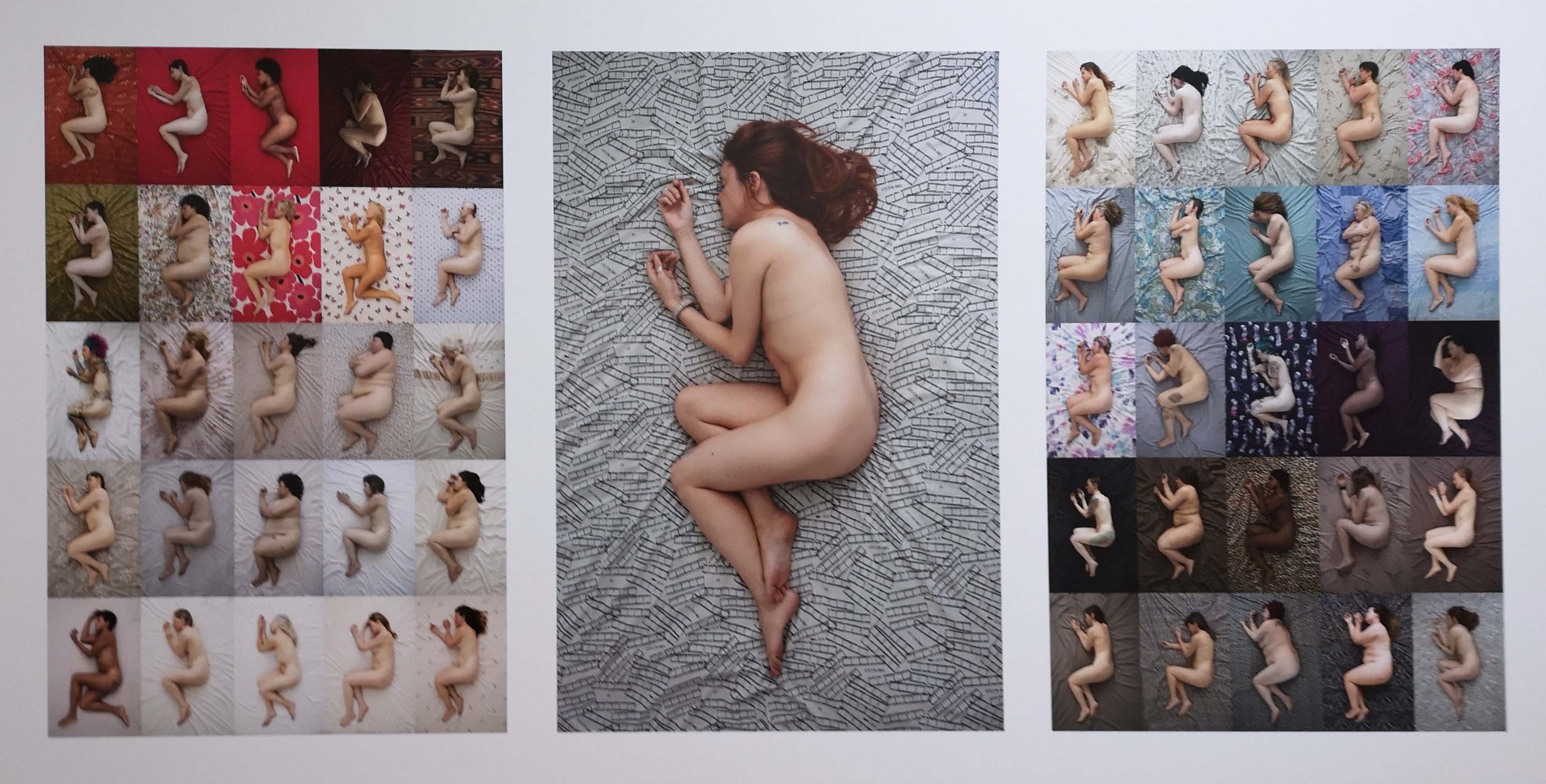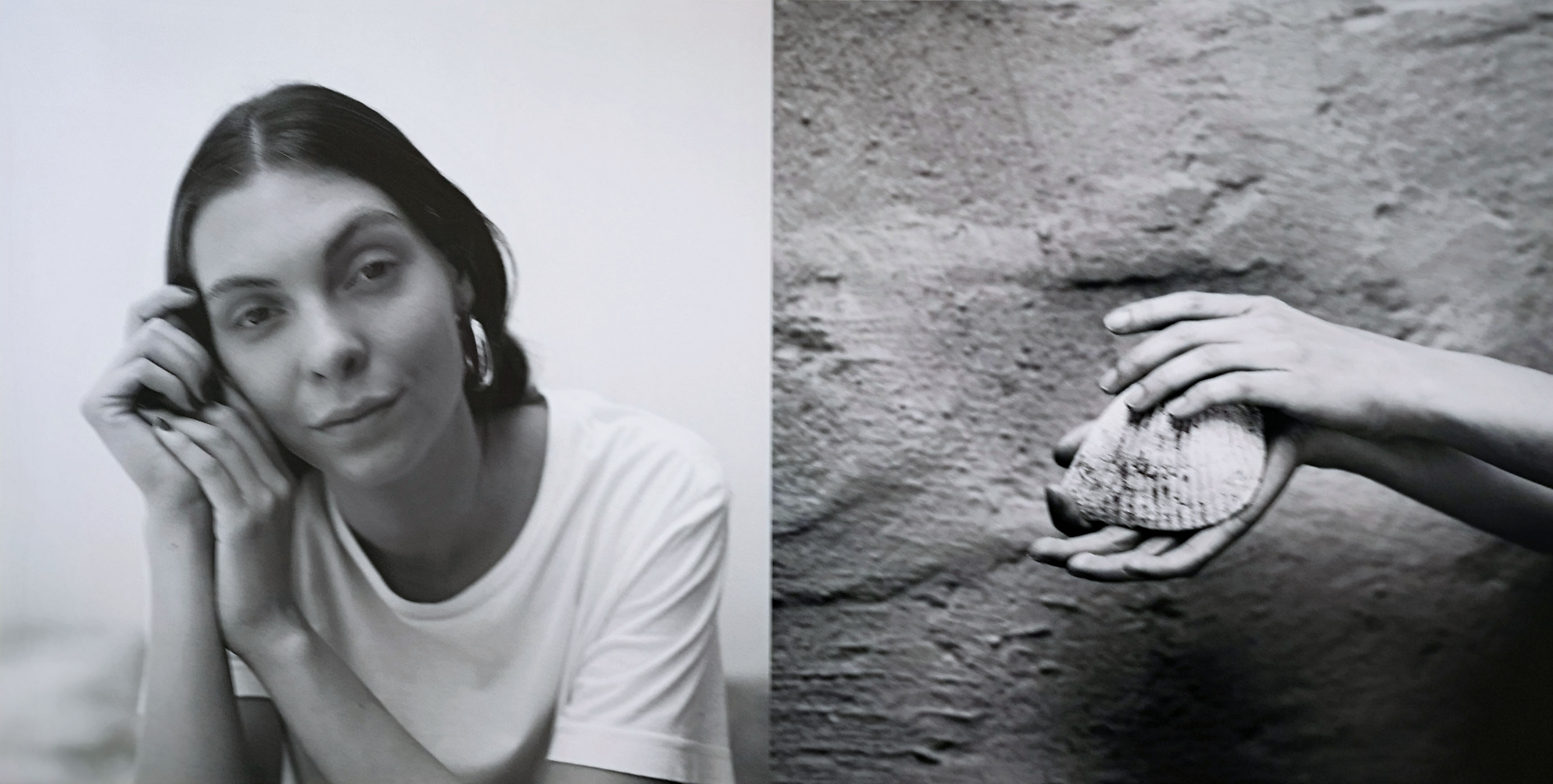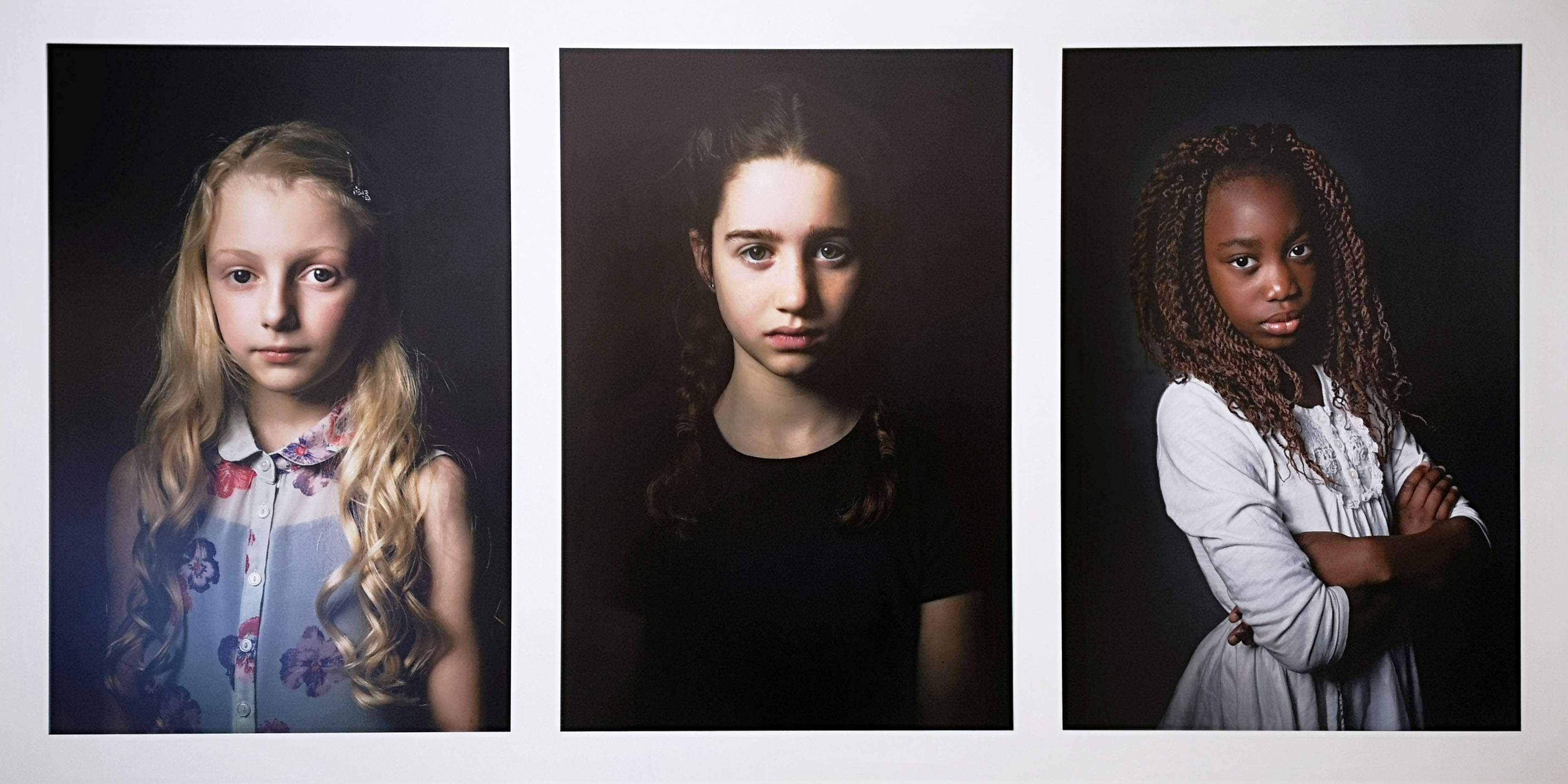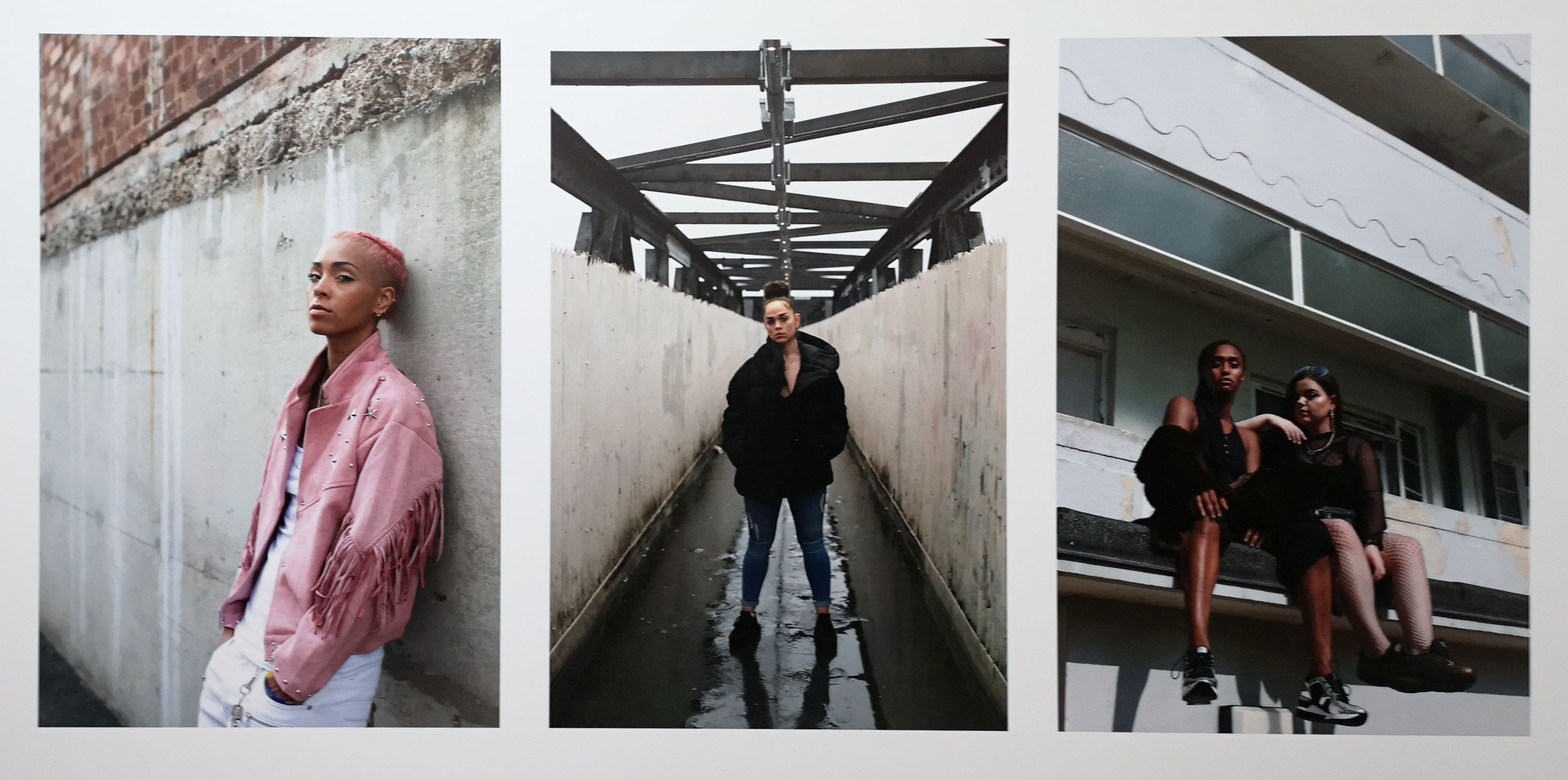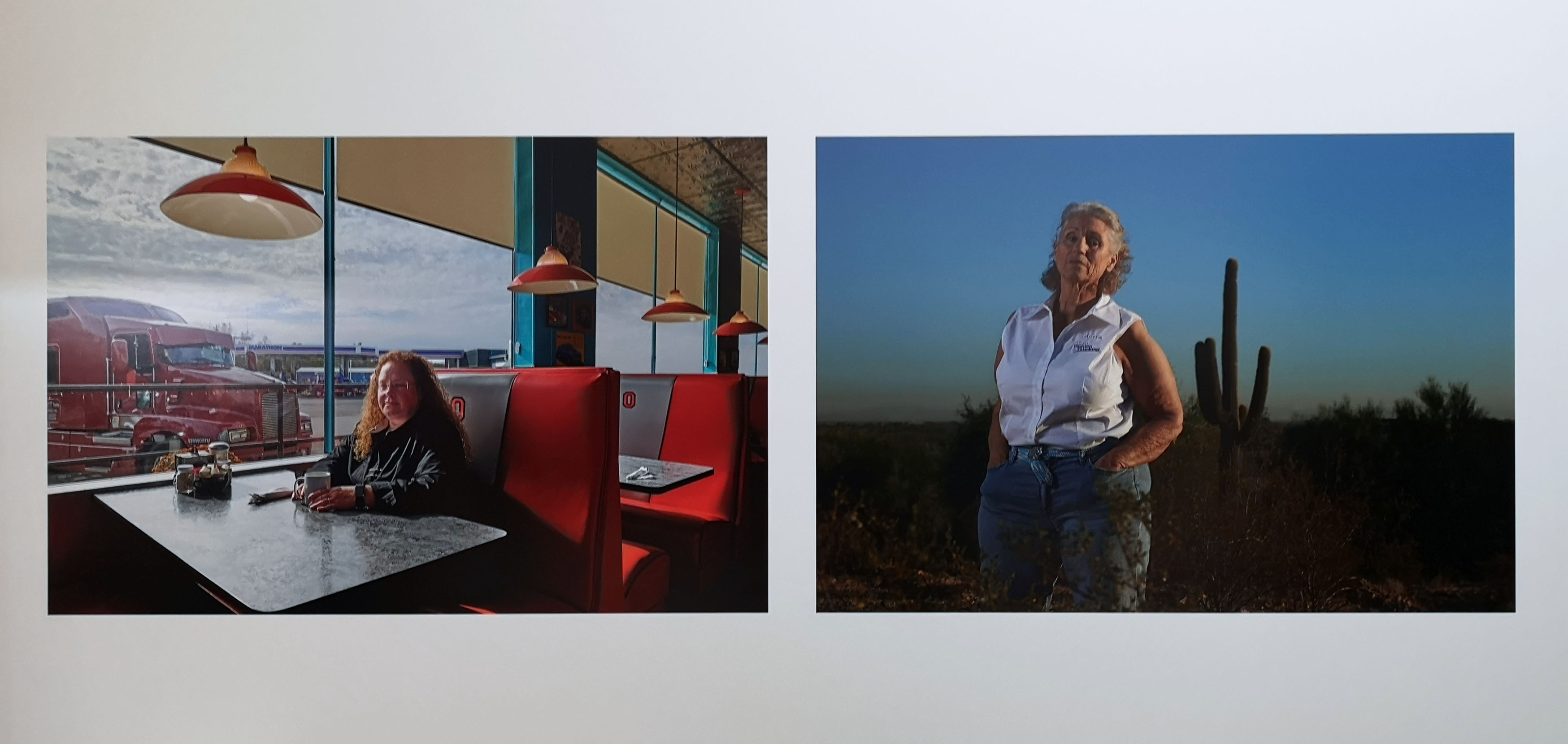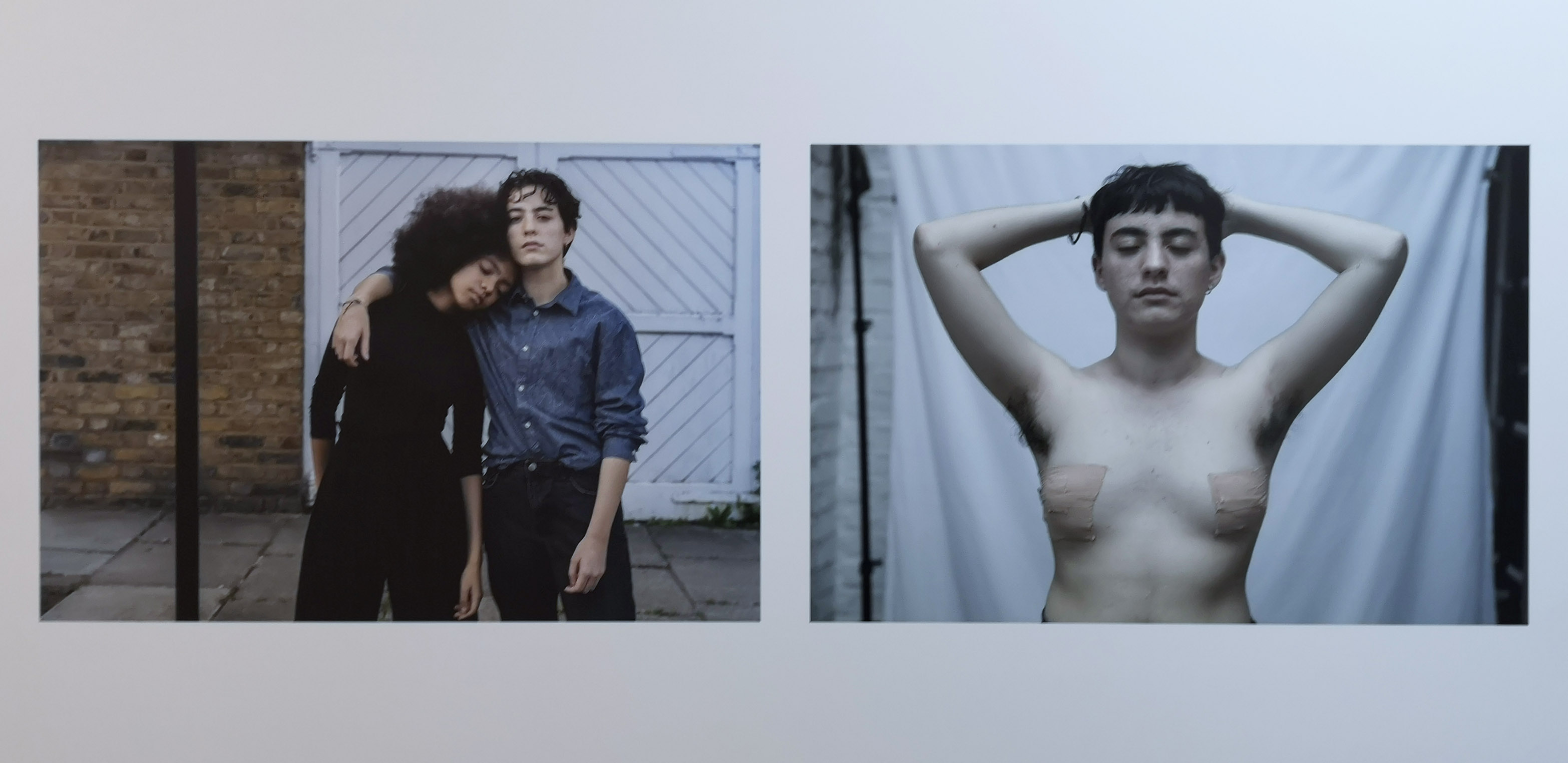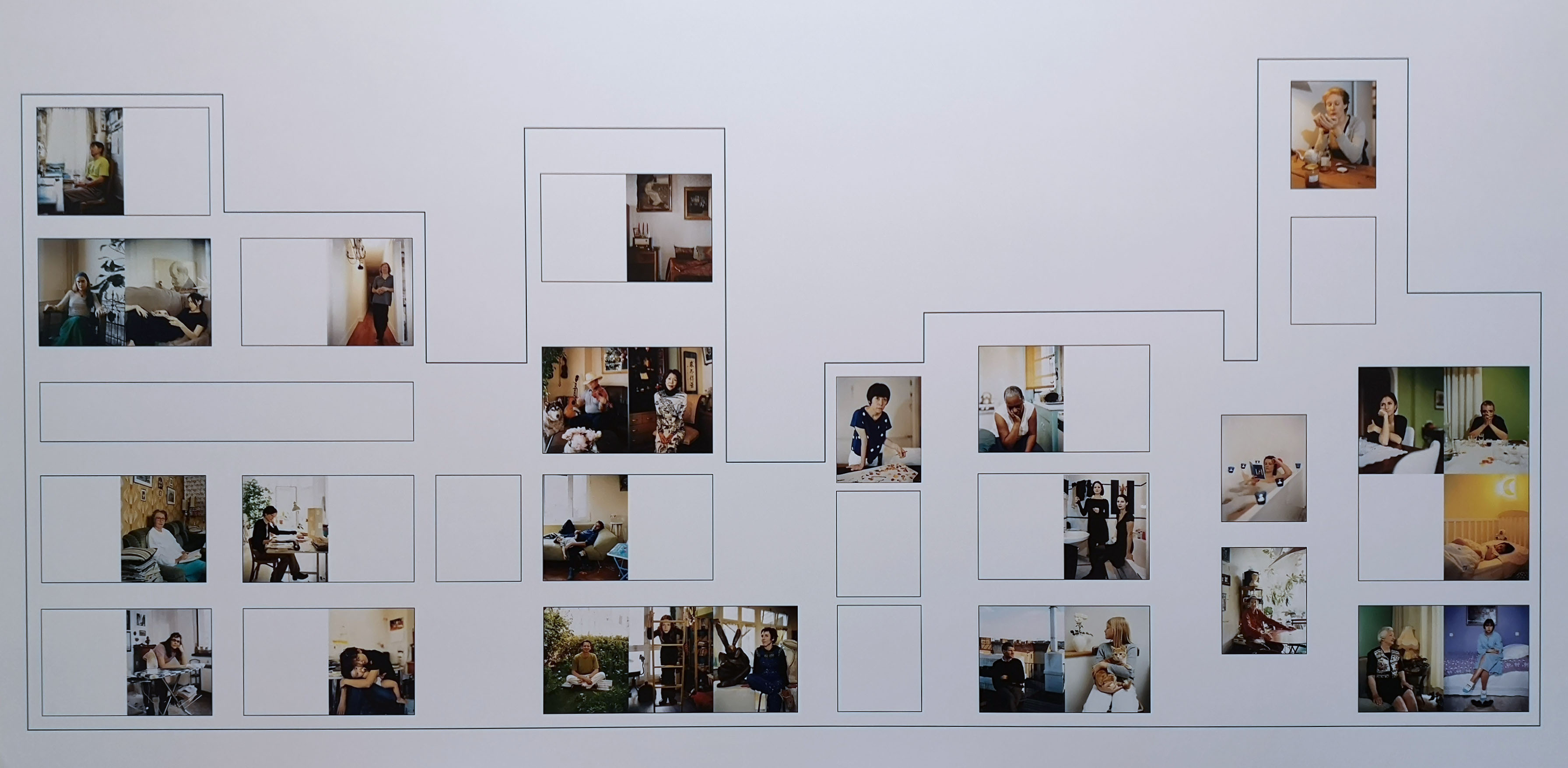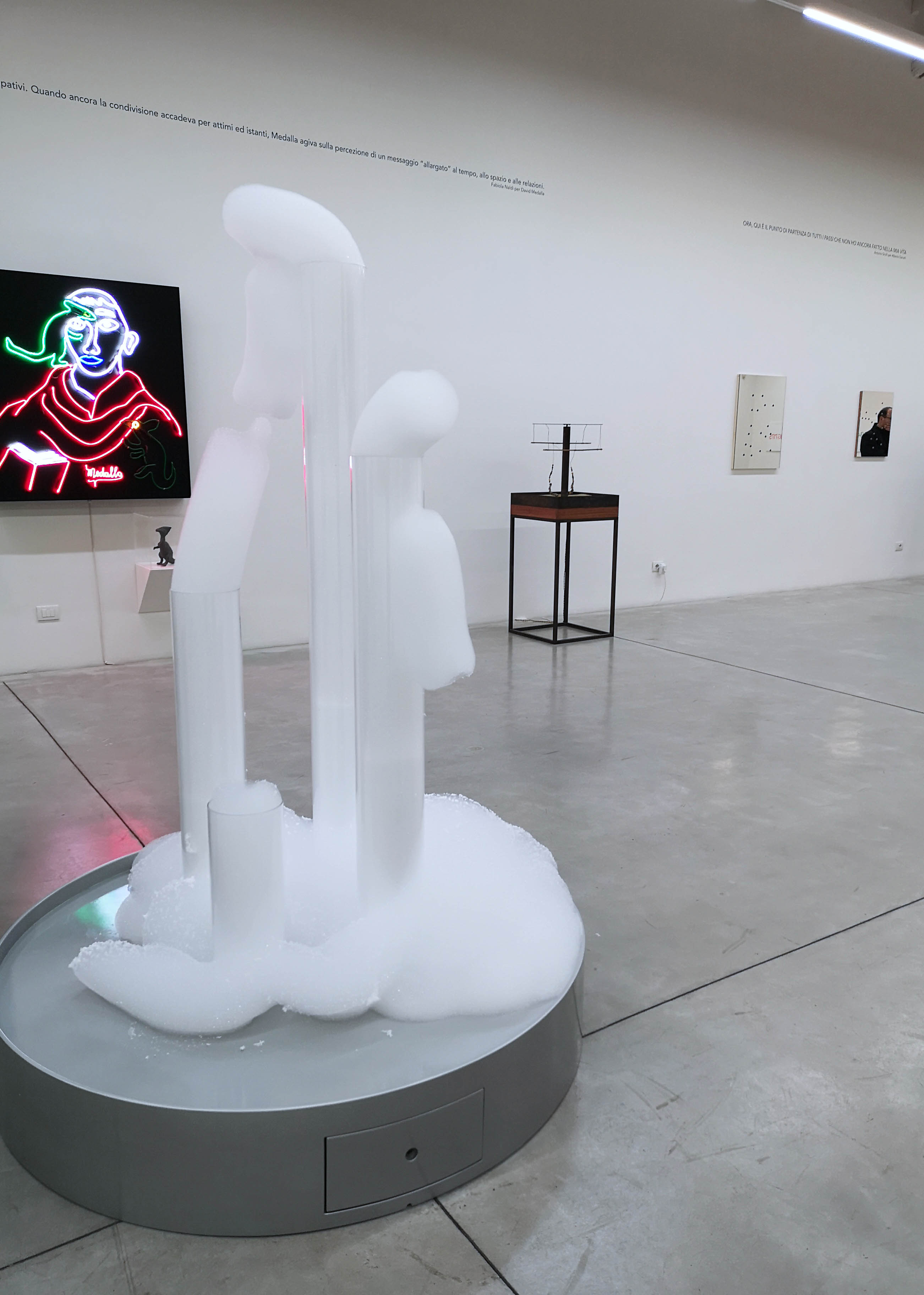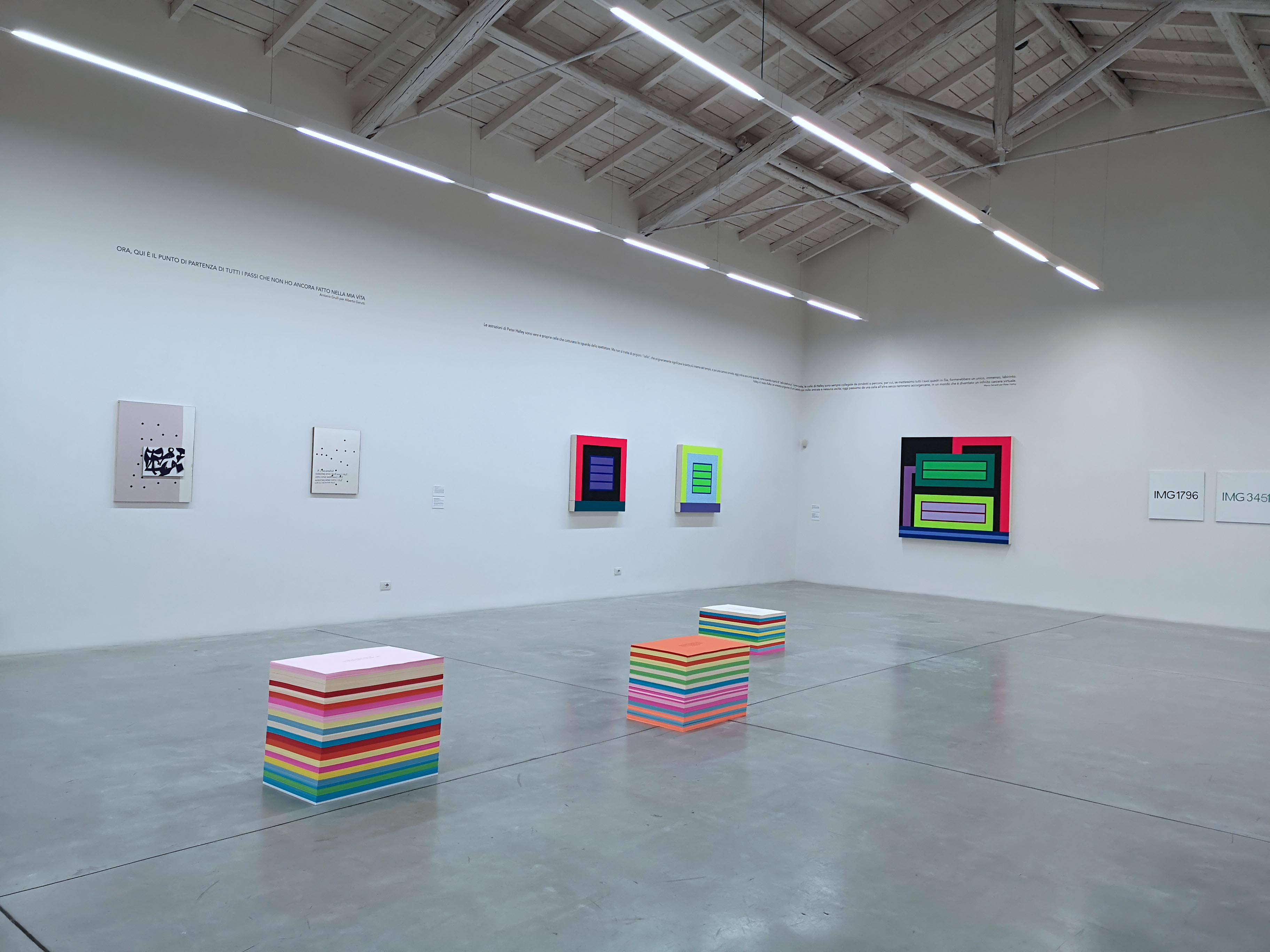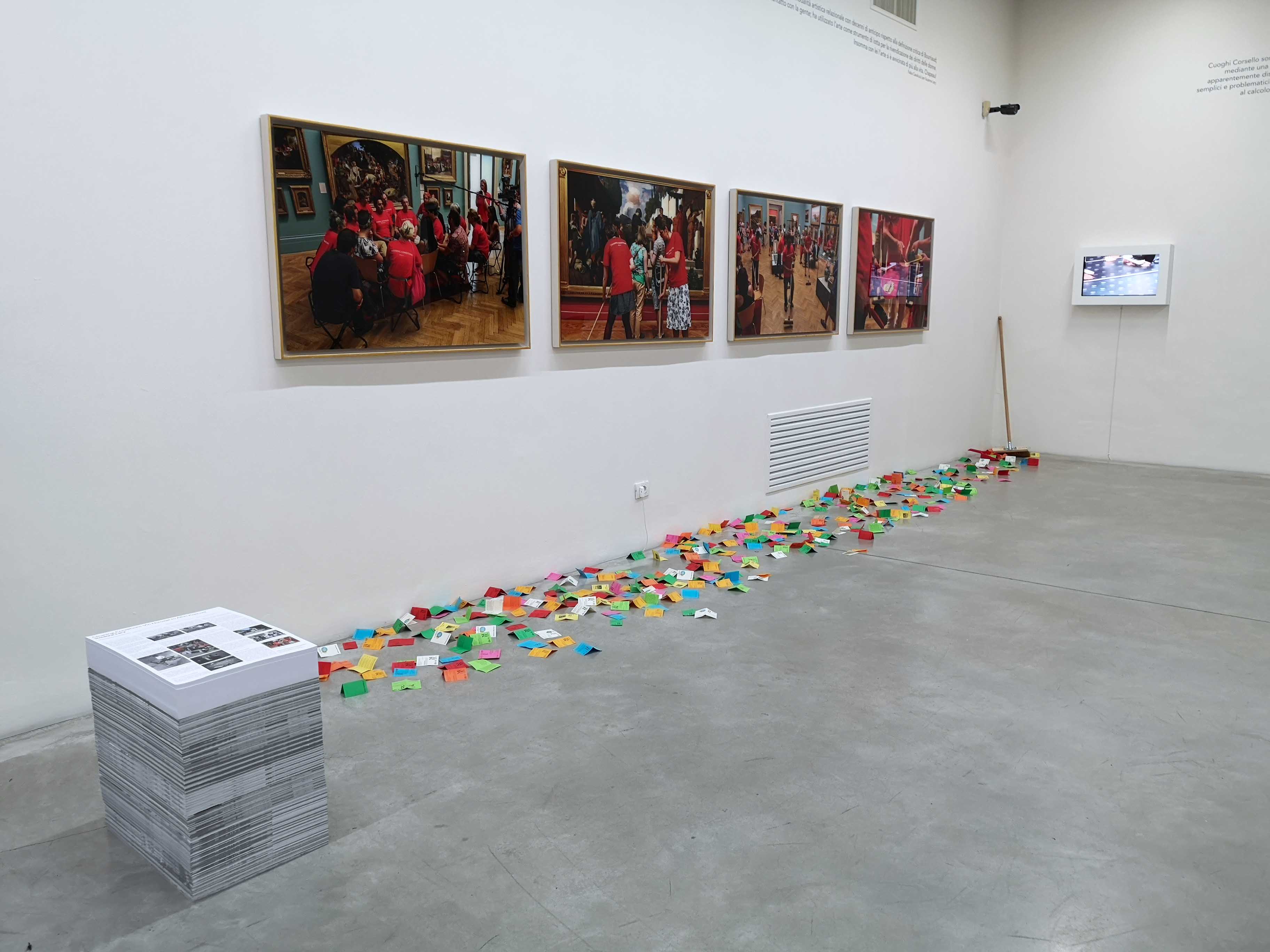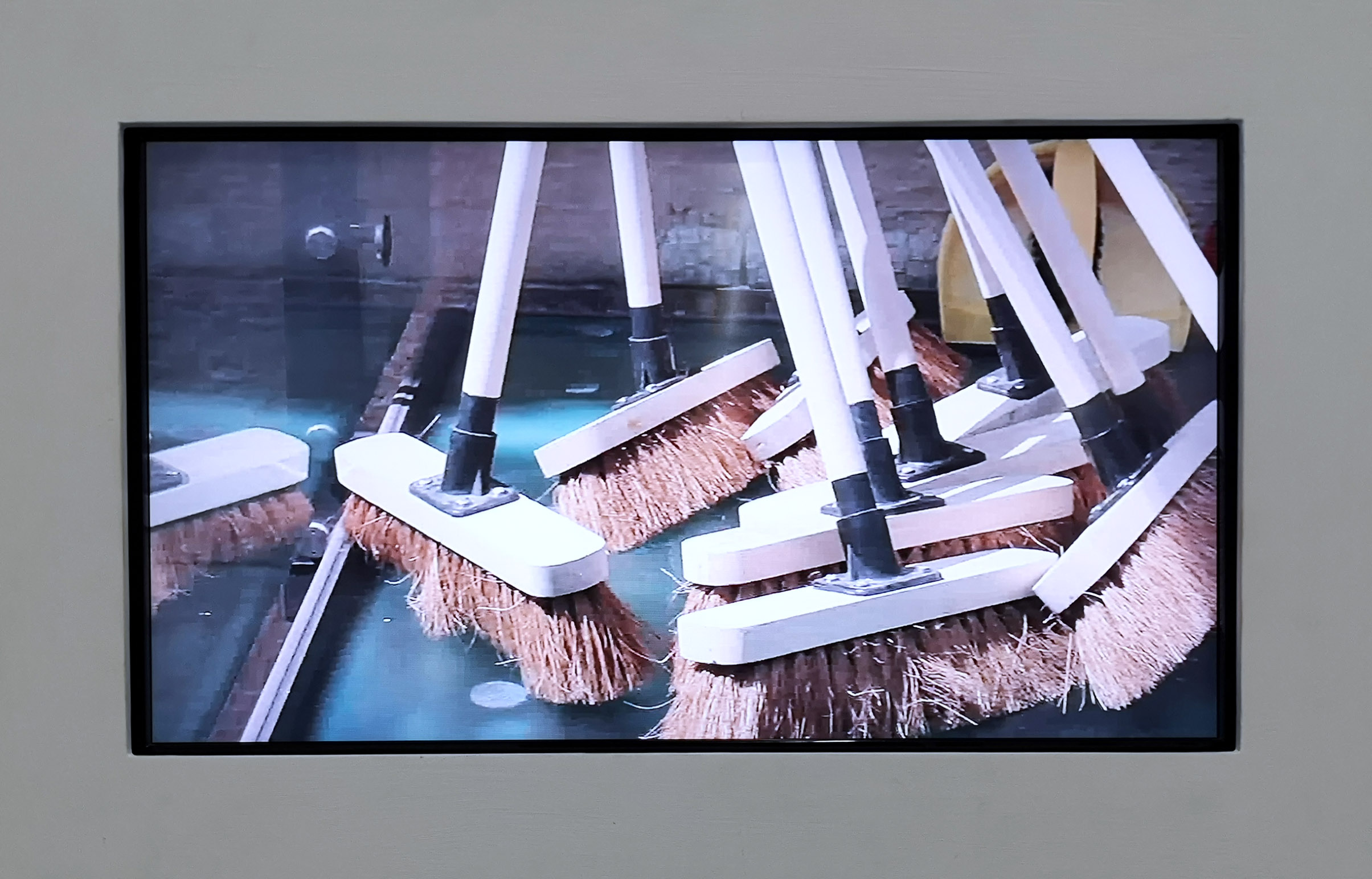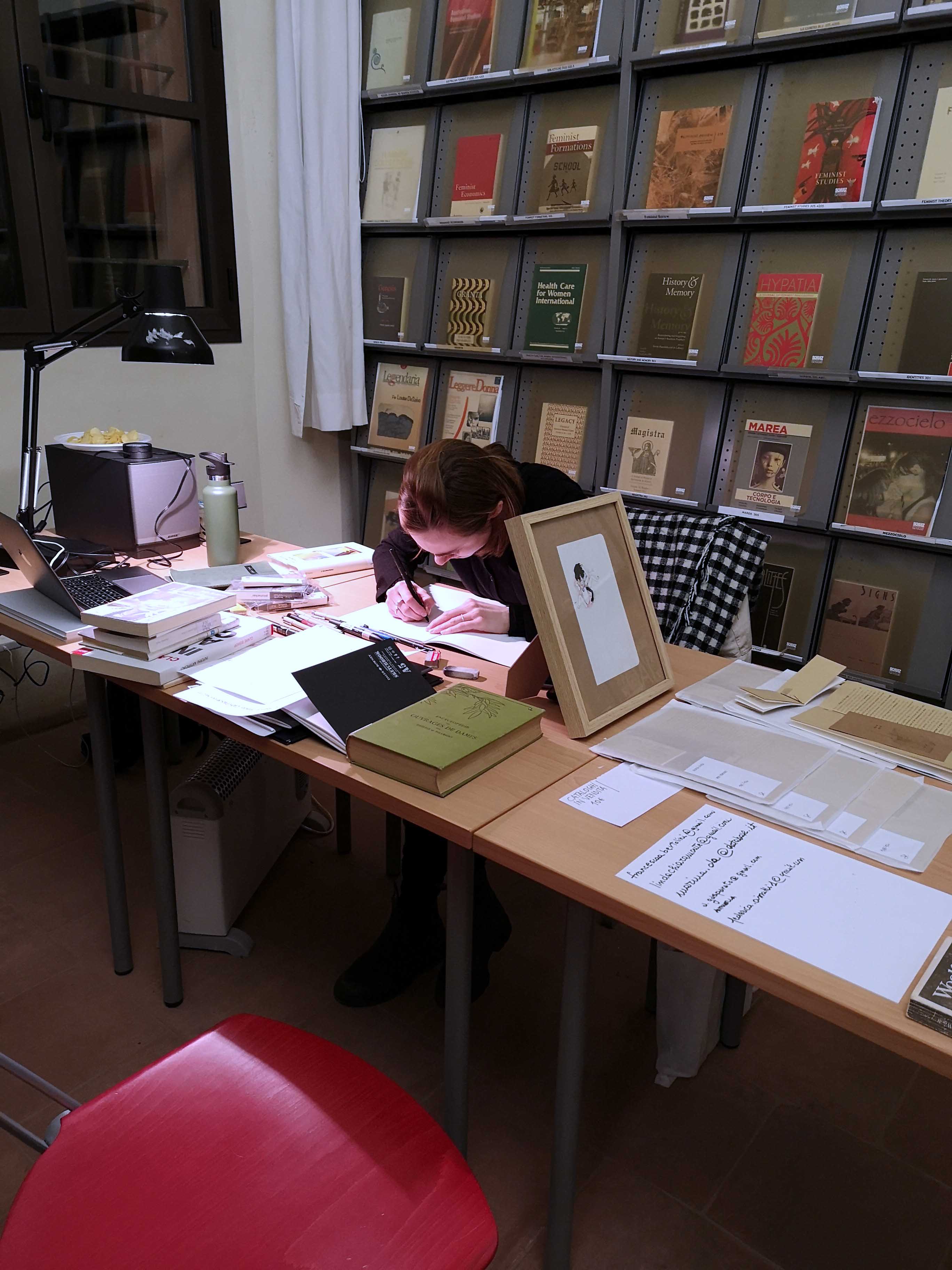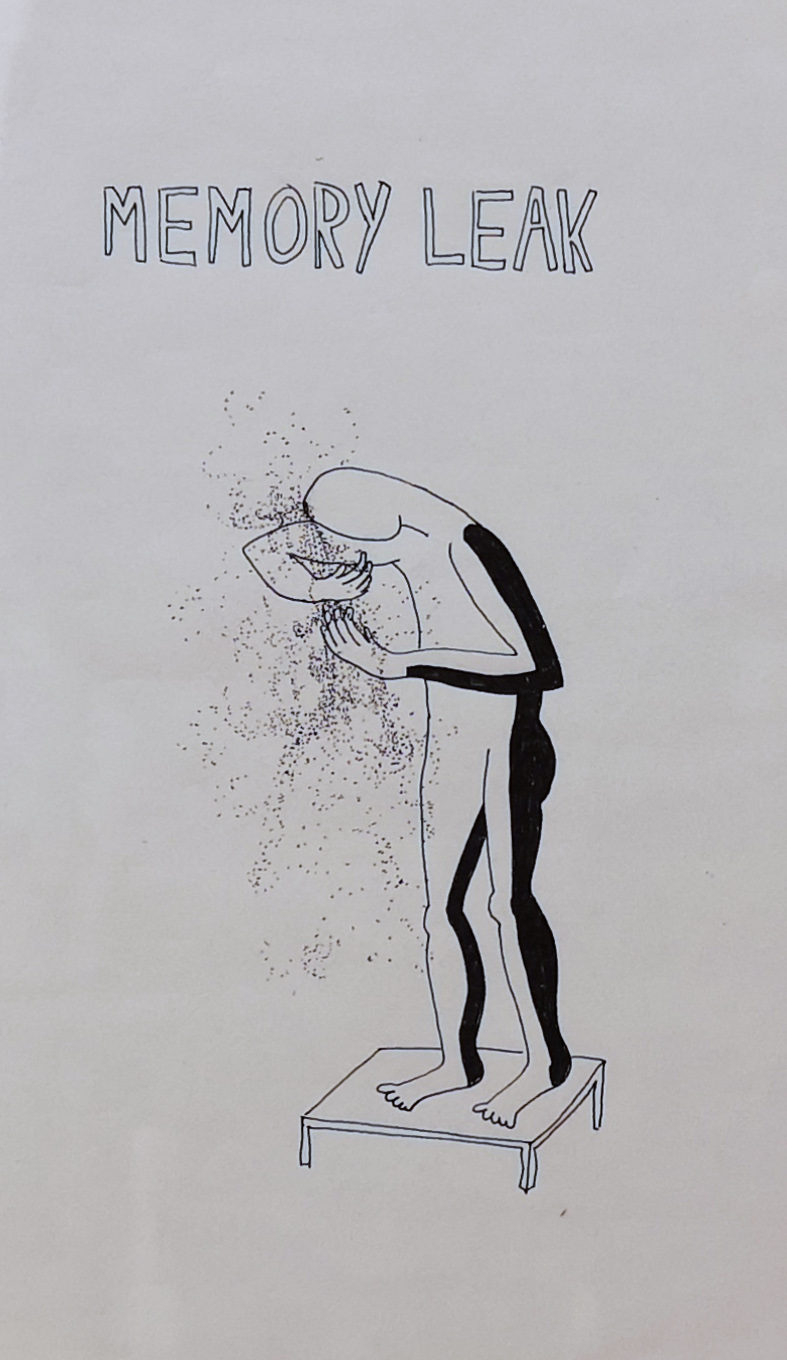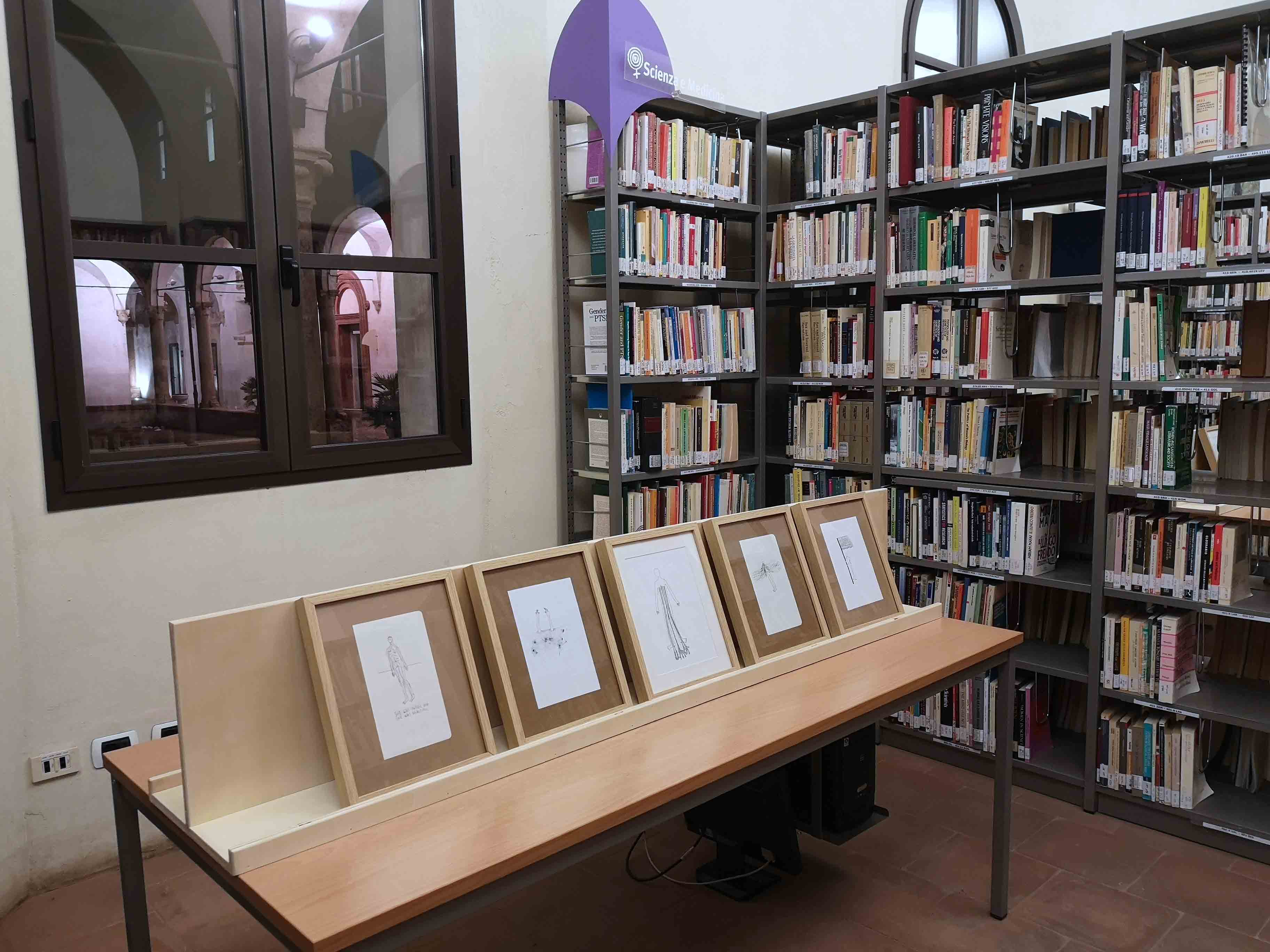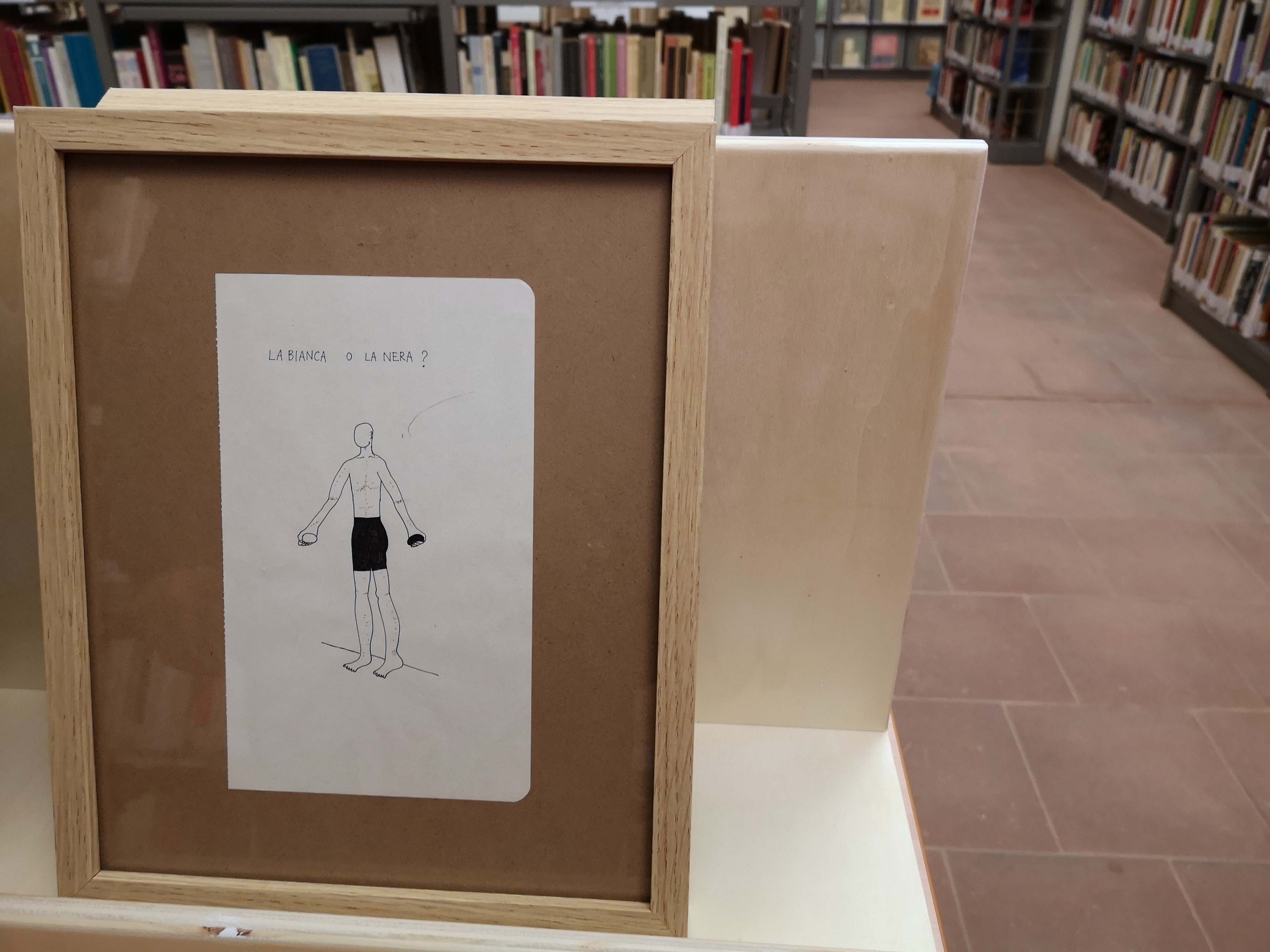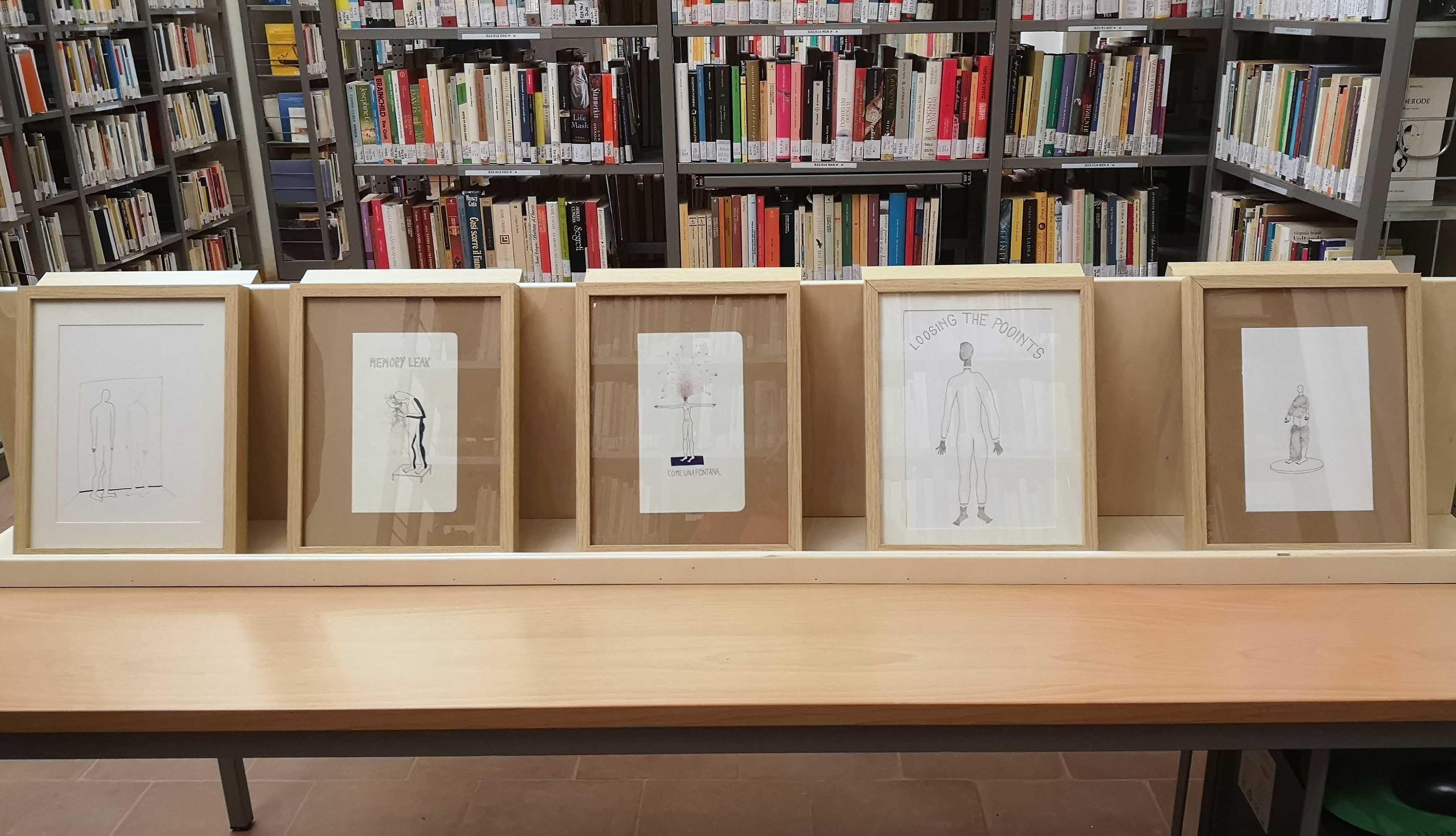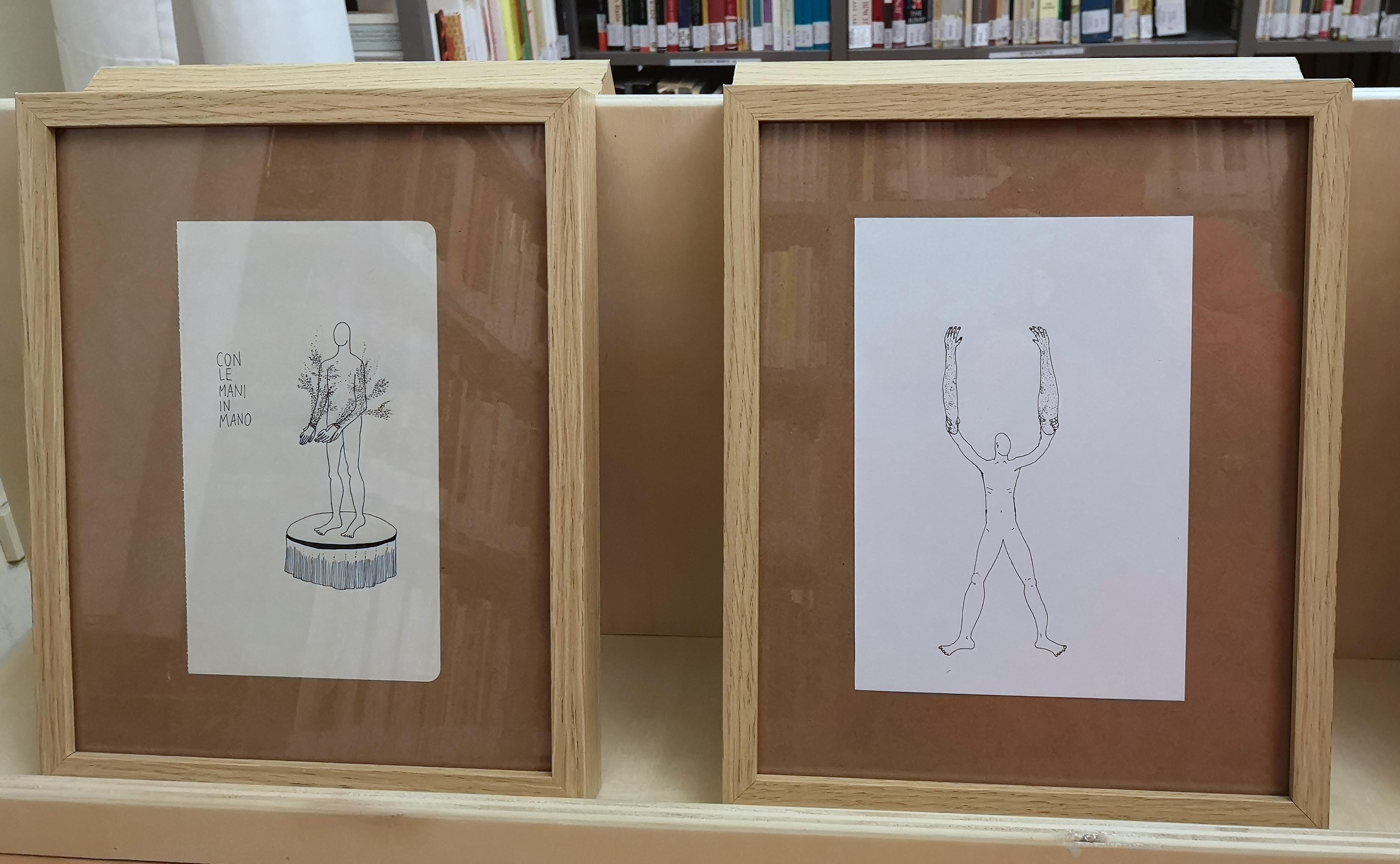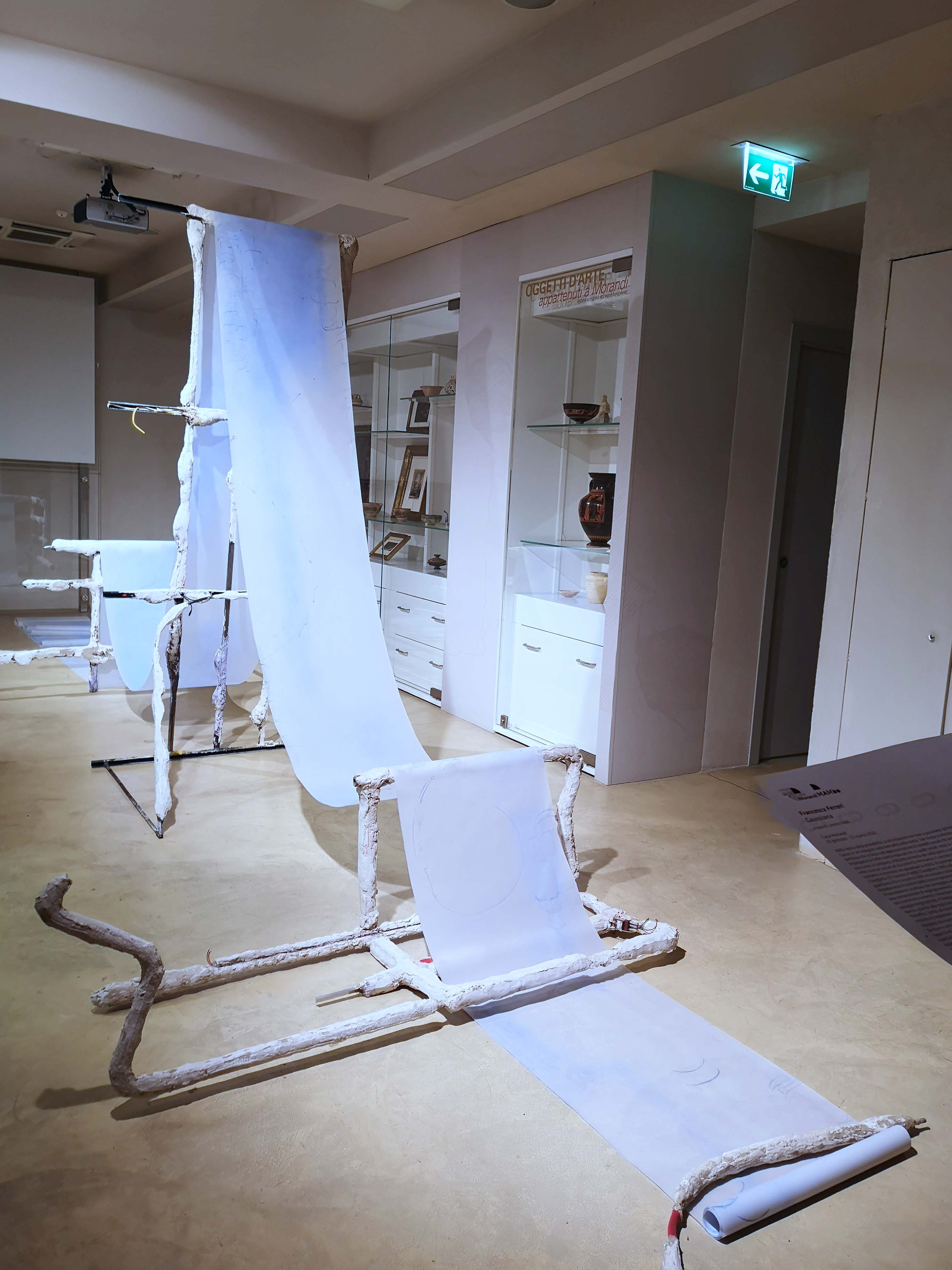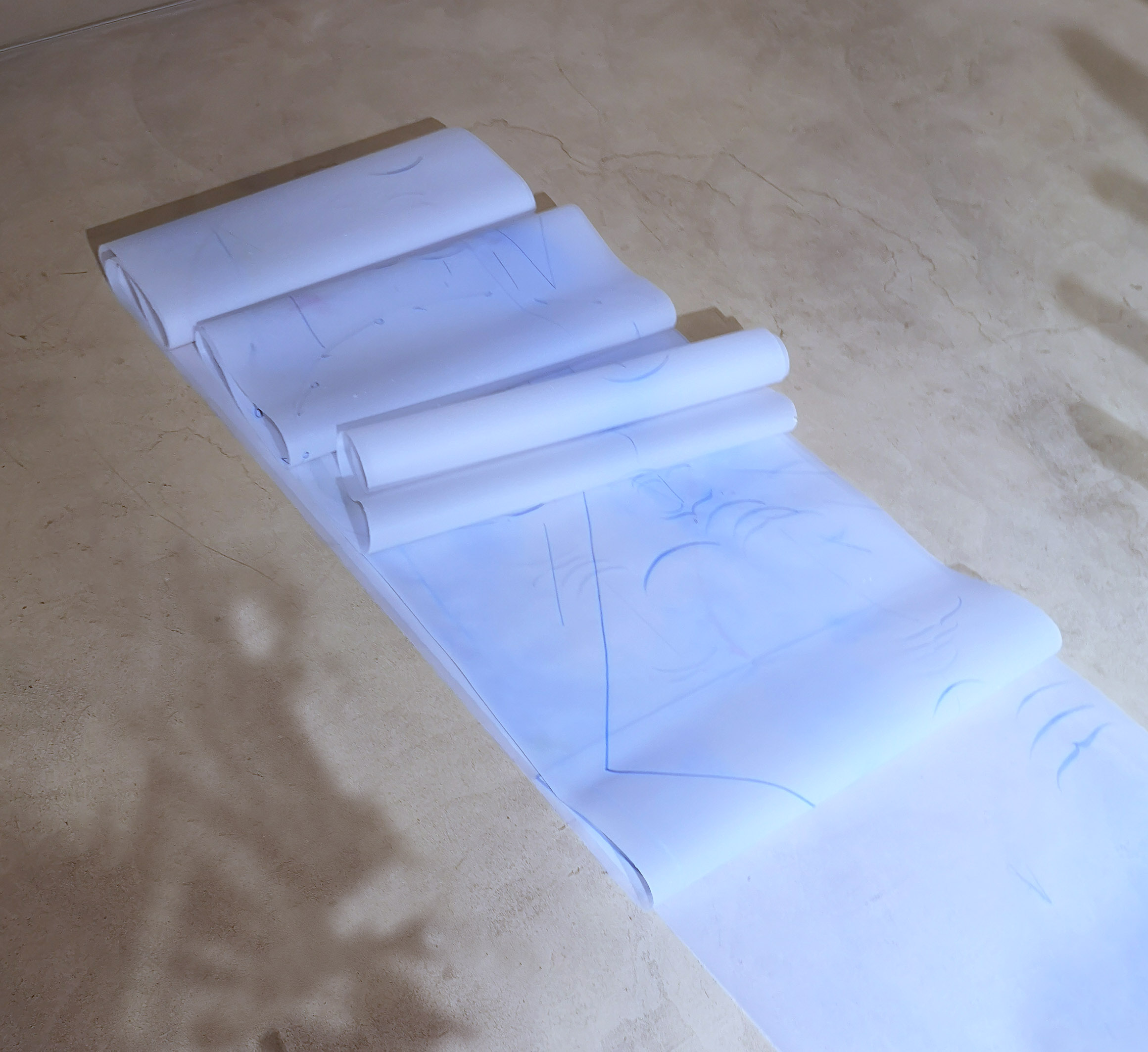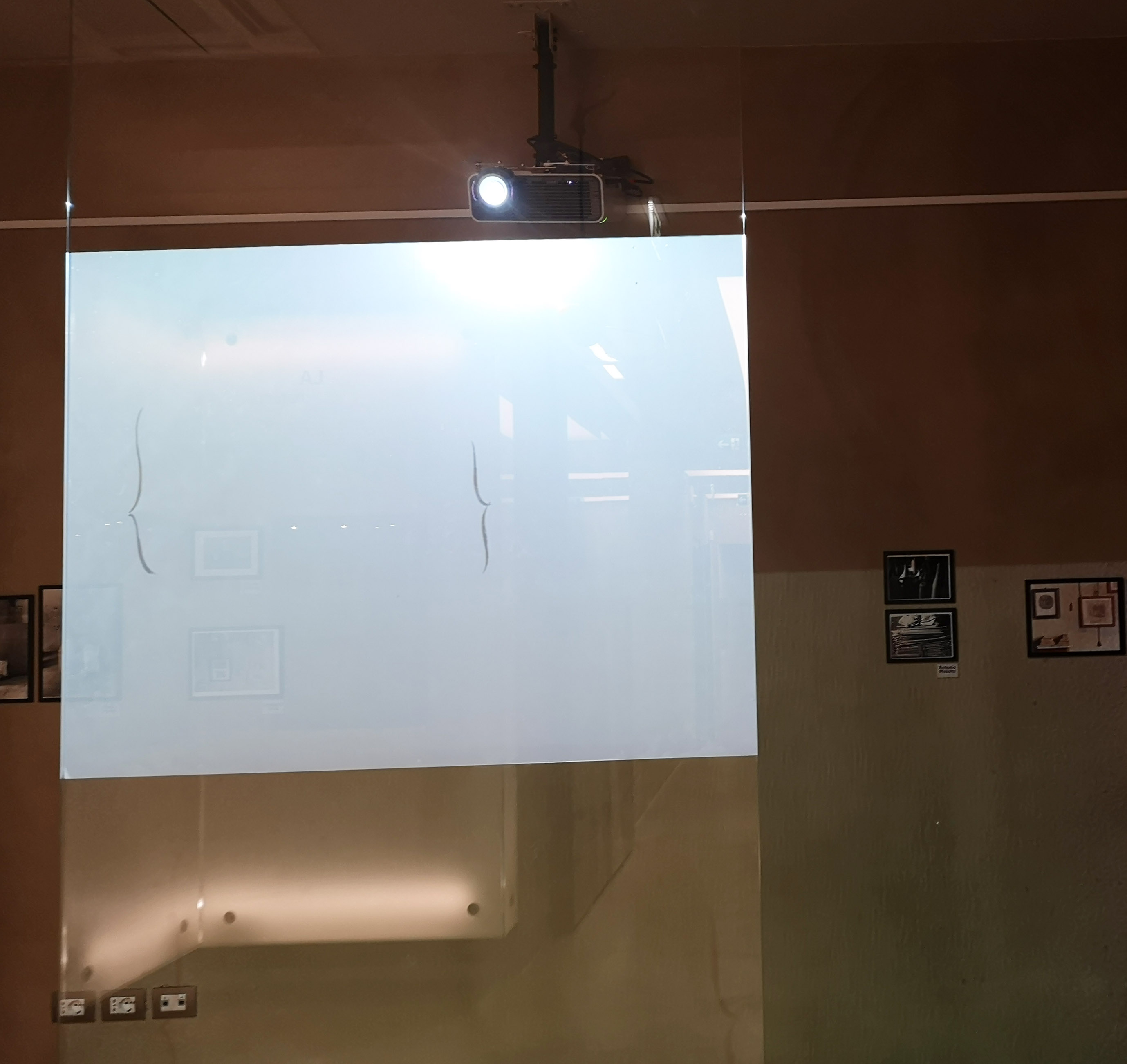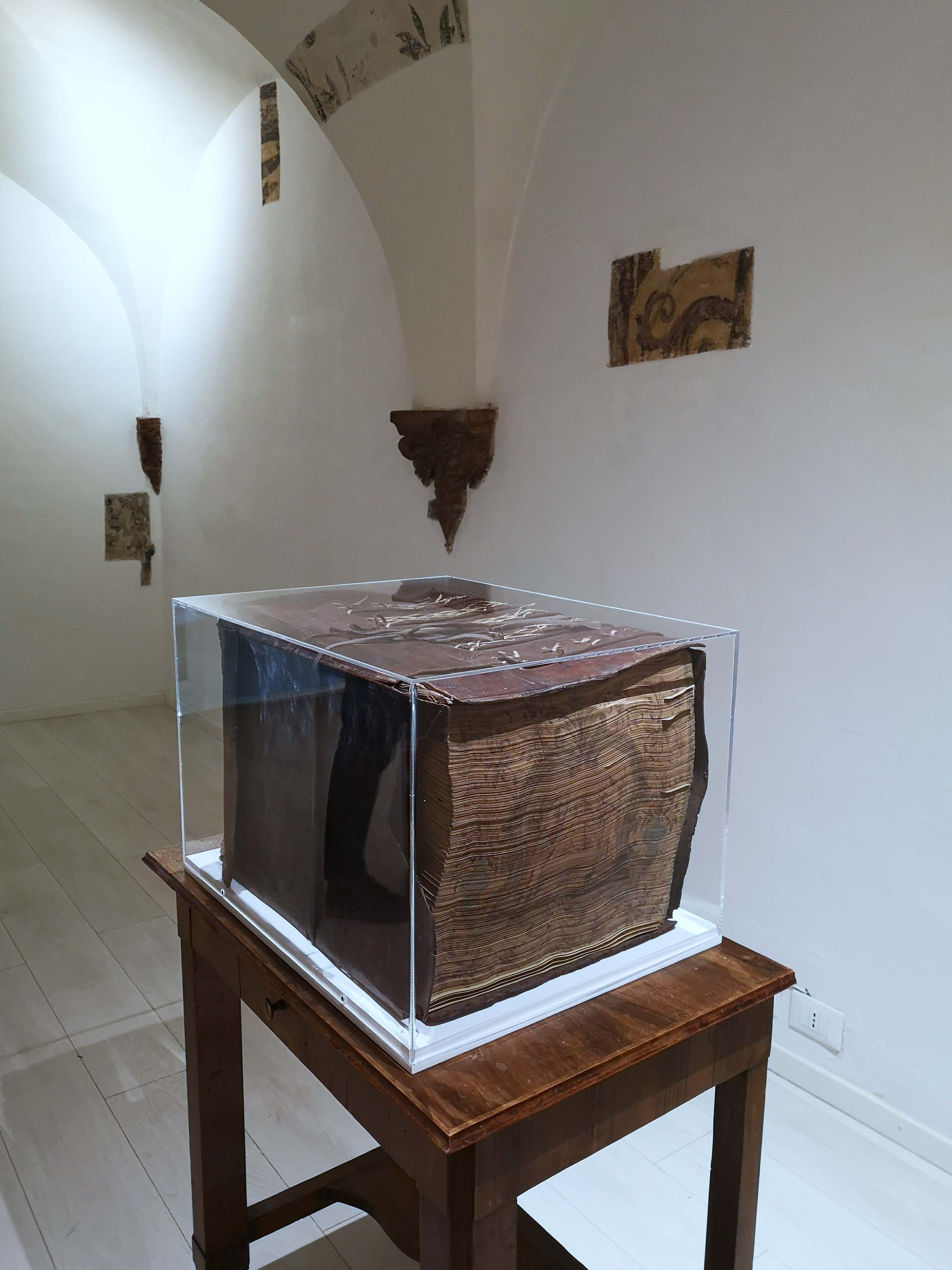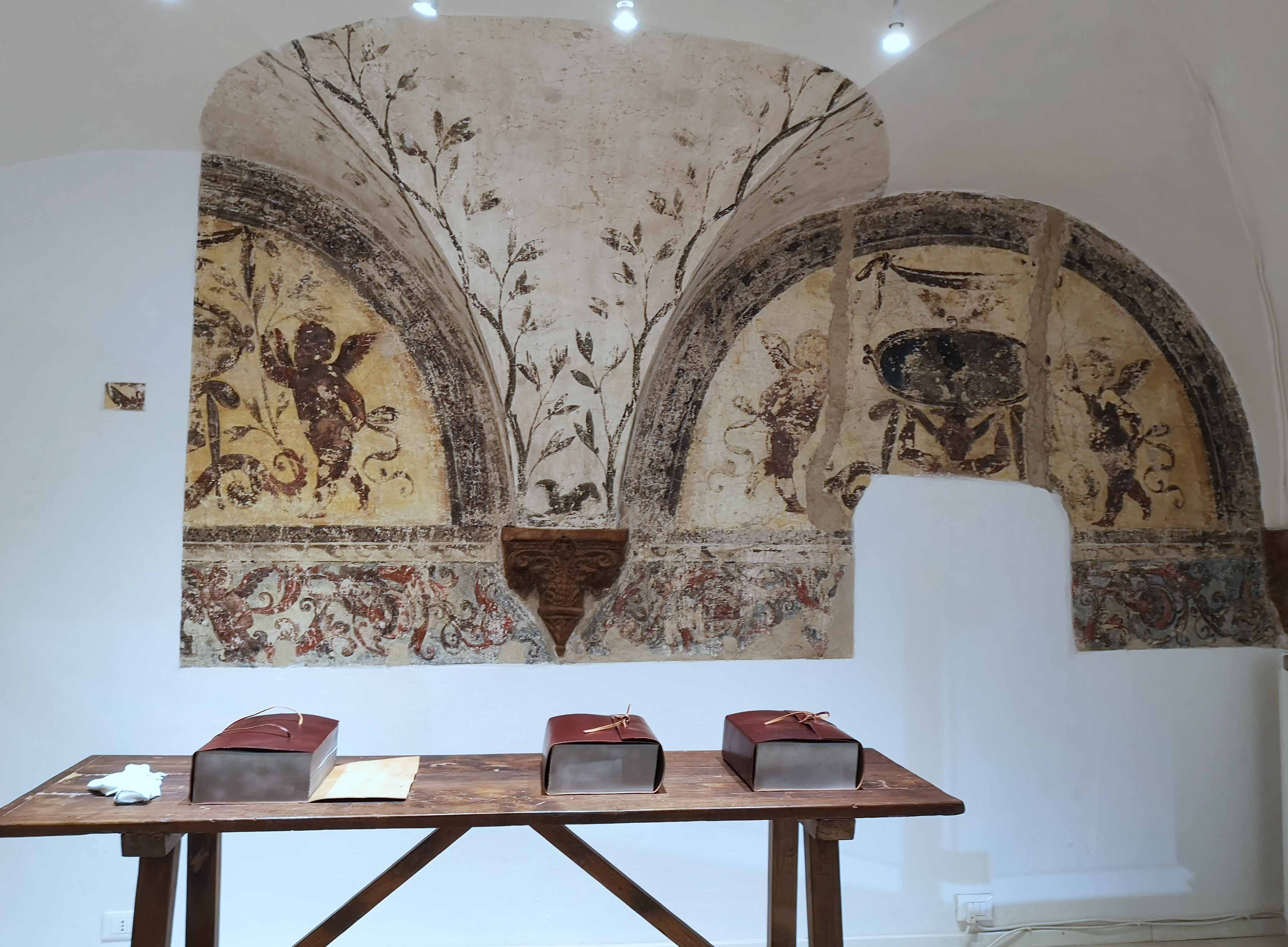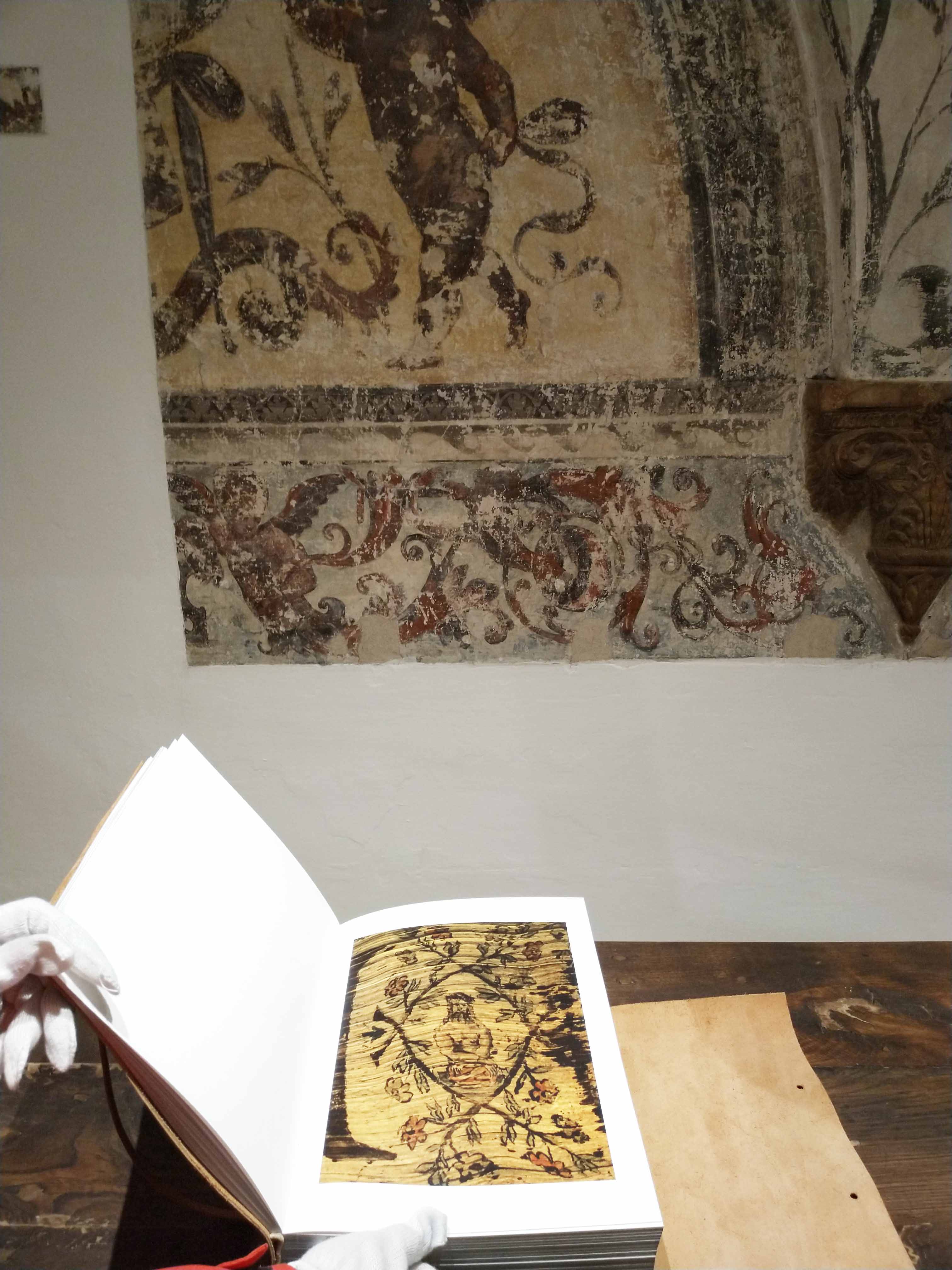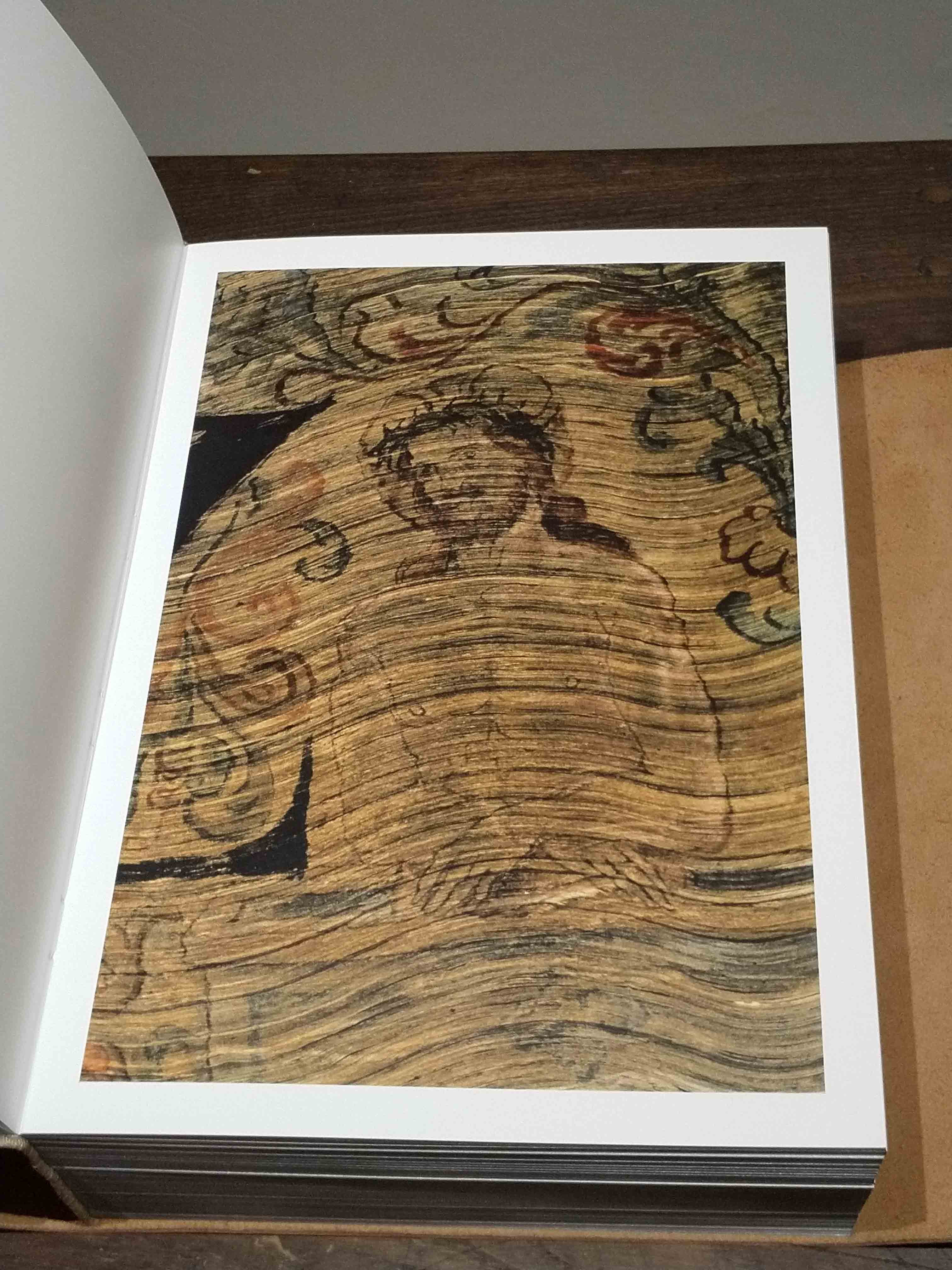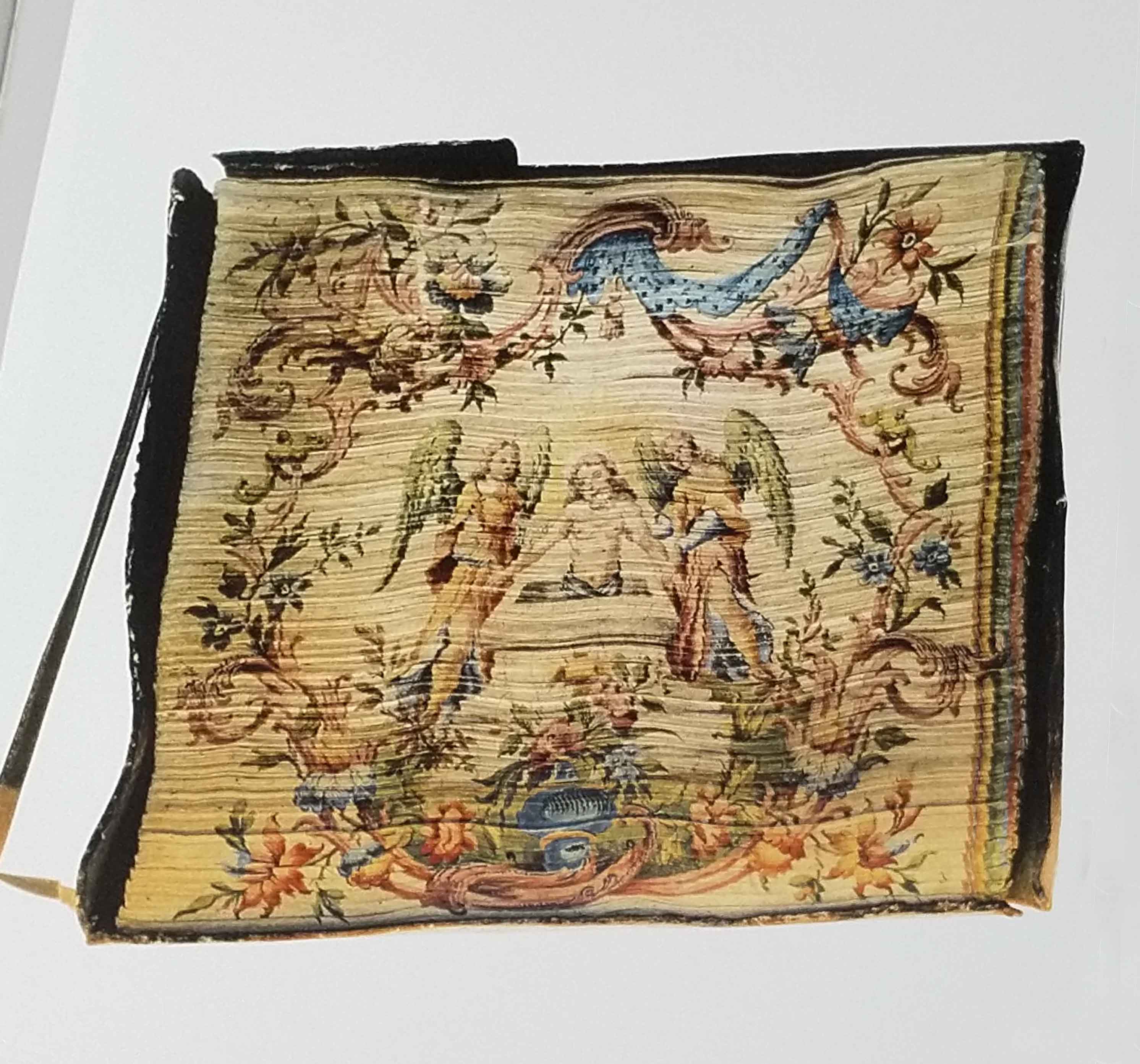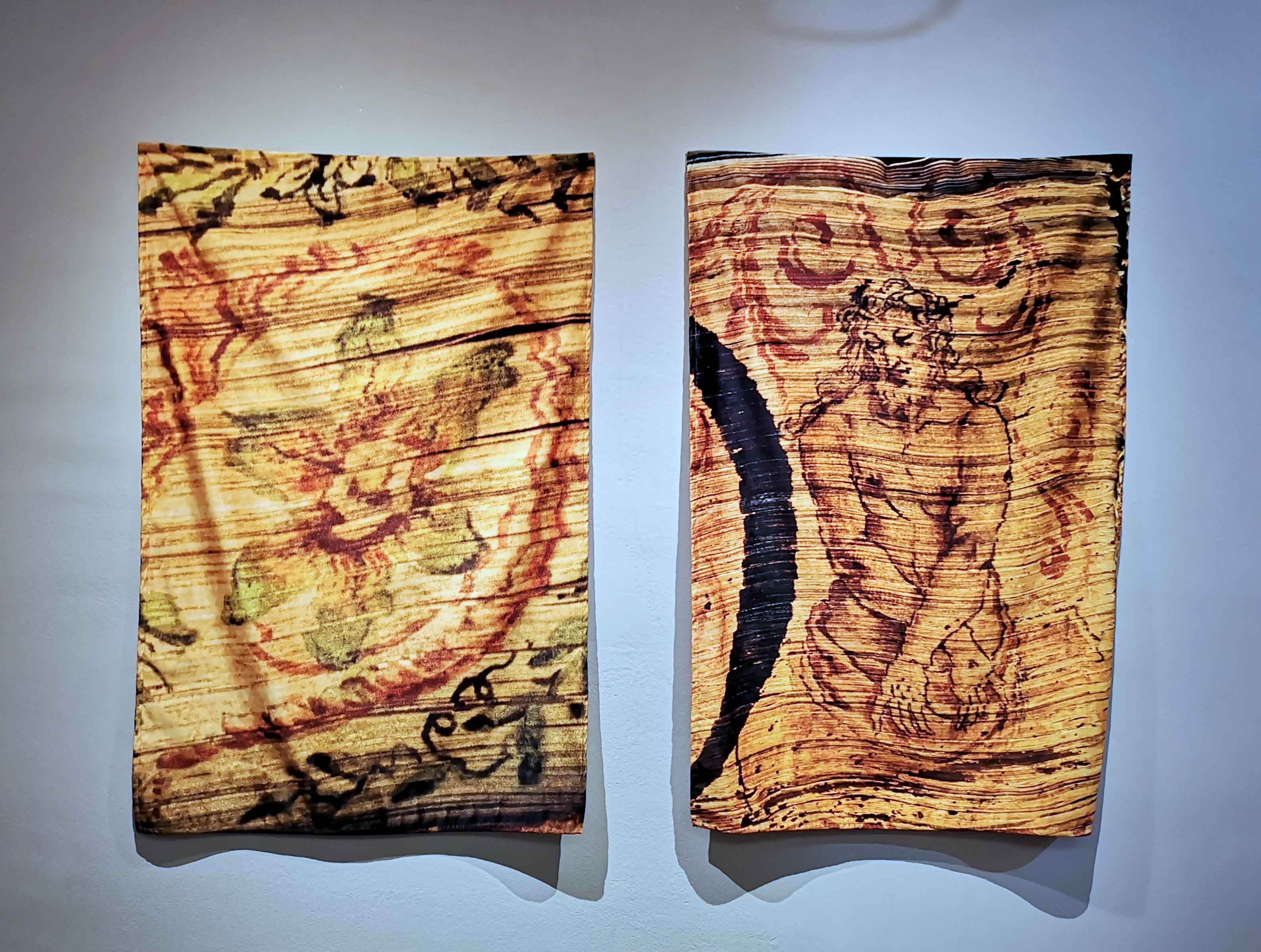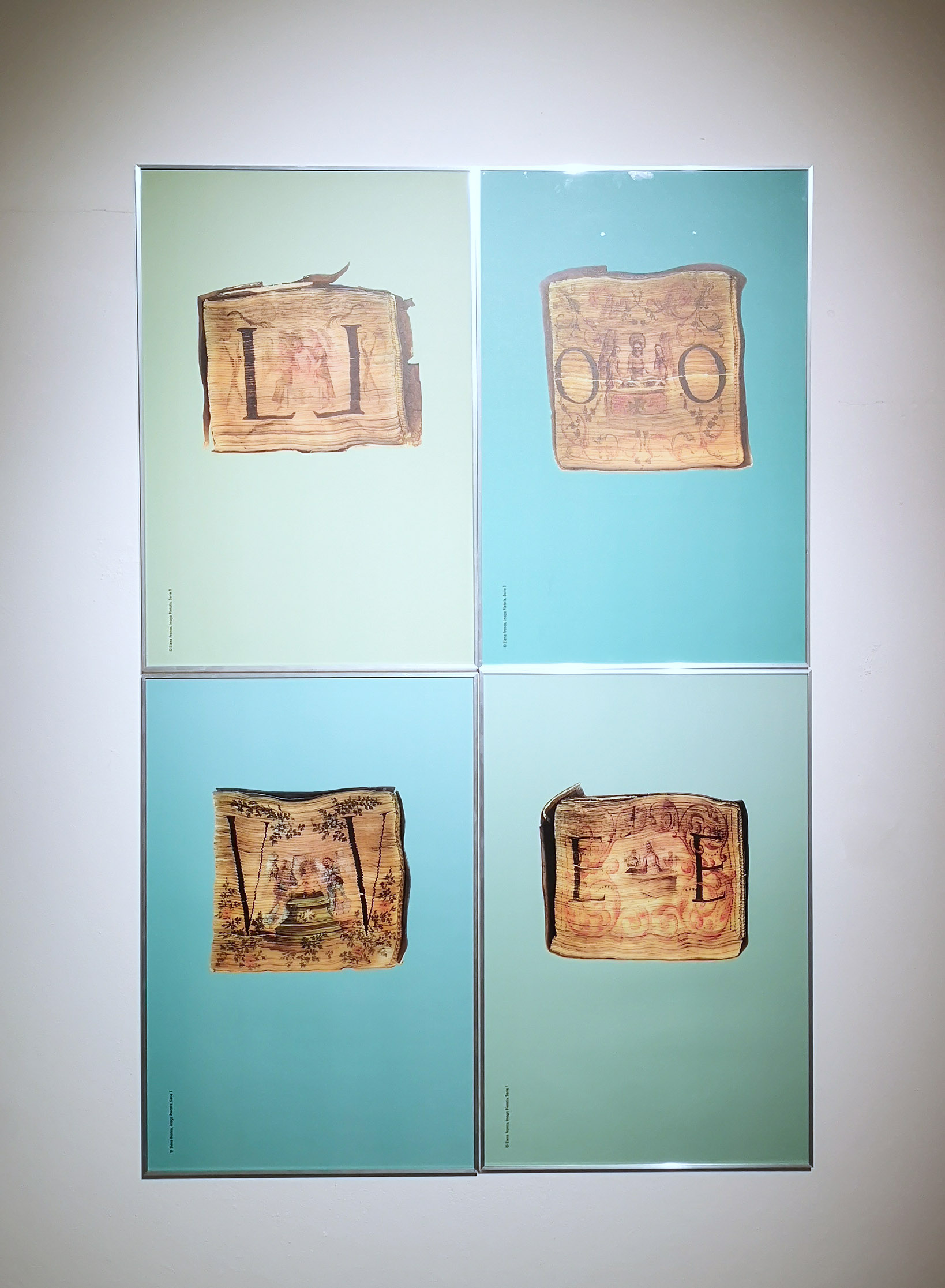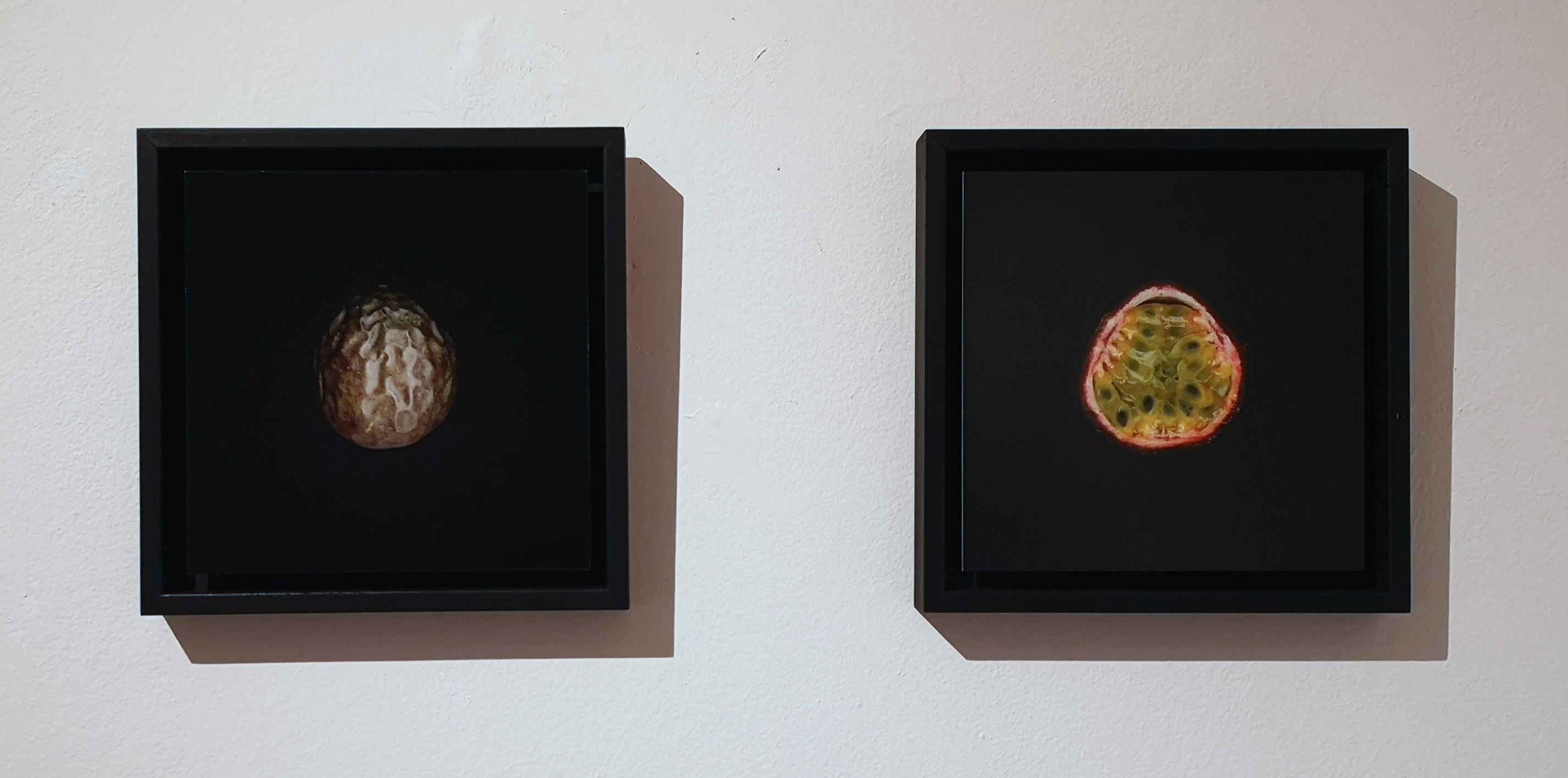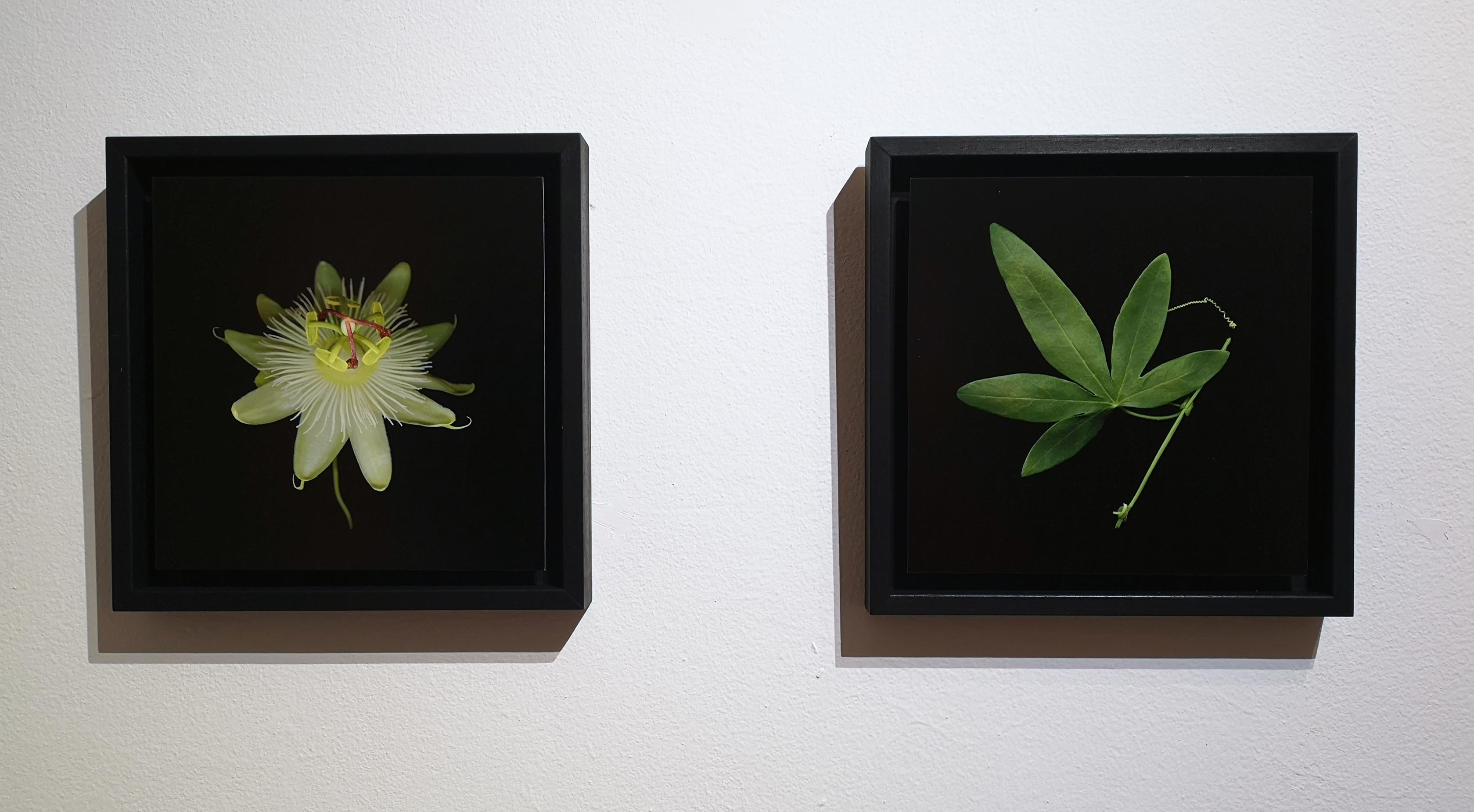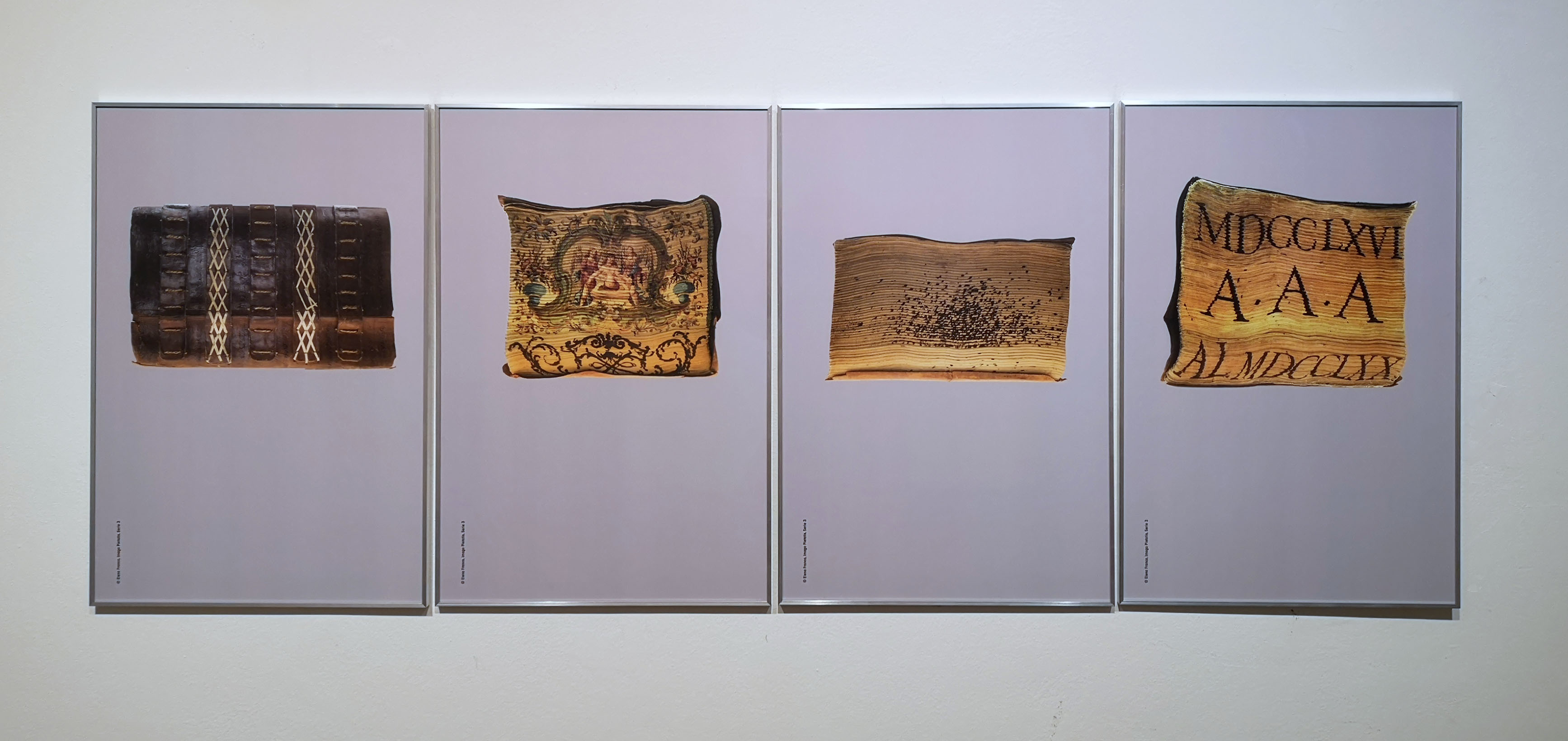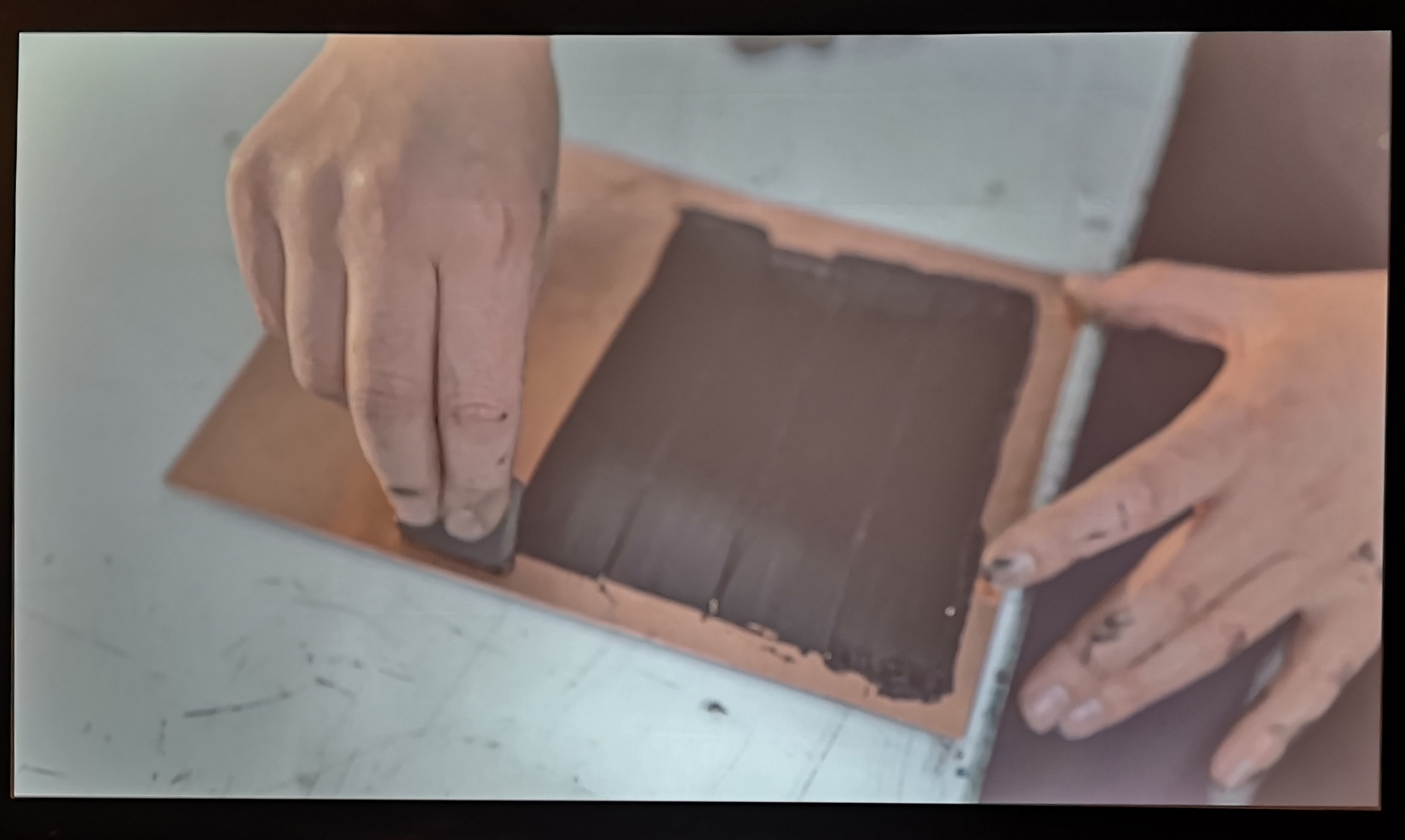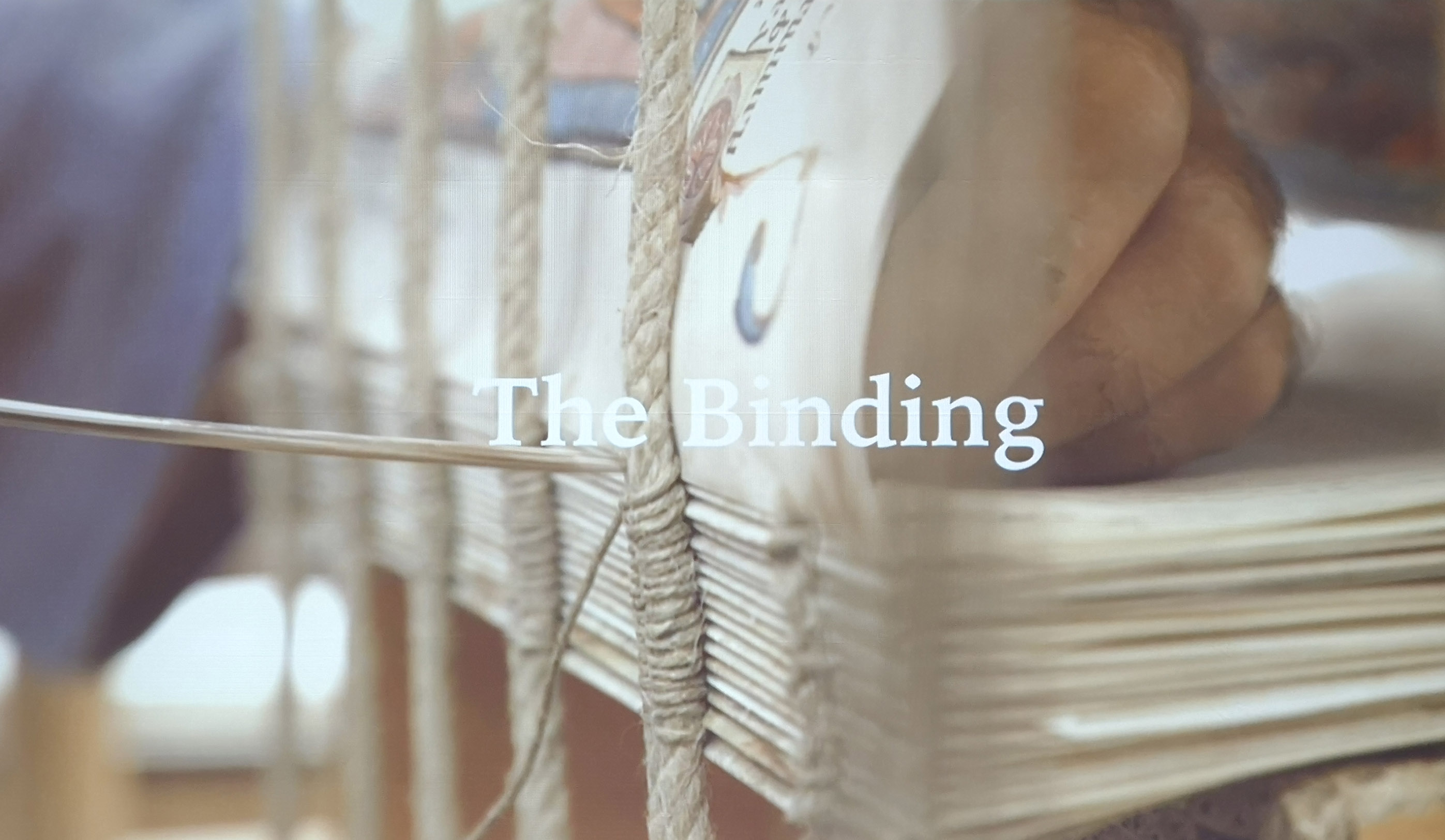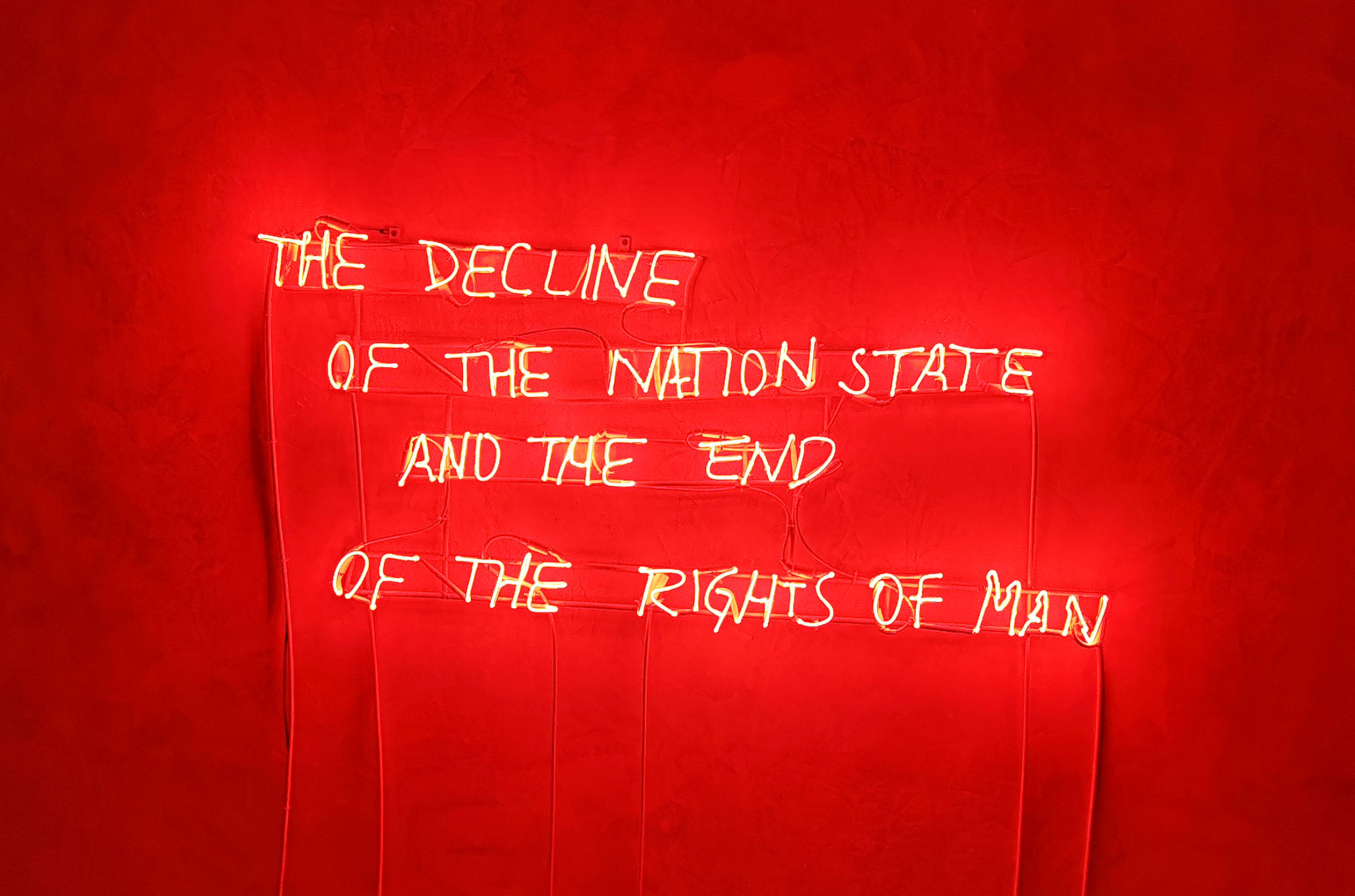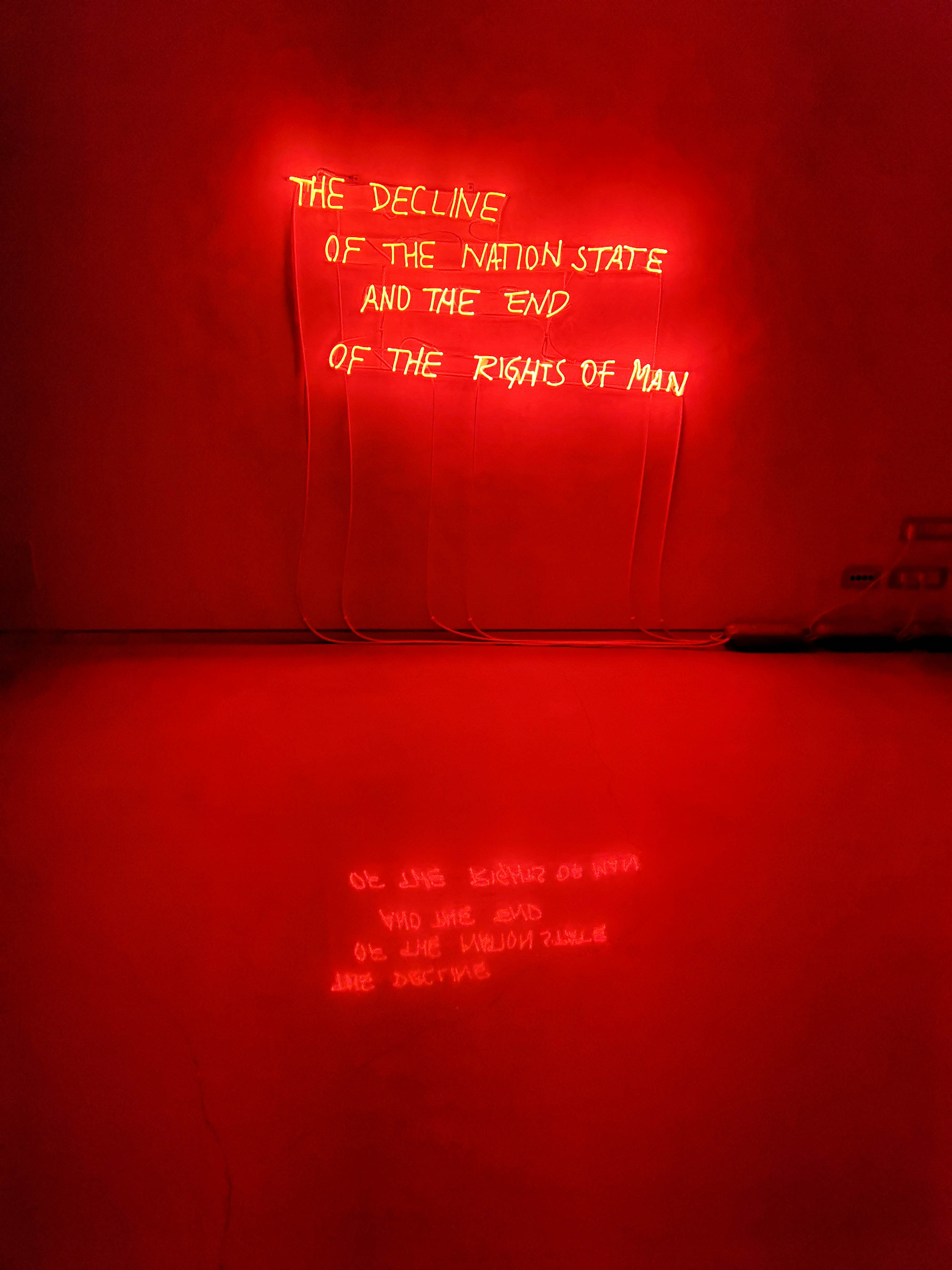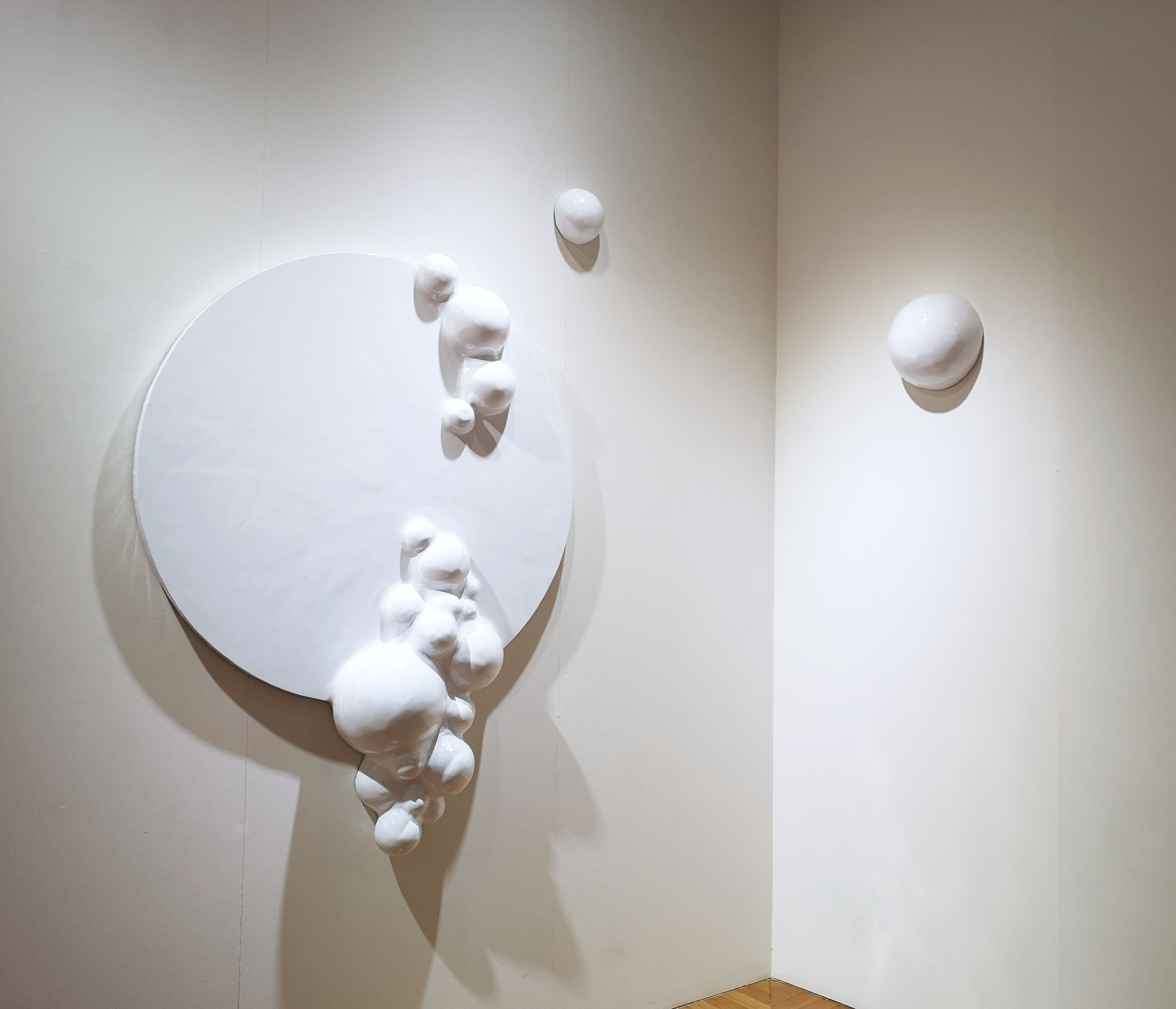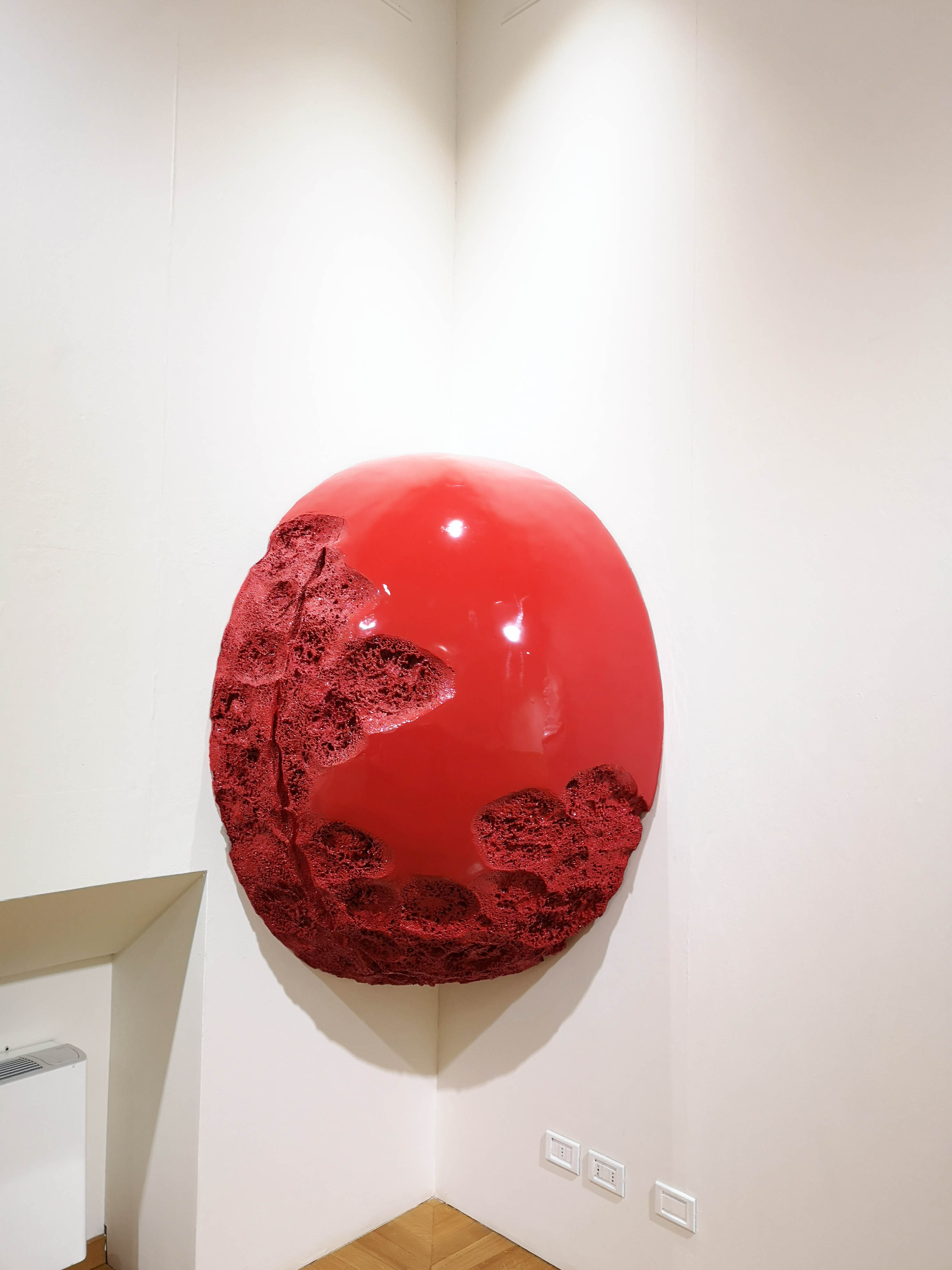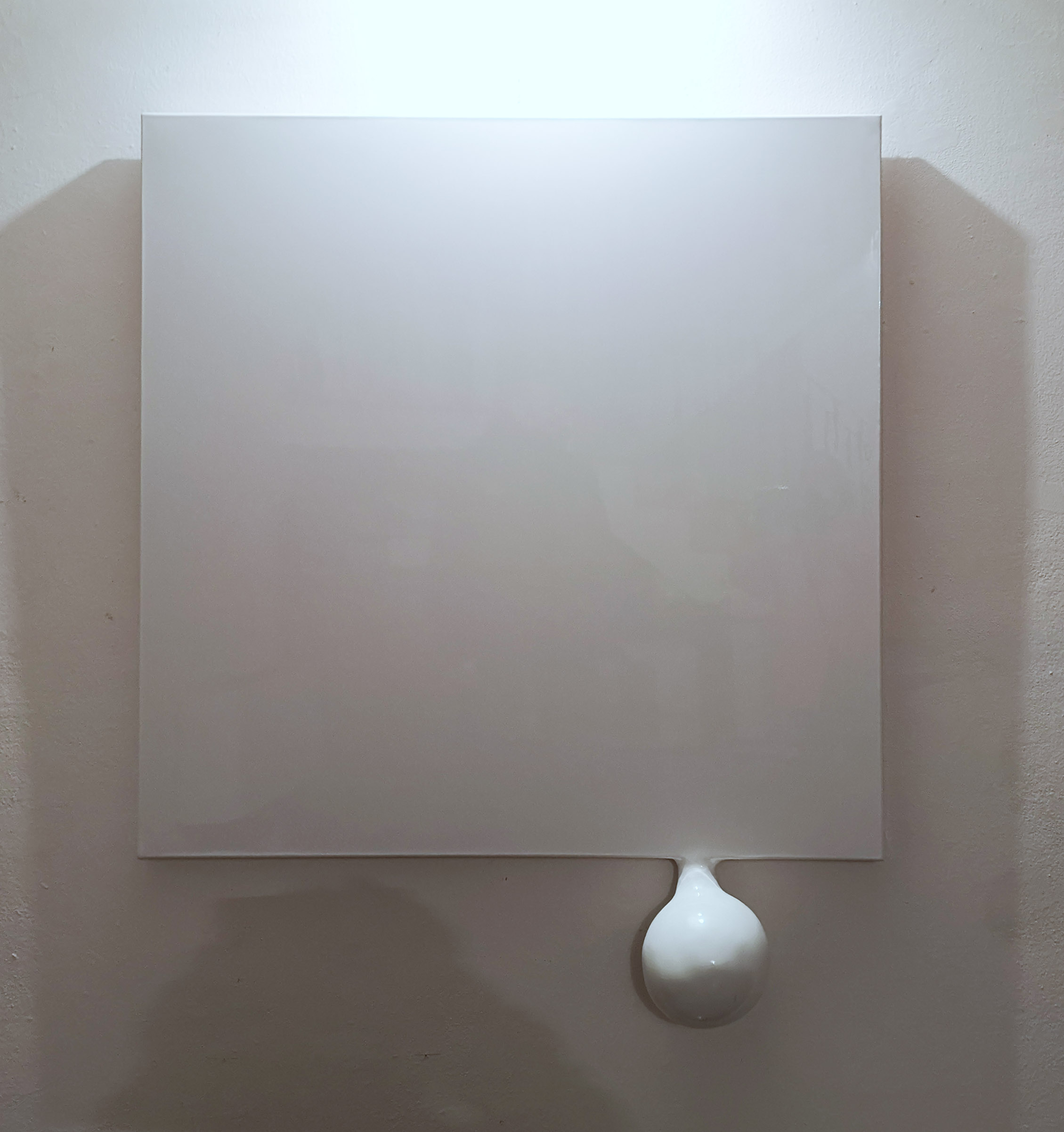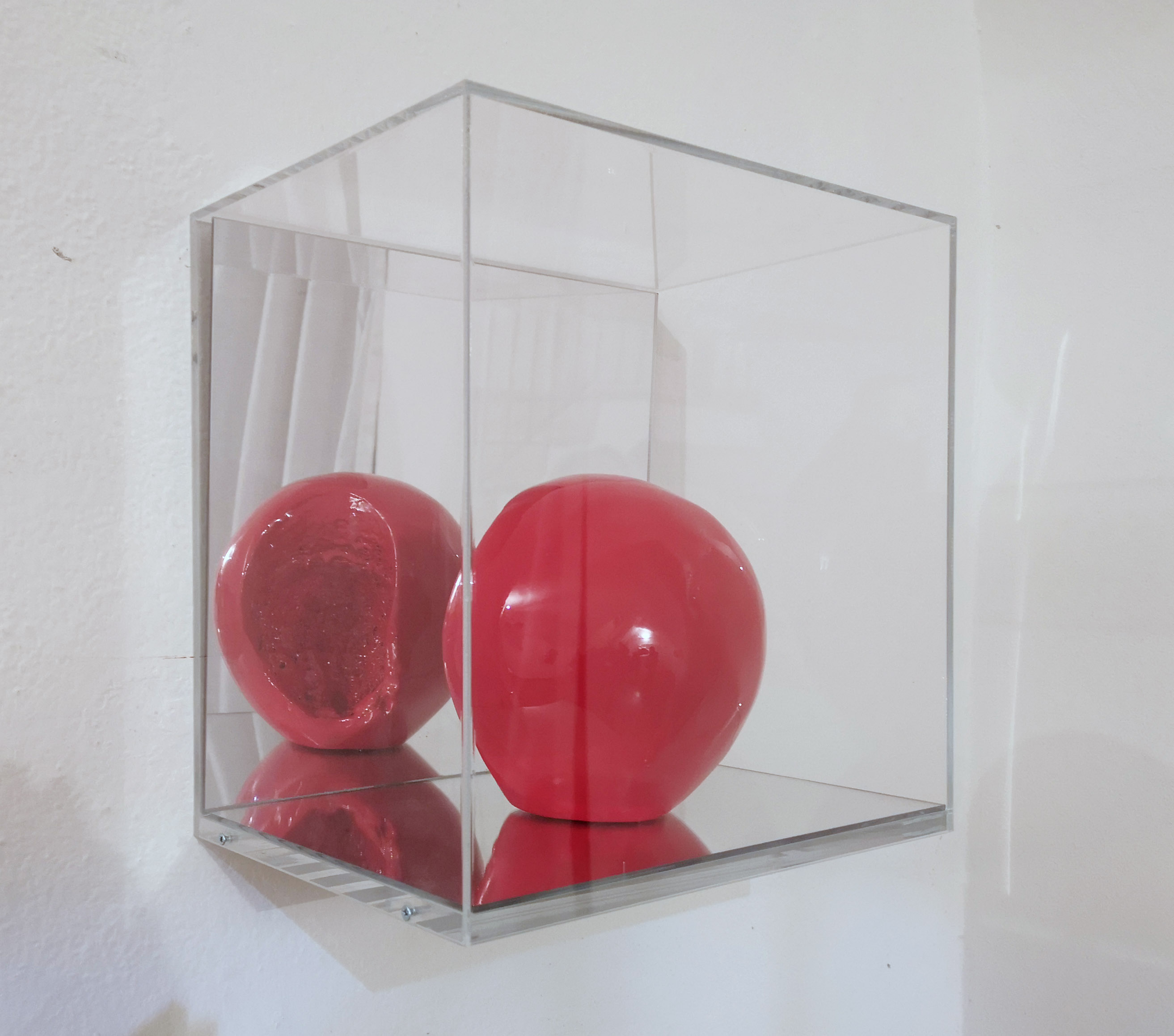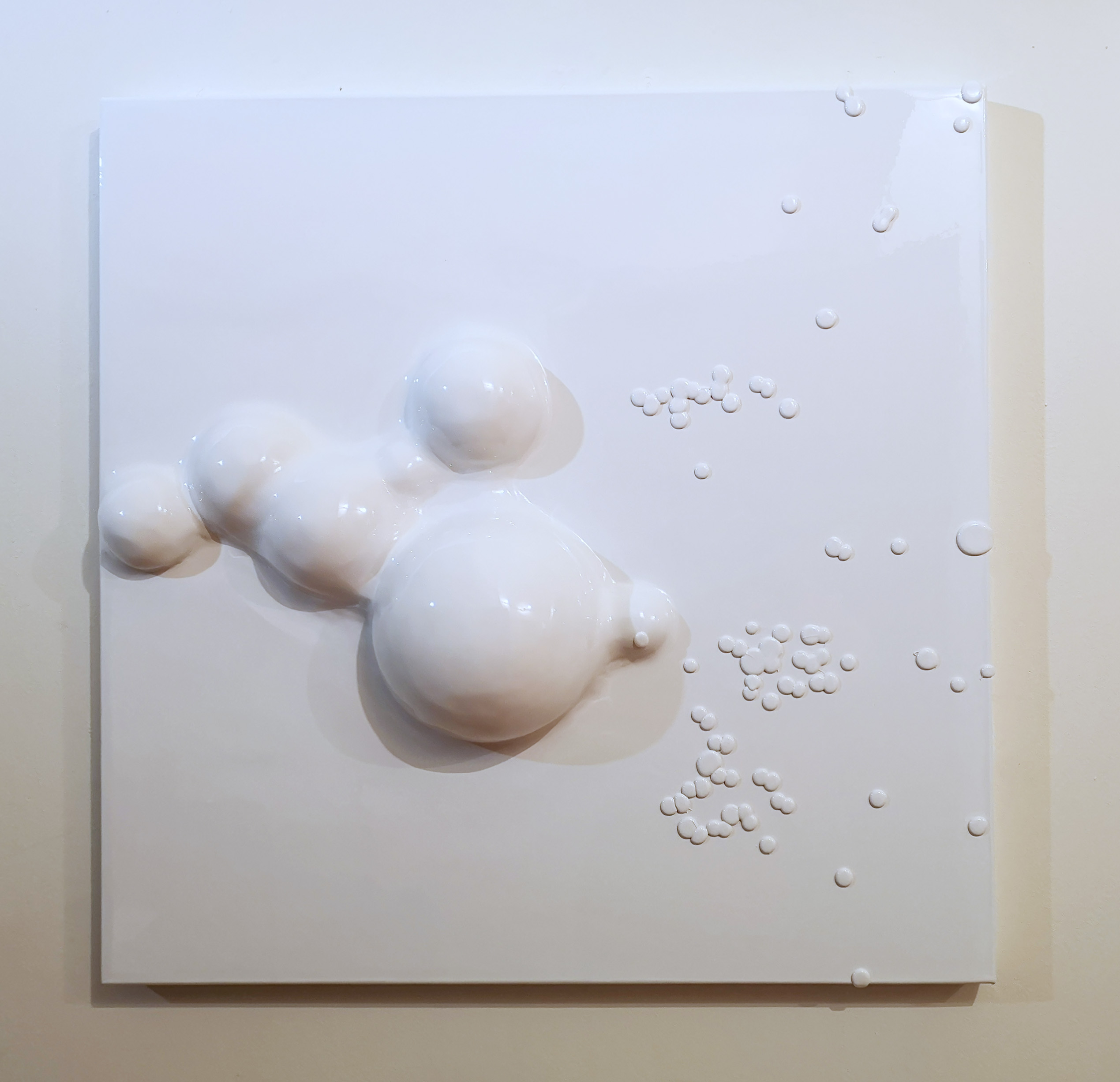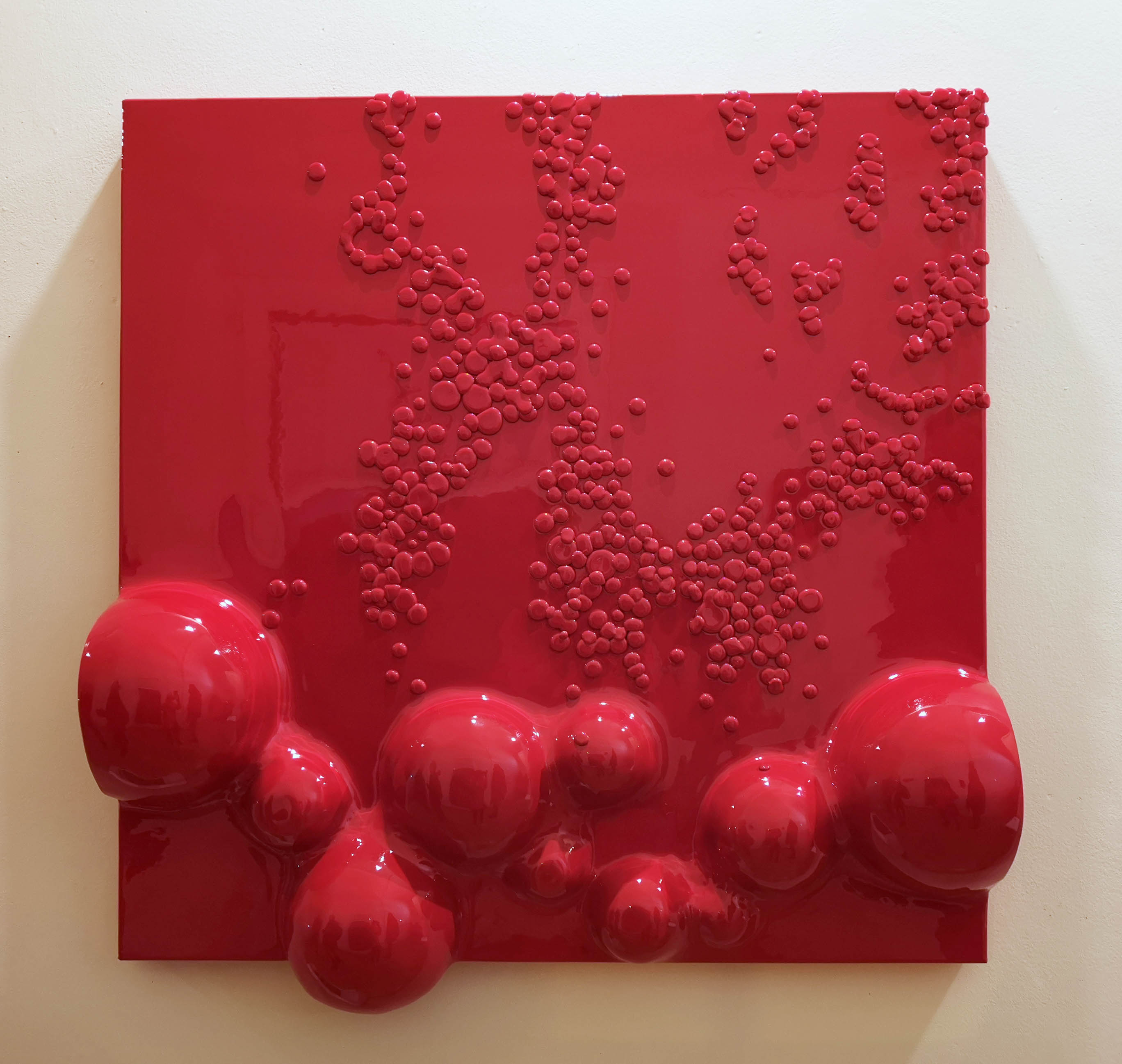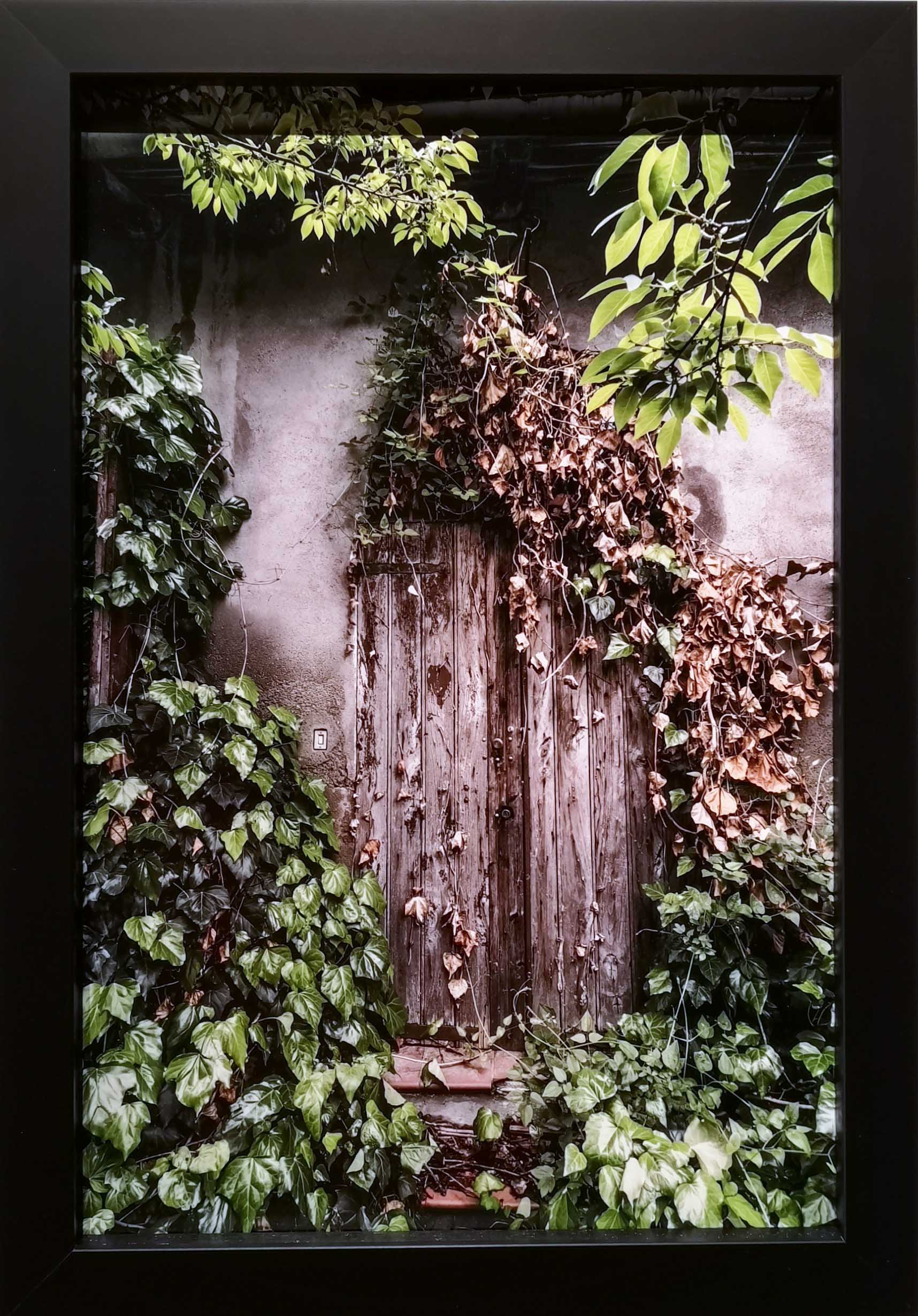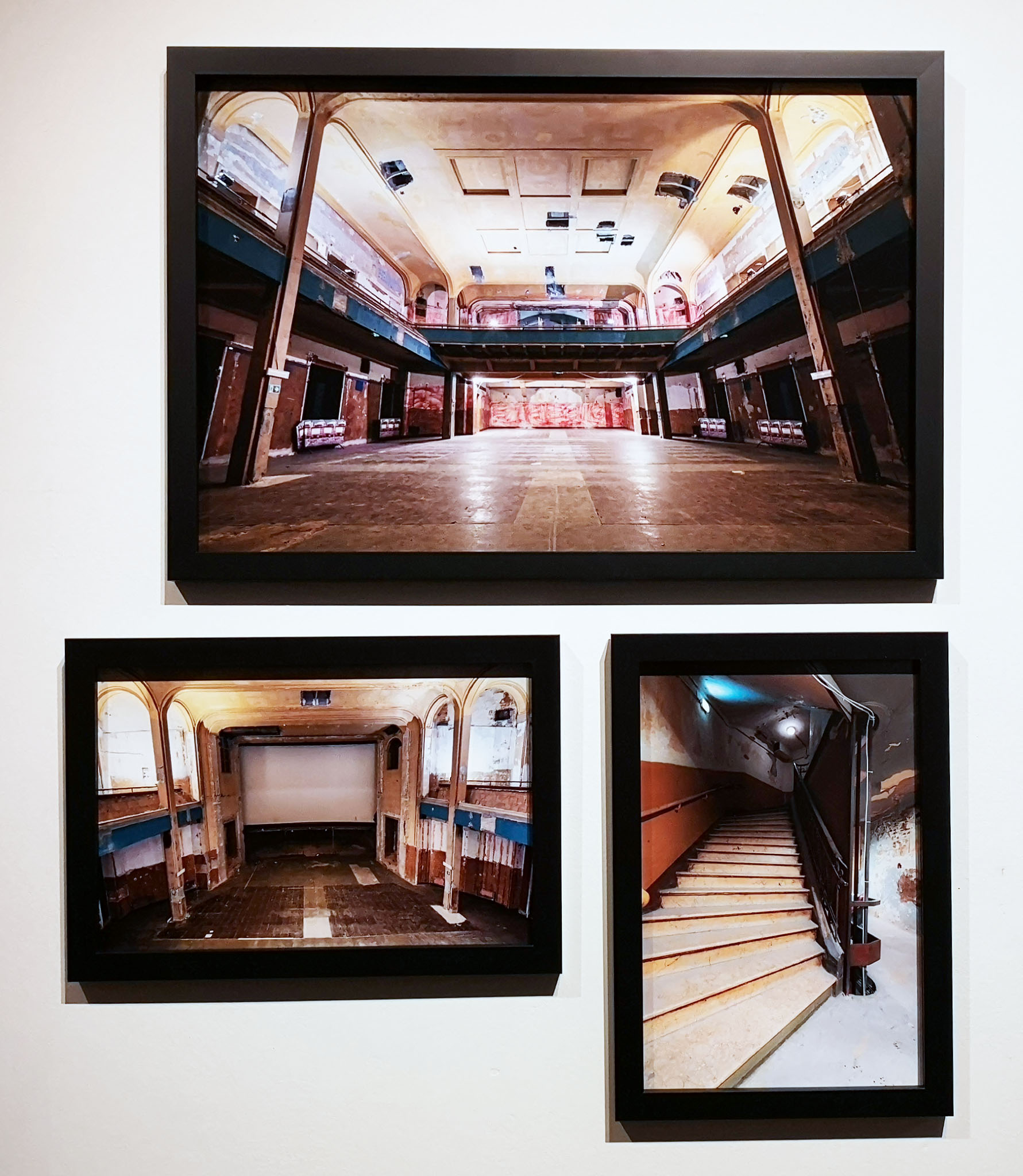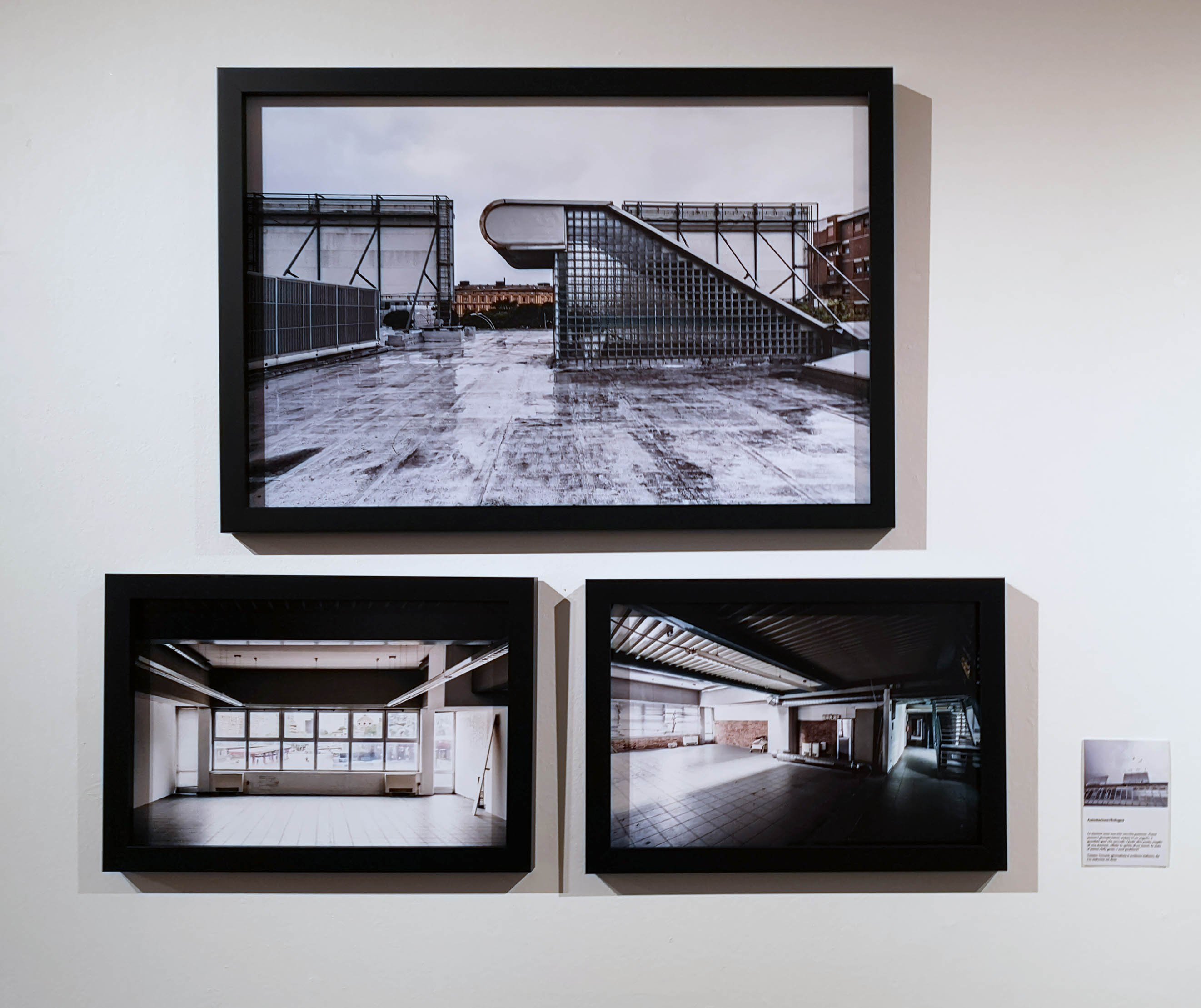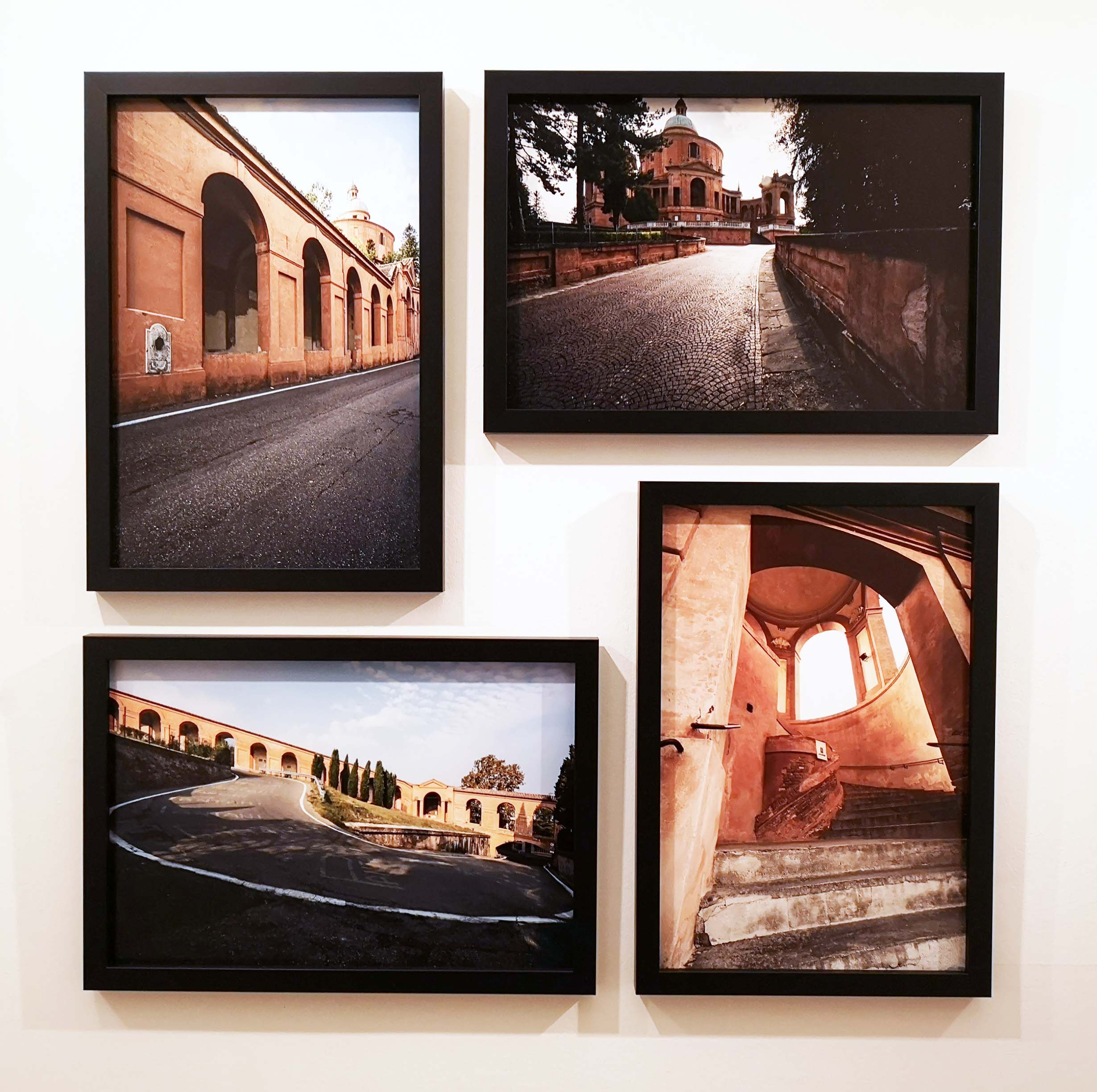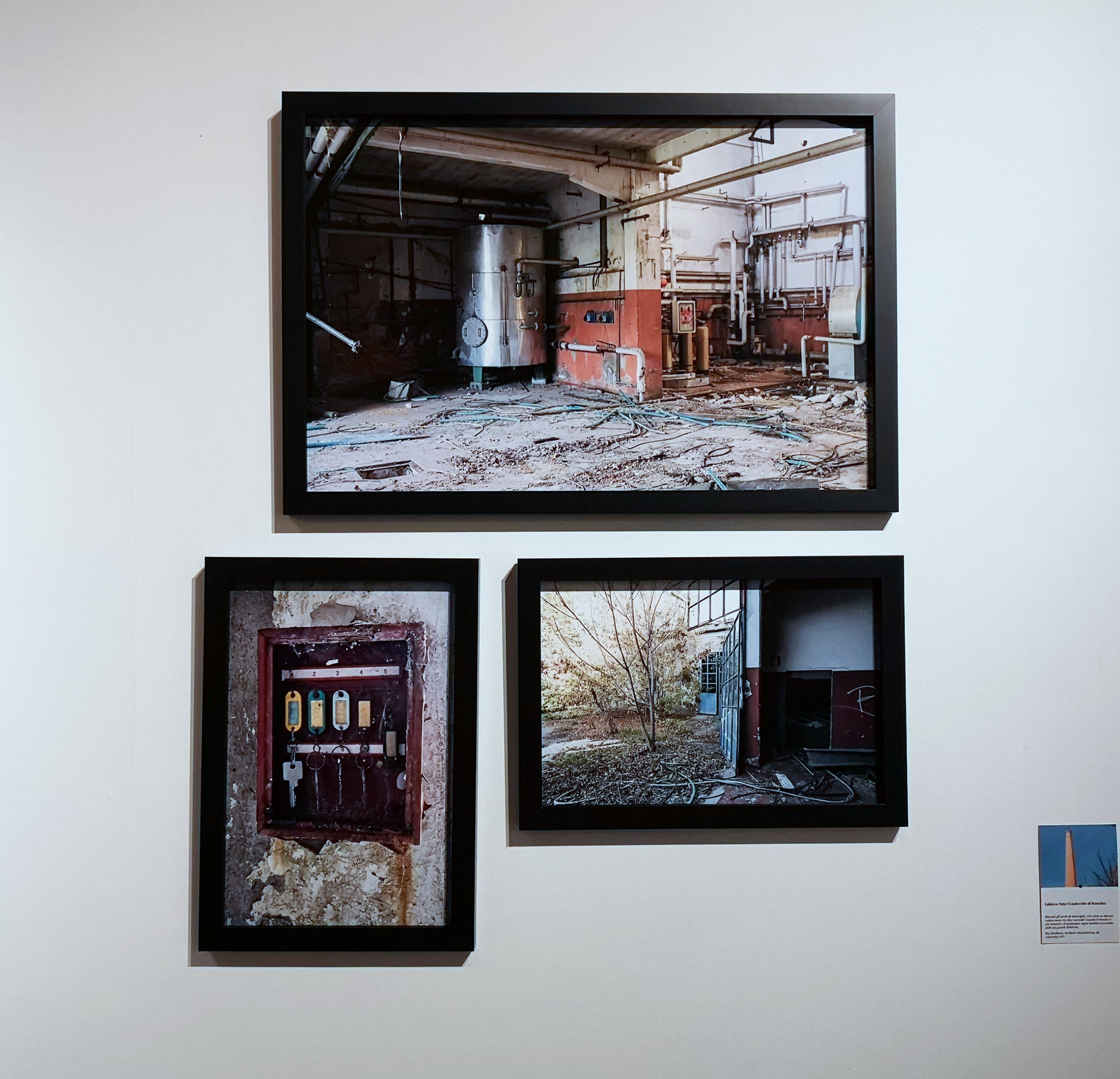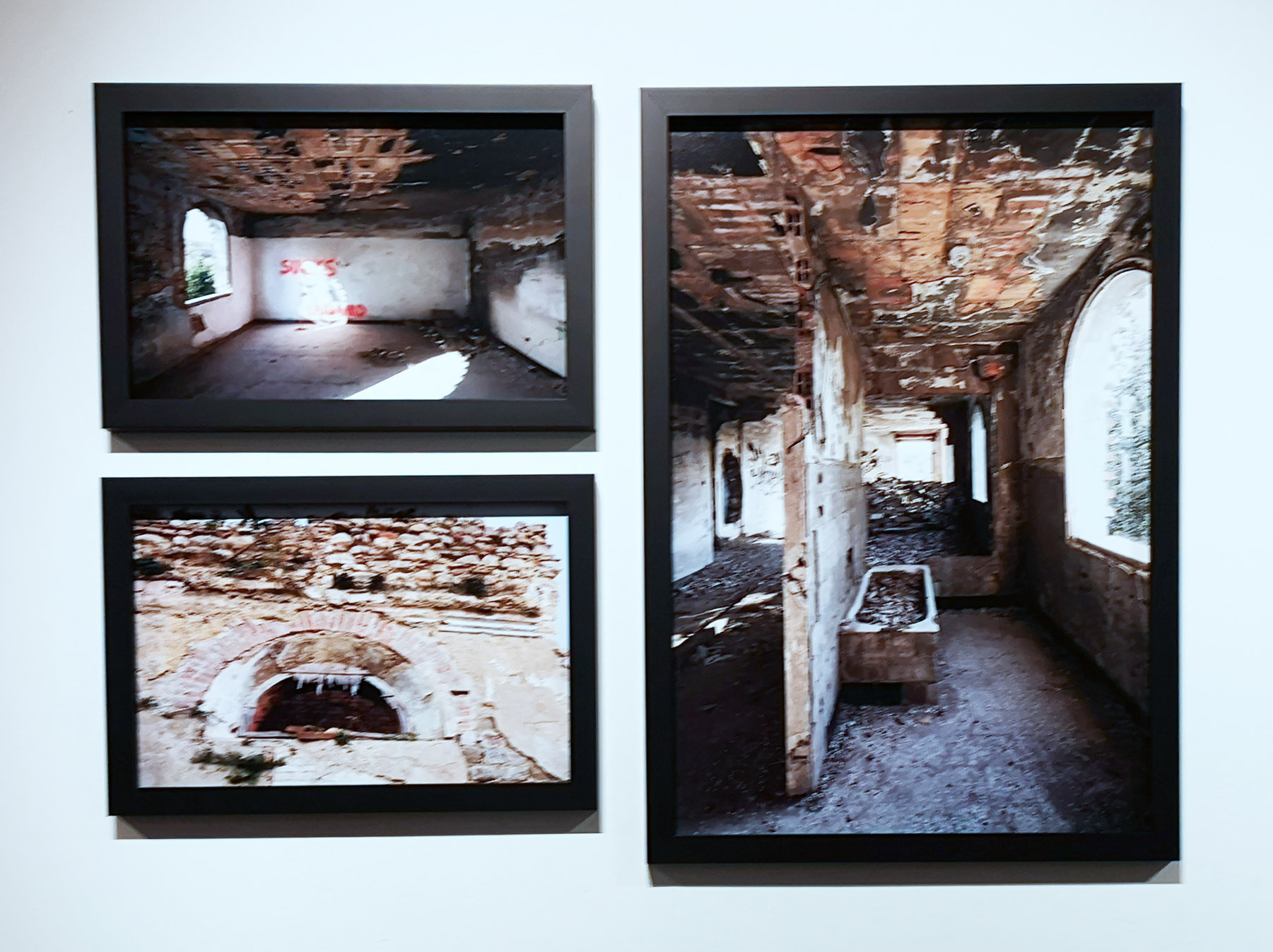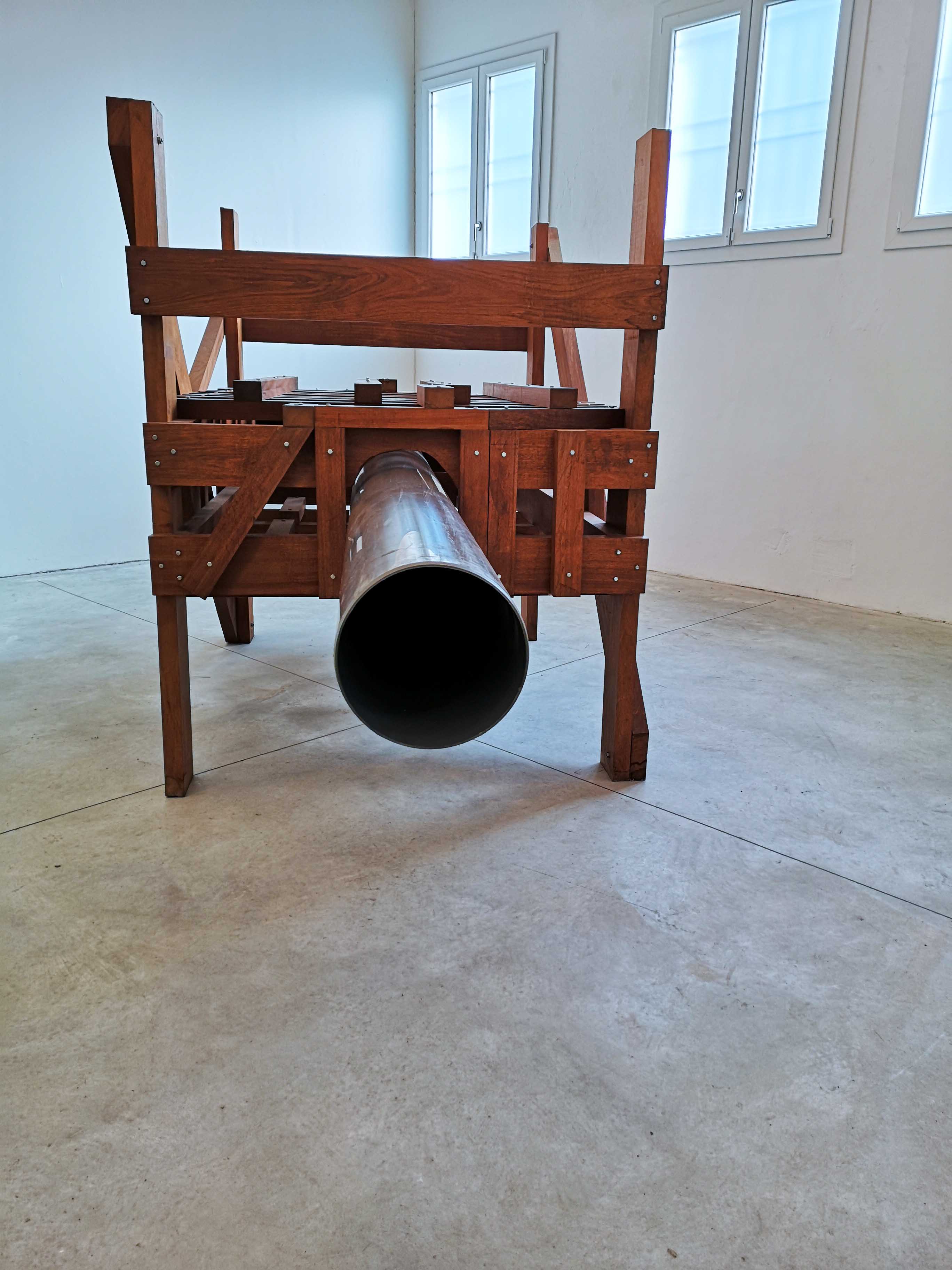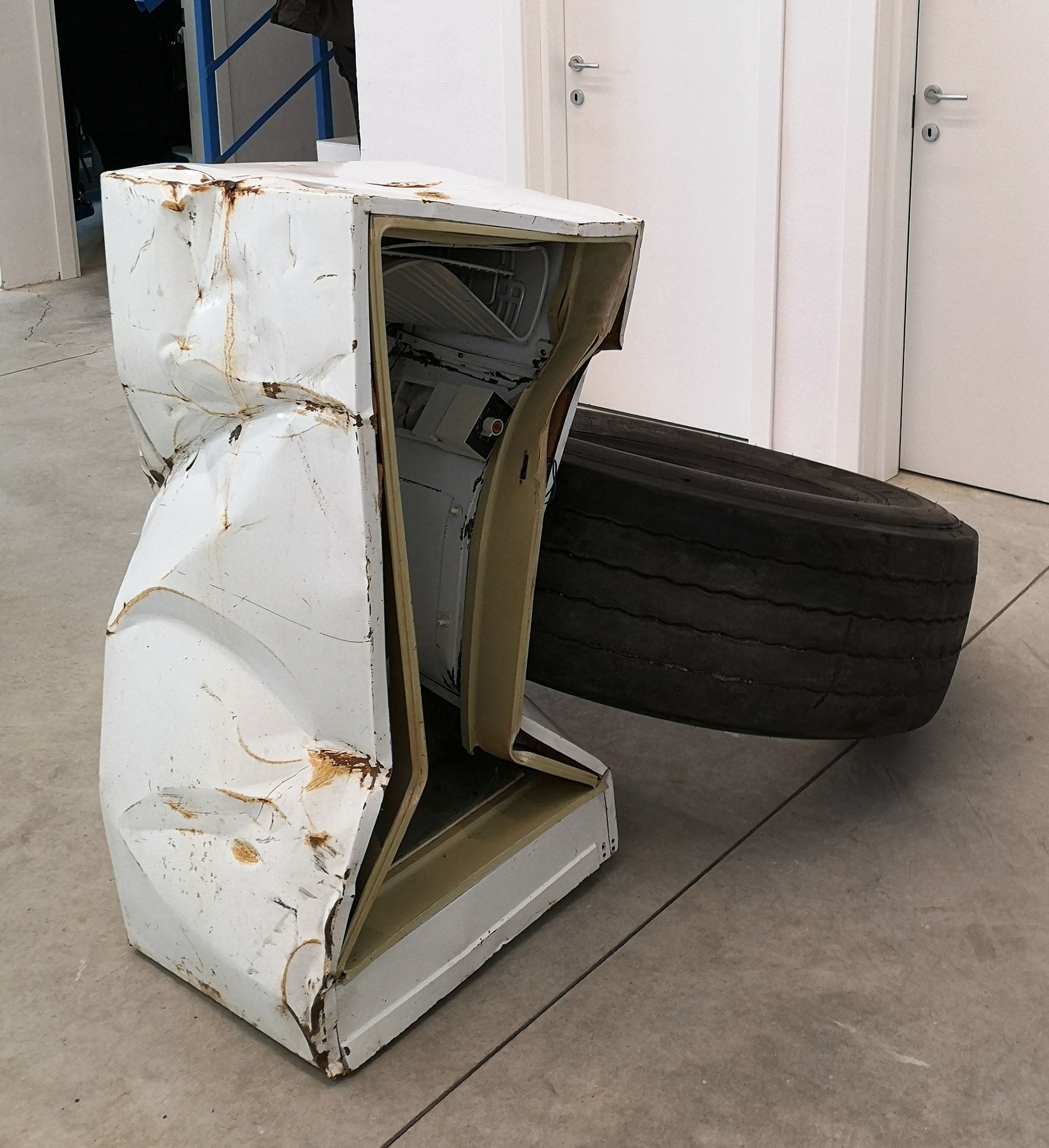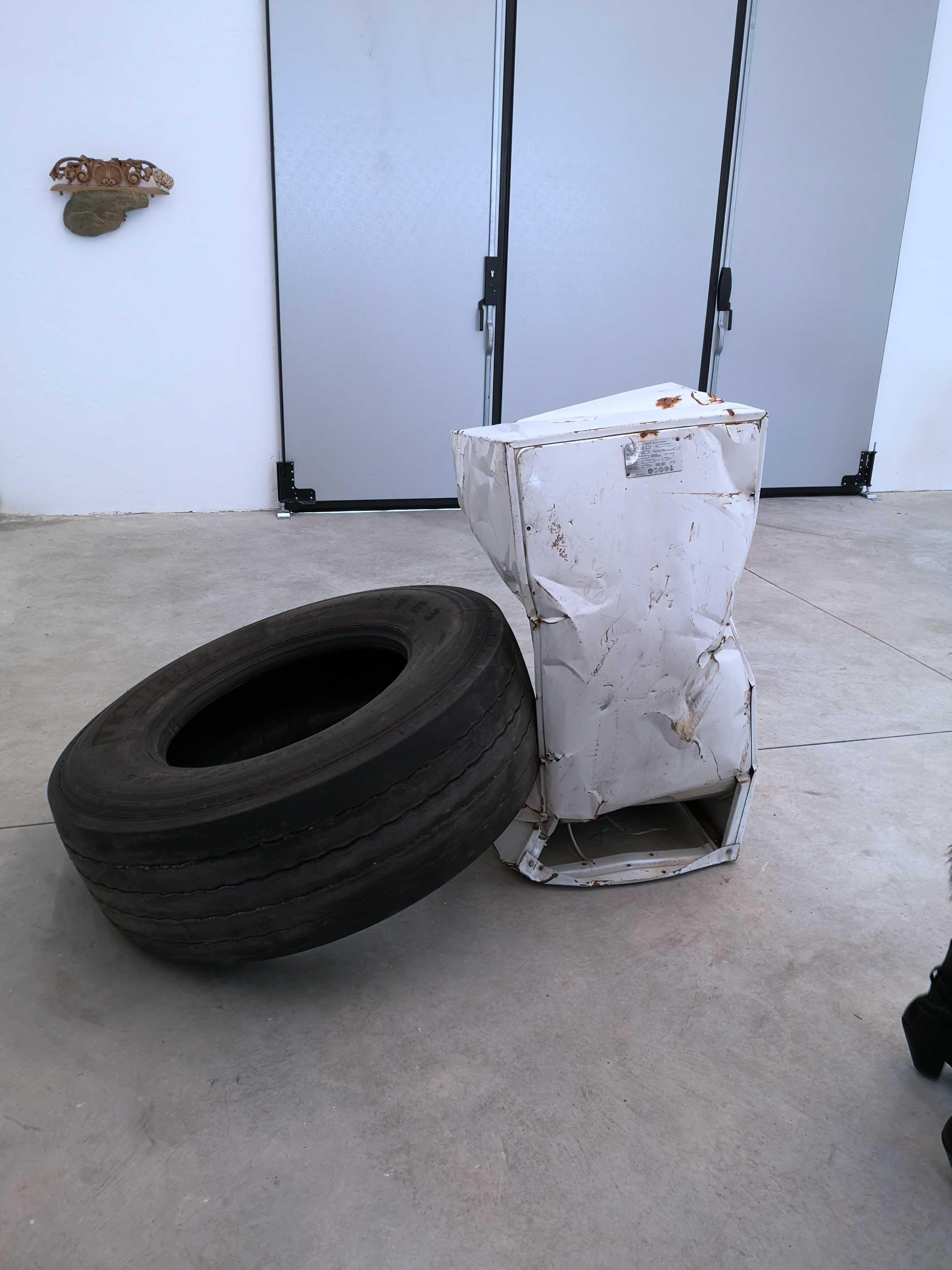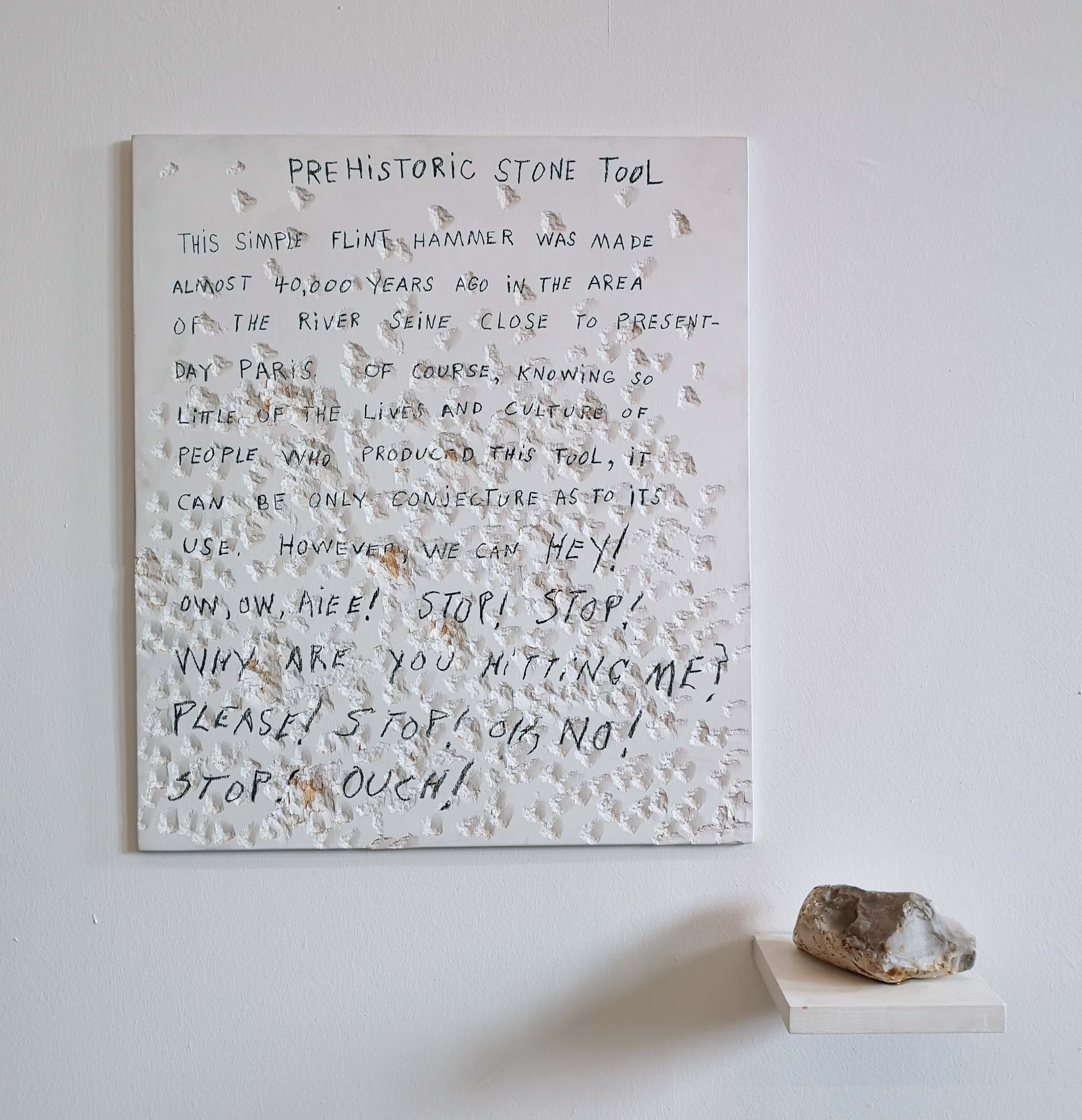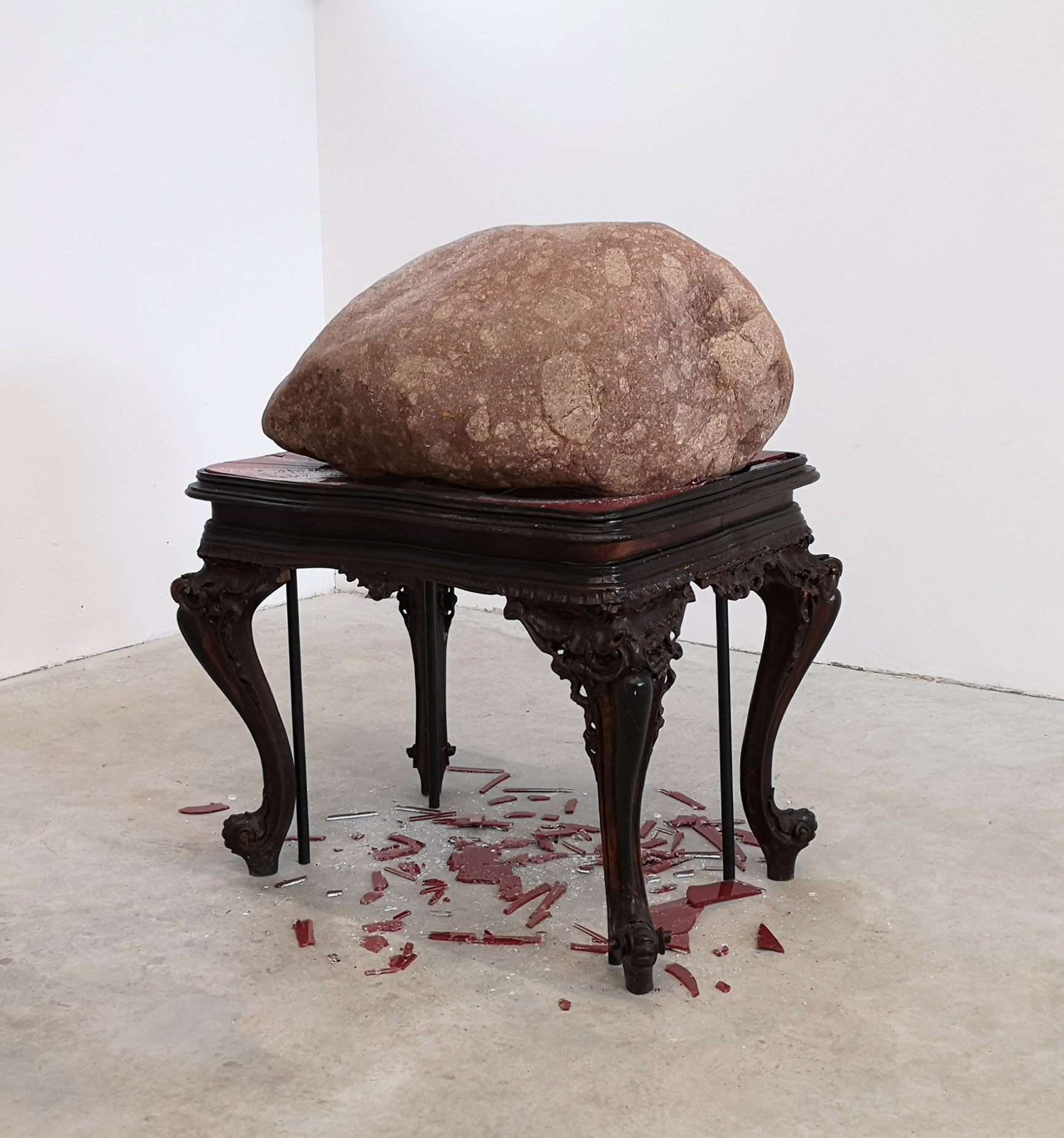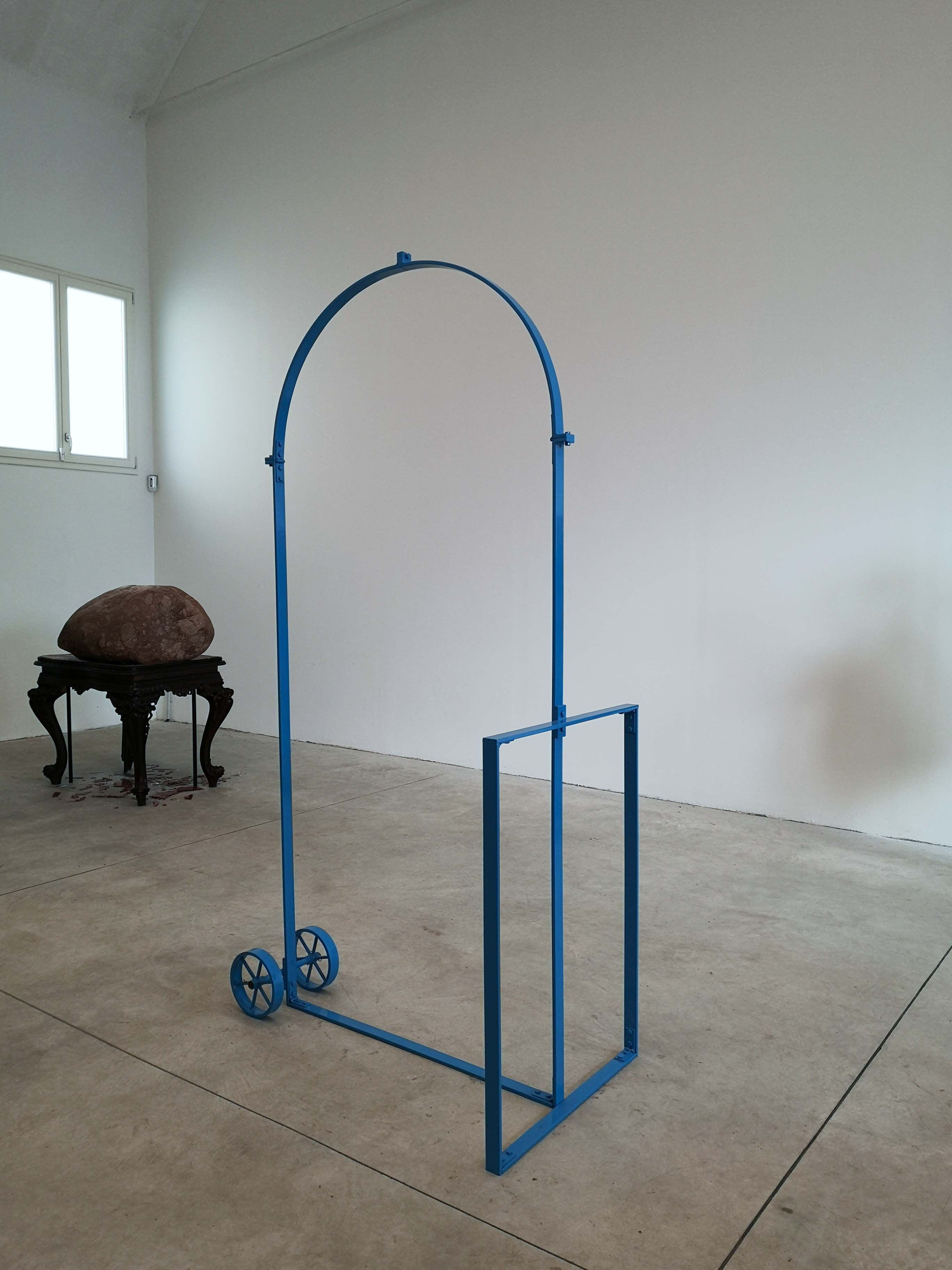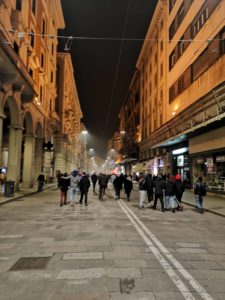 Last week, we made some proposals for exhibitions to see during the ART CITY in Bologna, Italy. Now, after the White Night we visited several more venues. Most of them are still open for some time. It is a diverse programme of smaller or bigger shows, where every art lover will find his/her pleasure. For this first part, we have chosen presentations in the eastern area and some a little bit outside of Bologna. A review of the western part of the city will follow soon.
Last week, we made some proposals for exhibitions to see during the ART CITY in Bologna, Italy. Now, after the White Night we visited several more venues. Most of them are still open for some time. It is a diverse programme of smaller or bigger shows, where every art lover will find his/her pleasure. For this first part, we have chosen presentations in the eastern area and some a little bit outside of Bologna. A review of the western part of the city will follow soon.
Padiglione de l’Esprit Nouveau: Mika Taanila. Damage/Control
Stazione ferroviaria Bologna Centrale: Riccardo Benassi. Morestalgia
Camera Metropolitana del Lavoro: (RE)framing our identities
Galleria Enrico Astuni: S.p.A.A. Società per Azioni Artistiche
Casa Morandi: Francesca Ferreri. Gaussiana
Studio Cenacchi: Elena Franco. Imago Pietatis
Banca di Bologna: Margherita Moscardini. In the light of
Galleria Stefano Forni: Beatrice Gallori. So this is life
Casa Saraceni: Luca Maria Castelli. Luoghi SOS-pesi
Spazio Kappa-Noun: Jimmie Durham. Another Stone
Mika Taanila. Damage/Control
Padiglione de l’Esprit Nouveau
Piazza della Costituzione 11, Bologna
www.artcity.bologna.it
23 January – 22 March 2020
The Padiglione de l’Esprit Nouveau close to the entrance of the ARTE FIERA features the Finish filmmaker and visual artist Mika Taanila. Besides items like “Film Reader” a series of modified books on cinematic genres and photograms from his series “Black and White Movies” there are three videos on view. “Tectonic Plate” is about a traveller lost in the memories of his journey from Japan to Finland and “Futuro – A New Stance for Tomorrow” pays tribute the finish architect Matti Suuronen. “The Future Is Not What It Used to be” shows archived films by the pioneer of multimedia art and electronic music Erkki Kurenniemi. During over 52 minutes, the spectator can not only immerse into the work of this visionary of technical progress, but also reflect on the impact of digitalisation in culture, relationships and daily life. Even though, the venue is a little bit outside the city, it is worth to undertake this journey into archaeology of the future to get insides of our present.
Riccardo Benassi. Morestalgia.Stazione ferroviaria Bologna Centrale, Hall Alta Velocità (floor -4)
Piazza Medaglie d’Oro / via de’ Carracci, Bologna
www.liveartsweek.it
23 – 27 January 2020
In the hall for high-speed trains of the Bolognese central station, Riccardo Benassi mounted “Morestalgia”. Visitors could walk through this curtain of LED lamps during four days. The location was appropriate for the installation, which wants to reflect on longing in the age of internet and its social components. A train station is per se a spot of arrival, leaving and meeting point for all kind of people. Here, sentiments of longing are concentrated: welcome, farewell, longing for people and places. With high-speed trains, diminish distances between people and locations, likewise with the internet. A good place to pause and think about the changes of our time.
(RE)framing our identitiesCamera Metropolitana del Lavoro
Via Marconi 67/2 l, Bologna
www.hundredheroines.org
24 January – 25 March 2020
Hundred Heroines is a worldwide operating foundation, to support photography and visual arts made by women. Housed by the union headquarters of the Metropolitan City of Bologna, twelve artists contributed with works reflecting on people in a period of transition to find their identity.
S.p.A.A. Società per Azioni ArtisticheGalleria Enrico Astuni
Via Jacopo Barozzi 3, Bologna
www.galleriaastuni.net
24 January – 9 May 2020
Under the title “S.p.A.A. Sociatà per Azioni Artistiche” Giacinto di Pietrantonio unites seven artists and seven art critics to an exhibition. The title implies that one might buy shares to invest into art, since the abbreviation S.p.A. in Italian stands for stock company. However, the show wants to question the sense of the art market and the economic factors of art. Therefore, it illustrates different kinds of artistic interventions of artists, which resist in their practice the conversion of their oeuvre to merchandises. For example, David Medalla is a pioneer of Land Art, participative art and Live Art. It is a more or less ephemeral work, difficult to materialise and take away. Alberto Garutti prints his declarations on posters and offers them to the visitors for free. Suzanne Lacy’s interventions are performative and aim to socially relevant topics as gender, work, migration, salary and much more. What remains is only the documentation of the action.
Carla Accardi, Monica Cuoghi and Claudio Corsello, Peter Halley and Luca Rossi in turn, work differently. Their artistic traces can be retrieved in the exhibition. Every single art critic has commented on one artist, which is manifested on the wall of the Enrico Astuni gallery, once again something ephemeral, difficult to materialise outside the show.
Silvia Costa. Sono dentro. L’essere ciò che è chiuso in un tratto.Biblioteca Italiana delle Donne / Centro delle Donne di Bologna
Via del Piombo 5/7, Bologna
www.bibliotecadelledonne.it
24 -26 January 2020
The intervention in the Italian Women’s Library by Silvia Costa had a double nature: on one hand it was the artist’s first exhibition in Italy; on the other hand, she publicly performed her artistic practice during three evenings. Usually, Silvia Costa draws alone by night, when everything is quiet, to reflect on her memories of experiences, sensations or encounters. During the days of her public performance, she put aside her personal feelings, to translate the visitor’s input into her drawings.
Francesca Ferreri. Gaussiana.Casa Morandi
Via Fondazza 36, Bologna
www.mambo-bologna.org/museomorandi
22 January – 22 March 2020
Situated in the Casa Morandi, the late domicile and working place of the Bolognese painter Giorgio Morandi, “Gaussiana” deals with normal distribution or Gaussian. The name giving installation, a paper web that is rolled out over a scaffolding, shows mathematic characters. However, they are not arranged as a formula, but gently drawn onto the ground. In consequence, it resembles less to a mathematic record, but a minute of a choreography, or better like a dancer who slightly touches the paper with his/her feet. Overall, it is also interesting to visit the former residence of the artist, deceased in 1964.
Elena Franco: Imago PietatisStudio Cenacchi
Via Santo Stefano 63, Bologna
www.studiocenacchi.com
22 January – 22 February 2020
For her exhibition “Imago Pietatis” (images of the passion of Jesus) Elena Franco researched in the historic archive of the Mount of piety of Bologna, today preserved by the Fondazione del Monte of Bologna and Ravenna. Here conserved are documents of the Bolognese Mount of piety, a kind of a charity pawnbroker.
Elena Franco focussed on the paintings situated at the cutting edges of around hundred volumes. In this special case, they are decorated with illustrations of the passion of Jesus or symbols for it, for example the passionflower. The artist photographed these pictures and created an artist book in an edition of three copies, inspired by the form of the original volumes. One of the originals is also visible in the exhibition, thanks to the generous support of the Fondazione del Monte.
Moreover, Elena Franco created other works, which refer to the archives collection. On view there are posters with single images, photos of the passion-plant or printed cloth. As a whole, the exhibition is not a documentation of a historic heritage, but a contemporary reinterpretation, which makes the ancient documents accessible for us. Convenient to this exhibition, the ones who passed by the Oratorio dell Spirito Santo during the White Night could watch a film about printing and bookbinding in ancient times.
Margherita Moscardini: In the light ofBanca di Bologna Headquater
Piazza Galvani 4, Bologna
21 January – 21 February 2020
Margherita Moscardini’s installation “In the Light of” is a quotation of Hannah Arendt. In her book “The Origins of Totalitarianism” the philosopher describes in the ninth chapter that the European nation-states didn’t ensure minority rights, when officially founding their countries. Margherita Moscardini presents the chapter title “The Decline of the Nation State and the End of the Rights of Man” in neon letters. Herewith, she wants to reflect on the never revised founding treaties of nations that still exclude people. This could be a point of departure to a paradigm shift, without national citizenship, but a legal protection for everyone as foreigner.
Beatrice Gallori: So this is lifeGalleria Stefano Forni
Piazza Cavour 2, Bologna
www.galleriastefanoforni.com
15 December 2019 – 26 January 2020
The mostly monochrome works by Beatrice Gallori are ranging from relief to sculpture. Seemingly, organic forms are primary made of synthetic materials like polymers. They have smooth brilliant surfaces, sometimes with recesses, which appear like acid burns. Reading the title of the exhibition, they could be hurting incisions of daily life. Other oeuvres appear to bubble out like the pure joy of living.
Luca Maria Castelli: Luoghi SOS-pesiCasa Saraceni
Via Farini 15, Bologna
19 January – 22 February 2020
Luca Maria Castelli visited places in and around Bologna, which are abandoned since years. This might be private houses or formerly public places like the Cinema Modernissimo. Some are derelict and regained by nature, for others a new “life” has just started by restauration and conversion like for the Autostazione (central bus station). A special destiny shall be provided for the arcades guiding to the church of San Luca as part of the candidacy as UNESCO world heritage. No matter if one knows the places and have a new encounter with them or not: the photos are touching and invite to linger.
Jimmie Durham. Another Stone.Spazio Kappa-Noun
Via Lambertini 5, San Lazzaro di Savena
www.artcity.bologna.it
18 January – 29 March 2020
Even though stone is a very important material for Jimmie Durham, not all the works in the show include it. Entering the exhibition space, a PVC pipe directly aims at the visitor. The wooden scaffolding bearing the pipe resembles a clumsy cannon. Left hand, “Two Friends Supporting Each Other” is a sculpture made of an unusual couple: abandoned, a refrigerator and an automobile tire cuddle up together. Nevertheless, stone cannot be absent! Passing through the cannon, there is a comparatively inconspicuous stone tablet with a procced stone besides. Labelled by the title as prehistoric, the inscription supposes that the tool comes from the Seine River. However, the narrative suddenly changes.
A little bit hidden is the installation “Marble gloves” where a marble plate stands on two leather gloves. Prominent becomes the stone in “Red Cloud”. The huge foundling in rosé seems to press down the little wooden table, which is underlined by the curved form of its legs. Additionally, there are shards of red glass from the tabletop, lying on the floor. They remind blood, squeezed out from the table by its burden. Although, the space in the Kappa-Noun is fairly limited for these and some other big sculptures, the exhibition makers arranged that it is possible to contemplate each sculpture isolated or in communication with its surroundings.

